Synergistic Formulations For Control And Repellency Of Biting Arthropods
BEDOUKIAN; Robert H.
U.S. patent application number 16/990515 was filed with the patent office on 2020-11-26 for synergistic formulations for control and repellency of biting arthropods. This patent application is currently assigned to Bedoukian Research, Inc.. The applicant listed for this patent is Bedoukian Research, Inc.. Invention is credited to Robert H. BEDOUKIAN.
| Application Number | 20200367497 16/990515 |
| Document ID | / |
| Family ID | 1000005036162 |
| Filed Date | 2020-11-26 |










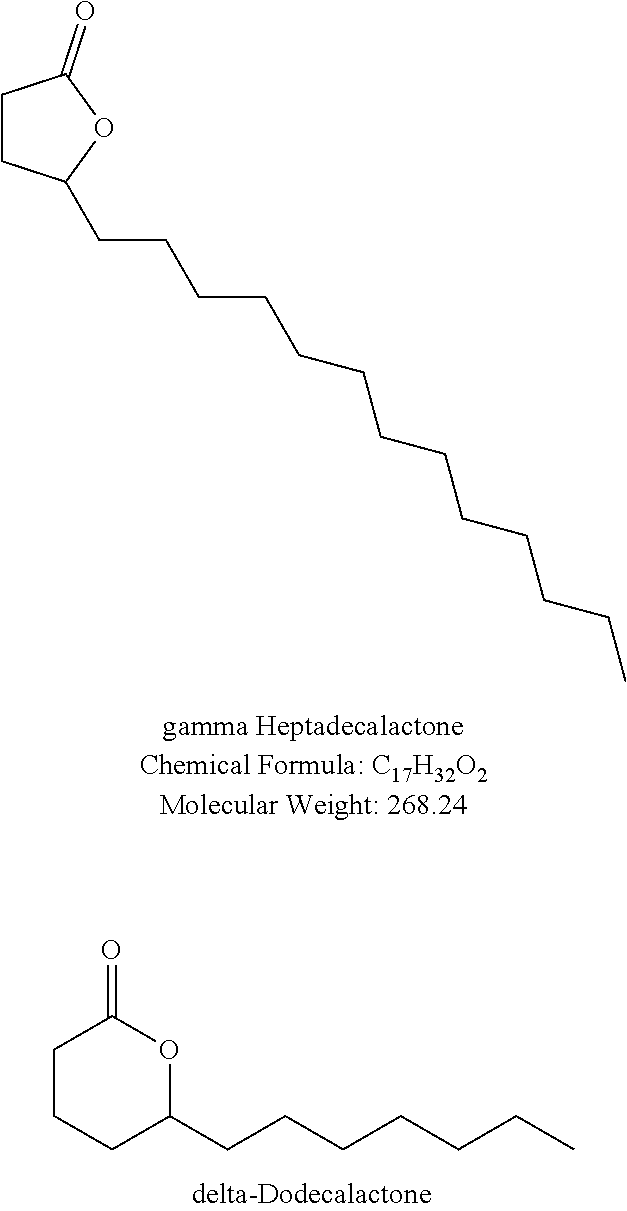

View All Diagrams
| United States Patent Application | 20200367497 |
| Kind Code | A1 |
| BEDOUKIAN; Robert H. | November 26, 2020 |
SYNERGISTIC FORMULATIONS FOR CONTROL AND REPELLENCY OF BITING ARTHROPODS
Abstract
Control or repellency of biting arthropods, particularly biting insects, is accomplished by bringing the biting arthropods into contact with combinations of compounds identical or related to those found on human/animal skin or in plants acting synergistically with one another, or in combination with conventional repellents like N,N-diethyl-3-methylbenzamide (DEET.RTM.), para-menthane-3,8-diol (PMD), sec-butyl-2-(2-hydroxyethyl) piperidine carboxylate ("Picaridin"), or other nitrogen containing repellents selected from amines, amides and nitrogen containing heterocyclic compounds, or any synergistic combination of DEET.RTM., PMD, Picaridin, or other nitrogen containing repellents selected from amines, amides and nitrogen containing heterocyclic compounds.
| Inventors: | BEDOUKIAN; Robert H.; (West Redding, CT) | ||||||||||
| Applicant: |
|
||||||||||
|---|---|---|---|---|---|---|---|---|---|---|---|
| Assignee: | Bedoukian Research, Inc. Danbury CT |
||||||||||
| Family ID: | 1000005036162 | ||||||||||
| Appl. No.: | 16/990515 | ||||||||||
| Filed: | August 11, 2020 |
Related U.S. Patent Documents
| Application Number | Filing Date | Patent Number | ||
|---|---|---|---|---|
| 14540612 | Nov 13, 2014 | |||
| 16990515 | ||||
| 61962663 | Nov 13, 2013 | |||
| Current U.S. Class: | 1/1 |
| Current CPC Class: | A01N 37/42 20130101; A01N 43/40 20130101; A01N 31/06 20130101; A01N 37/36 20130101; A01N 37/18 20130101; A01N 43/16 20130101 |
| International Class: | A01N 43/40 20060101 A01N043/40; A01N 37/18 20060101 A01N037/18; A01N 31/06 20060101 A01N031/06; A01N 43/16 20060101 A01N043/16; A01N 37/42 20060101 A01N037/42; A01N 37/36 20060101 A01N037/36 |
Claims
1. A method for the control or repellency of biting arthropods, the method comprising bringing the biting arthropods into contact with a synergistic biting arthropod control or repellent formulation, wherein the synergistic biting arthropod formulation comprises: (I) any synergistic combination of two or more compounds (a), wherein compounds (a) are selected from the group consisting of methyl dihydrojasmolate, propyl dihydrojasmolate, methyl dihydrojasmonate, propyl dihydrojasmonate, delta-dodecalactone, gamma-dodecalactone, apritone, methyl apritone, and lactic acid; or (II) any synergistic combination of one or more of the compounds (a) with one or more repellents selected from the group consisting of N,N-diethyl-3-methylbenzamide (DEET.RTM.), para-menthane-3,8-diol (PMD), Picaridin, and other nitrogen containing repellents selected from amines, amides and nitrogen containing heterocyclic compounds; wherein the biting arthropods are selected from the group consisting of mosquitoes, bed bugs, biting flies, ticks, and biting midges; wherein the synergistic combination comprising a combination of two or more compounds (a) of (I) or a combination of one or more compounds (a) and one or more repellants of (II) produces, when biting arthropods are brought into contact with the synergistic formulation, a combined control or repellency effect, greater than the sum of the separate control or repellency effects, at essentially the same concentrations.
2. The method of claim 1 wherein the synergistic formulation comprises: two or more of delta-dodecalactone, propyl dihydrojasmonate, methyl dihydrojasmolate, or lactic acid; or one or more of delta-dodecalactone, propyl dihydrojasmonate, methyl dihydrojasmolate, or lactic acid, in combination with N,N-diethyl-3-methylbenzamide (DEET.RTM.); or two or more of gamma-dodecalactone, propyl dihydrojasmonate, methyl dihydrojasmonate, or lactic acid; or one or more of gamma-dodecalactone, propyl dihydrojasmonate, methyl dihydrojasmonate, or lactic acid, in combination with N,N-diethyl-3-methylbenzamide (DEET.RTM.); or two or more of delta-dodecalactone, propyl dihydrojasmolate, apritone, or lactic acid; or one or more of delta-dodecalactone, propyl dihydrojasmolate, apritone, or lactic acid, in combination with N,N-diethyl-3-methylbenzamide (DEET.RTM.); or two or more of delta-dodecalactone, methyl apritone, methyl dihydrojasmonate, or lactic acid; or one or more of delta-dodecalactone, methyl apritone, methyl dihydrojasmonate, or lactic acid, in combination with N,N-diethyl-3-methylbenzamide (DEET.RTM.); or two or more of gamma-dodecalactone, methyl apritone, propyl dihydrojasmolate, or lactic acid; or one or more of gamma-dodecalactone, methyl apritone, propyl dihydrojasmolate, or lactic acid, in combination with N,N-diethyl-3-methylbenzamide (DEET.RTM.); or two or more of gamma-dodecalactone, apritone, methyl dihydrojasmolate, or lactic acid; or one or more of gamma-dodecalactone, apritone, methyl dihydrojasmolate, or lactic acid, in combination with N,N-diethyl-3-methylbenzamide (DEET.RTM.); or two or more of gamma-dodecalactone, propyl dihydrojasmonate, methyl dihydrojasmolate, or lactic acid; or one or more of gamma-dodecalactone, propyl dihydrojasmonate, methyl dihydrojasmolate, or lactic acid, in combination with N,N-diethyl-3-methylbenzamide (DEET.RTM.); or two or more of delta-dodecalactone, propyl dihydrojasmonate, methyl dihydrojasmonate, or lactic acid; or one or more of delta-dodecalactone, propyl dihydrojasmonate, methyl dihydrojasmonate, or lactic acid, in combination with N,N-diethyl-3-methylbenzamide (DEET.RTM.).
3. The method of claim 1 wherein the synergistic formulation comprises: two or more of delta-dodecalactone, propyl dihydrojasmonate, methyl dihydrojasmolate, or lactic acid; or one or more of delta-dodecalactone, propyl dihydrojasmonate, methyl dihydrojasmolate, or lactic acid, in combination with para-menthane-3,8-diol (PMD); or two or more of gamma-dodecalactone, propyl dihydrojasmonate, methyl dihydrojasmonate, or lactic acid; or one or more of gamma-dodecalactone, propyl dihydrojasmonate, methyl dihydrojasmonate, or lactic acid, in combination with para-methane-3,8-diol (PMD); or two or more of delta-dodecalactone, propyl dihydrojasmolate, apritone, or lactic acid; or one or more of delta-dodecalactone, propyl dihydrojasmolate, apritone, or lactic acid, in combination with para-menthane-3,8-diol (PMD); or two or more of delta-dodecalactone, methyl apritone, methyl dihydrojasmonate, or lactic acid; or one or more of delta-dodecalactone, methyl apritone, methyl dihydrojasmonate, or lactic acid, in combination with para-menthane-3,8-diol (PMD); or two or more of gamma-dodecalactone, methyl apritone, propyl dihydrojasmolate, or lactic acid; or one or more of gamma-dodecalactone, methyl apritone, propyl dihydrojasmolate, or lactic acid, in combination with para-menthane-3,8-diol (PMD); or two or more of gamma-dodecalactone, apritone, methyl dihydrojasmolate, or lactic acid; or one or more of gamma-dodecalactone, apritone, methyl dihydrojasmolate, or lactic acid, in combination with para-menthane-3,8-diol (PMD); or two or more of gamma-dodecalactone, propyl dihydrojasmonate, methyl dihydrojasmolate, or lactic acid; or one or more of gamma-dodecalactone, propyl dihydrojasmonate, methyl dihydrojasmolate, or lactic acid, in combination with para-menthane-3,8-diol (PMD); or two or more of delta-dodecalactone, propyl dihydrojasmonate, methyl dihydrojasmonate, or lactic acid; or one or more of delta-dodecalactone, propyl dihydrojasmonate, methyl dihydrojasmonate, or lactic acid, in combination with para-menthane-3,8-diol (PMD).
4. The method of claim 1 wherein the synergistic formulation comprises: two or more of delta-dodecalactone, propyl dihydrojasmonate, methyl dihydrojasmolate, or lactic acid; or one or more of delta-dodecalactone, propyl dihydrojasmonate, methyl dihydrojasmolate, or lactic acid, in combination with Picaridin; or two or more of gamma-dodecalactone, propyl dihydrojasmonate, methyl dihydrojasmonate, or lactic acid; or one or more of gamma-dodecalactone, propyl dihydrojasmonate, methyl dihydrojasmonate, or lactic acid, in combination with Picaridin; or two or more of delta-dodecalactone, propyl dihydrojasmolate, apritone, or lactic acid; or one or more of delta-dodecalactone, propyl dihydrojasmolate, apritone, or lactic acid, in combination with Picaridin; or two or more of delta-dodecalactone, methyl apritone, methyl dihydrojasmonate, or lactic acid; or one or more of delta-dodecalactone, methyl apritone, methyl dihydrojasmonate, or lactic acid, in combination with Picaridin; or two or more of gamma-dodecalactone, methyl apritone, propyl dihydrojasmolate, or lactic acid; or one or more of gamma-dodecalactone, methyl apritone, propyl dihydrojasmolate, or lactic acid, in combination with Picaridin; or two or more of gamma-dodecalactone, apritone, methyl dihydrojasmolate, or lactic acid; or one or more of gamma-dodecalactone, apritone, methyl dihydrojasmolate, or lactic acid, in combination with Picaridin; or two or more of gamma-dodecalactone, propyl dihydrojasmonate, methyl dihydrojasmolate, or lactic acid; or one or more of gamma-dodecalactone, propyl dihydrojasmonate, methyl dihydrojasmolate, or lactic acid, in combination with Picaridin; or two or more of delta-dodecalactone, propyl dihydrojasmonate, methyl dihydrojasmonate, or lactic acid; or one or more of delta-dodecalactone, propyl dihydrojasmonate, methyl dihydrojasmonate, or lactic acid, in combination with Picaridin.
5. The method of claim 1 wherein the synergistic formulation comprises: two or more of delta-dodecalactone, propyl dihydrojasmonate, methyl dihydrojasmolate, or lactic acid; or one or more of delta-dodecalactone, propyl dihydrojasmonate, methyl dihydrojasmolate, or lactic acid, in combination with a nitrogen containing repellent selected from an amine, an amide and a nitrogen containing heterocyclic compound; or two or more of gamma-dodecalactone, propyl dihydrojasmonate, methyl dihydrojasmonate, or lactic acid; or one or more of gamma-dodecalactone, propyl dihydrojasmonate, methyl dihydrojasmonate, or lactic acid, in combination with a nitrogen containing repellent selected from an amine, an amide and a nitrogen containing heterocyclic compound; or two or more of delta-dodecalactone, propyl dihydrojasmolate, apritone, or lactic acid; or one or more of delta-dodecalactone, propyl dihydrojasmolate, apritone, or lactic acid, in combination with a nitrogen containing repellent selected from an amine, an amide and a nitrogen containing heterocyclic compound; or two or more of delta-dodecalactone, methyl apritone, methyl dihydrojasmonate, or lactic acid; or one or more delta-dodecalactone, methyl apritone, methyl dihydrojasmonate, or lactic acid, in combination with a nitrogen containing repellent selected from an amine, an amide and a nitrogen containing heterocyclic compound; or two or more of gamma-dodecalactone, methyl apritone, propyl dihydrojasmolate, or lactic acid; or one or more of gamma-dodecalactone, methyl apritone, propyl dihydrojasmolate, or lactic acid, in combination with a nitrogen containing repellent selected from an amine, an amide and a nitrogen containing heterocyclic compound; or two or more of gamma-dodecalactone, apritone, methyl dihydrojasmolate, or lactic acid; or one or more of gamma-dodecalactone, apritone, methyl dihydrojasmolate, or lactic acid, in combination with a nitrogen containing repellent selected from an amine, an amide and a nitrogen containing heterocyclic compound; or two or more of gamma-dodecalactone, propyl dihydrojasmonate, methyl dihydrojasmolate, or lactic acid; or one or more of gamma-dodecalactone, propyl dihydrojasmonate, methyl dihydrojasmolate, or lactic acid, in combination with a nitrogen containing repellent selected from an amine, an amide and a nitrogen containing heterocyclic compound; or two or more of delta-dodecalactone, propyl dihydrojasmonate, methyl dihydrojasmonate, or lactic acid; or one or more of delta-dodecalactone, propyl dihydrojasmonate, methyl dihydrojasmonate, or lactic acid, in combination with a nitrogen containing repellent selected from an amine, an amide and a nitrogen containing heterocyclic compound.
6. The method of claim 1 wherein the synergistic formulation comprises: three or more of methyl dihydrojasmolate, propyl dihydrojasmolate, methyl dihydrojasmonate, propyl dihydrojasmonate, delta-dodecalactone, gamma-dodecalactone, apritone, methyl apritone, or lactic acid.
7. The method of claim 1 wherein the synergistic formulation comprises: two or more of methyl dihydrojasmolate, propyl dihydrojasmolate, methyl dihydrojasmonate, propyl dihydrojasmonate, delta-dodecalactone, gamma-dodecalactone, apritone, methyl apritone, or lactic acid, in combination with one or more of N,N-diethyl-3-methylbenzamide (DEET.RTM.), para-menthane-3,8-diol (PMD), Picaridin, or other nitrogen containing repellents selected from amines, amides and nitrogen containing heterocyclic compounds.
8. The method of claim 1 wherein the synergistic formulation comprises: delta-dodecalactone in combination with one or more of methyl dihydrojasmolate, propyl dihydrojasmolate, methyl dihydrojasmonate, propyl dihydrojasmonate, gamma-dodecalactone, apritone, methyl apritone, or lactic acid; delta-dodecalactone in combination with one or more of N,N-diethyl-3-methylbenzamide (DEET.RTM.), para-menthane-3,8-diol (PMD), Picaridin, or other nitrogen containing repellents selected from amines, amides and nitrogen containing heterocyclic compounds; delta-dodecalactone in combination with one or more of methyl dihydrojasmolate, propyl dihydrojasmolate, methyl dihydrojasmonate, propyl dihydrojasmonate, gamma-dodecalactone, apritone, methyl apritone, or lactic acid, and with one or more of N,N-diethyl-3-methylbenzamide (DEET.RTM.), para-menthane-3,8-diol (PMD), Picaridin, or other nitrogen containing repellents selected from amines, amides and nitrogen containing heterocyclic compounds; gamma-dodecalactone in combination with one or more of methyl dihydrojasmolate, propyl dihydrojasmolate, methyl dihydrojasmonate, propyl dihydrojasmonate, delta-dodecalactone, apritone, methyl apritone, or lactic acid; gamma-dodecalactone in combination with one or more of N,N-diethyl-3-methylbenzamide (DEET.RTM.), para-menthane-3,8-diol (PMD), Picaridin, or other nitrogen containing repellents selected from amines, amides and nitrogen containing heterocyclic compounds; and gamma-dodecalactone in combination with one or more of methyl dihydrojasmolate, propyl dihydrojasmolate, methyl dihydrojasmonate, propyl dihydrojasmonate, delta-dodecalactone, apritone, methyl apritone, or lactic acid, and with one or more of N,N-diethyl-3-methylbenzamide (DEET.RTM.), para-menthane-3,8-diol (PMD), Picaridin, or other nitrogen containing repellents selected from amines, amides and nitrogen containing heterocyclic compounds.
9. The method of claim 1 wherein the synergistic combination of compounds (a) is present in an amount from about 0.5% by weight to about 20% by weight, based on the total weight of the synergistic biting arthropod control or repellent formulation; and wherein the synergistic combination of one or more of the compounds (a) with one or more of the repellents is present in an amount from about 0.5% by weight to about 20% by weight, based on the total weight of the synergistic biting arthropod control or repellent formulation.
10. A method for the control or repellency of biting arthropods, the method comprising bringing the biting arthropods into contact with a synergistic biting arthropod control or repellent formulation, wherein the synergistic biting arthropod formulation comprises: (I) any synergistic combination of two or more compounds (a), wherein compounds (a) are selected from the group consisting of: (1) alkyl ketones, saturated or unsaturated, branched or unbranched, containing from about 6 to about 18 carbon atoms, or any range of carbon atoms within said range; said alkyl ketones selected from the group consisting of geranyl acetone, farnesyl acetone, 2-tridecanone, methyl decyl ketone, alpha-ionone, beta-ionone, alpha-isomethylionone, isobutylionone, isolongifolen-9-one, dimethylionone, isolongifolanone, pseudoionone, 2-cyclopentylcyclopentanone, methyl nonyl ketone, and 3-decen-2-one; (2) cyclic compounds (A), branched or unbranched, saturated or unsaturated, containing from about 11 to about 20 carbon atoms, or any range of carbon atoms within said range; said cyclic compounds (A) selected from the group consisting of methyl jasmonate, methyl dihydrojasmonate, methyl dihydrojasmolate, ethyl dihydrojasmonate, ethyl dihydrojasmolate, propyl dihydrojasmonate, propyl dihydrojasmolate, prenyl dihydrojasmonate, prenyl dihydrojasmolate, methyl dihydrojasmodiol, methyl dihydrojasmonate amide, methyl dihydrojasmonate dimethyl ketal, apritone, apritol, methyl apritone, methyl apritol, tetrahydromethyl apritone, tetrahydromethyl apritol, 3-methyl-5-butyl-2-cyclohexenone, 3-methyl-5-isobutyl-2-cyclohexenone, 3-methyl-5-pentyl-2-cyclohexenone, 3-methyl-5-hexyl-2-cyclohexenone, 3-methyl-5-heptyl-2-cyclohexenone, 3-methyl-5-isobutyl-2-cyclohexen-1-ol, 3-methyl-5-heptyl-2-cyclohexen-1-ol, 3-methyl-5-(z-3-hexenyl)-2-cyclohexenone, 3-methyl-5-pentyl-2-cyclohexen-1-ol, farnesyl cyclopentanol, farnesyl cyclopentanone, amyl cyclopentanone propanone, gamma-dodecalactone, delta-dodecalactone, gamma-tridecalactone, gamma-tetradecalactone, delta-tetradecalactone, gamma methyl dodecalactone, gamma methyl tridecalactone, gamma-pentadecalactone, and gamma-heptadecalactone; (3) branched or unbranched, straight chain or cyclic, saturated or unsaturated, carboxylic acids containing from about 3 to about 18 carbon atoms or any range of carbon atoms within said range, including isomers thereof; said carboxylic acids selected from the group consisting of lactic acid, salicylic acid, geranic acid, citronellic acid, 3-methyl-2-decenoic acid, and any isomers thereof; and (4) esters of branched or unbranched, straight chain or cyclic, saturated or unsaturated, carboxylic acids containing from about 3 to about 18 carbon atoms or any range of carbon atoms within said range, including isomers thereof; said esters selected from the group consisting of methyl lactate, ethyl lactate, propyl lactate, butyl lactate, amyl lactate, isoamyl lactate, hexyl lactate, cis-3-hexenyl lactate, methyl geranate, ethyl geranate, isoamyl geranate, methyl citronellate, ethyl citronellate, methyl salicylate, ethyl salicylate, amyl salicylate, isoamyl salicylate, hexyl salicylate, cis-3-hexenyl salicylate, and any isomers thereof; (II) any synergistic combination of one or more of the compounds (a) with one or more repellents selected from the group consisting of N,N-diethyl-3-methylbenzamide (DEET.RTM.), para-menthane-3,8-diol (PMD), Picaridin, and other nitrogen containing repellents selected from amines, amides and nitrogen containing heterocyclic compounds; or (III) any synergistic combination of two or more repellents selected from the group consisting of N,N-diethyl-3-methylbenzamide (DEET.RTM.), para-menthane-3,8-diol (PMD), Picaridin, and other nitrogen containing repellents selected from amines, amides and nitrogen containing heterocyclic compounds; wherein the biting arthropods are selected from the group consisting of mosquitoes, bed bugs, biting flies, ticks, ants, fleas, biting midges, and spiders; wherein the synergistic combination comprising a combination of two or more compounds (a) of (I) or a combination of one or more compounds (a) and one or more repellants of (II) or a combination of two or more repellants of (III) produces, when biting arthropods are brought into contact with the synergistic formulation, a combined control or repellency effect, greater than the sum of the separate control or repellency effects, at essentially the same concentrations.
11. A synergistic biting arthropod control or repellent formulation comprising: (I) any synergistic combination of two or more compounds (a), wherein compounds (a) are selected from the group consisting of methyl dihydrojasmolate, propyl dihydrojasmolate, methyl dihydrojasmonate, propyl dihydrojasmonate, delta-dodecalactone, gamma-dodecalactone, apritone, methyl apritone, and lactic acid; or (II) any synergistic combination of one or more of the compounds (a) with one or more repellents selected from the group consisting of N,N-diethyl-3-methylbenzamide (DEET.RTM.), para-menthane-3,8-diol (PMD), Picaridin, and other nitrogen containing repellents selected from amines, amides and nitrogen containing heterocyclic compounds; wherein the biting arthropods are selected from the group consisting of mosquitoes, bed bugs, biting flies, ticks, and biting midges; wherein the synergistic combination comprising a combination of two or more compounds (a) of (I) or a combination of one or more compounds (a) and one or more repellants of (II) produces, when biting arthropods are brought into contact with the synergistic formulation, a combined control or repellency effect, greater than the sum of the separate control or repellency effects, at essentially the same concentrations.
12. The formulation of claim 11 which comprises: two or more of delta-dodecalactone, propyl dihydrojasmonate, methyl dihydrojasmolate, or lactic acid; or one or more of delta-dodecalactone, propyl dihydrojasmonate, methyl dihydrojasmolate, or lactic acid, in combination with N,N-diethyl-3-methylbenzamide (DEET.RTM.); or two or more of gamma-dodecalactone, propyl dihydrojasmonate, methyl dihydrojasmonate, or lactic acid; or one or more of gamma-dodecalactone, propyl dihydrojasmonate, methyl dihydrojasmonate, or lactic acid, in combination with N,N-diethyl-3-methylbenzamide (DEET.RTM.); or two or more of delta-dodecalactone, propyl dihydrojasmolate, apritone, or lactic acid; or one or more of delta-dodecalactone, propyl dihydrojasmolate, apritone, or lactic acid, in combination with N,N-diethyl-3-methylbenzamide (DEET.RTM.); or two or more of delta-dodecalactone, methyl apritone, methyl dihydrojasmonate, or lactic acid; or one or more of delta-dodecalactone, methyl apritone, methyl dihydrojasmonate, or lactic acid, in combination with N,N-diethyl-3-methylbenzamide (DEET.RTM.); or two or more of gamma-dodecalactone, methyl apritone, propyl dihydrojasmolate, or lactic acid; or one or more of gamma-dodecalactone, methyl apritone, propyl dihydrojasmolate, or lactic acid, in combination with N,N-diethyl-3-methylbenzamide (DEET.RTM.); or two or more of gamma-dodecalactone, apritone, methyl dihydrojasmolate, or lactic acid; or one or more of gamma-dodecalactone, apritone, methyl dihydrojasmolate, or lactic acid, in combination with N,N-diethyl-3-methylbenzamide (DEET.RTM.); or two or more of gamma-dodecalactone, propyl dihydrojasmonate, methyl dihydrojasmolate, or lactic acid; or one or more of gamma-dodecalactone, propyl dihydrojasmonate, methyl dihydrojasmolate, or lactic acid, in combination with N,N-diethyl-3-methylbenzamide (DEET.RTM.); or two or more of delta-dodecalactone, propyl dihydrojasmonate, methyl dihydrojasmonate, or lactic acid; or one or more of delta-dodecalactone, propyl dihydrojasmonate, methyl dihydrojasmonate, or lactic acid, in combination with N,N-diethyl-3-methylbenzamide (DEET.RTM.).
13. The formulation of claim 11 which comprises: two or more of delta-dodecalactone, propyl dihydrojasmonate, methyl dihydrojasmolate, or lactic acid; or one or more of delta-dodecalactone, propyl dihydrojasmonate, methyl dihydrojasmolate, or lactic acid, in combination with para-menthane-3,8-diol (PMD); or two or more of gamma-dodecalactone, propyl dihydrojasmonate, methyl dihydrojasmonate, or lactic acid; or one or more of gamma-dodecalactone, propyl dihydrojasmonate, methyl dihydrojasmonate, or lactic acid, in combination with para-methane-3,8-diol (PMD); or two or more of delta-dodecalactone, propyl dihydrojasmolate, apritone, or lactic acid; or one or more of delta-dodecalactone, propyl dihydrojasmolate, apritone, or lactic acid, in combination with para-menthane-3,8-diol (PMD); or two or more of delta-dodecalactone, methyl apritone, methyl dihydrojasmonate, or lactic acid; or one or more of delta-dodecalactone, methyl apritone, methyl dihydrojasmonate, or lactic acid, in combination with para-menthane-3,8-diol (PMD); or two or more of gamma-dodecalactone, methyl apritone, propyl dihydrojasmolate, or lactic acid; or one or more of gamma-dodecalactone, methyl apritone, propyl dihydrojasmolate, or lactic acid, in combination with para-menthane-3,8-diol (PMD); or two or more of gamma-dodecalactone, apritone, methyl dihydrojasmolate, or lactic acid; or one or more of gamma-dodecalactone, apritone, methyl dihydrojasmolate, or lactic acid, in combination with para-menthane-3,8-diol (PMD); or two or more of gamma-dodecalactone, propyl dihydrojasmonate, methyl dihydrojasmolate, or lactic acid; or one or more of gamma-dodecalactone, propyl dihydrojasmonate, methyl dihydrojasmolate, or lactic acid, in combination with para-menthane-3,8-diol (PMD); or two or more of delta-dodecalactone, propyl dihydrojasmonate, methyl dihydrojasmonate, or lactic acid; or one or more of delta-dodecalactone, propyl dihydrojasmonate, methyl dihydrojasmonate, or lactic acid, in combination with para-menthane-3,8-diol (PMD).
14. The formulation of claim 11 which comprises: two or more of delta-dodecalactone, propyl dihydrojasmonate, methyl dihydrojasmolate, or lactic acid; or one or more of delta-dodecalactone, propyl dihydrojasmonate, methyl dihydrojasmolate, or lactic acid, in combination with Picaridin; or two or more of gamma-dodecalactone, propyl dihydrojasmonate, methyl dihydrojasmonate, or lactic acid; or one or more of gamma-dodecalactone, propyl dihydrojasmonate, methyl dihydrojasmonate, or lactic acid, in combination with Picaridin; or two or more of delta-dodecalactone, propyl dihydrojasmolate, apritone, or lactic acid; or one or more of delta-dodecalactone, propyl dihydrojasmolate, apritone, or lactic acid, in combination with Picaridin; or two or more of delta-dodecalactone, methyl apritone, methyl dihydrojasmonate, or lactic acid; or one or more of delta-dodecalactone, methyl apritone, methyl dihydrojasmonate, or lactic acid, in combination with Picaridin; or two or more of gamma-dodecalactone, methyl apritone, propyl dihydrojasmolate, or lactic acid; or one or more of gamma-dodecalactone, methyl apritone, propyl dihydrojasmolate, or lactic acid, in combination with Picaridin; or two or more of gamma-dodecalactone, apritone, methyl dihydrojasmolate, or lactic acid; or one or more of gamma-dodecalactone, apritone, methyl dihydrojasmolate, or lactic acid, in combination with Picaridin; or two or more of gamma-dodecalactone, propyl dihydrojasmonate, methyl dihydrojasmolate, or lactic acid; or one or more of gamma-dodecalactone, propyl dihydrojasmonate, methyl dihydrojasmolate, or lactic acid, in combination with Picaridin; or two or more of delta-dodecalactone, propyl dihydrojasmonate, methyl dihydrojasmonate, or lactic acid; or one or more of delta-dodecalactone, propyl dihydrojasmonate, methyl dihydrojasmonate, or lactic acid, in combination with Picaridin.
15. The formulation of claim 11 which comprises: two or more of delta-dodecalactone, propyl dihydrojasmonate, methyl dihydrojasmolate, or lactic acid; or one or more of delta-dodecalactone, propyl dihydrojasmonate, methyl dihydrojasmolate, or lactic acid, in combination with a nitrogen containing repellent selected from an amine, an amide and a nitrogen containing heterocyclic compound; or two or more of gamma-dodecalactone, propyl dihydrojasmonate, methyl dihydrojasmonate, or lactic acid; or one or more of gamma-dodecalactone, propyl dihydrojasmonate, methyl dihydrojasmonate, or lactic acid, in combination with a nitrogen containing repellent selected from an amine, an amide and a nitrogen containing heterocyclic compound; or two or more of delta-dodecalactone, propyl dihydrojasmolate, apritone, or lactic acid; or one or more of delta-dodecalactone, propyl dihydrojasmolate, apritone, or lactic acid, in combination with a nitrogen containing repellent selected from an amine, an amide and a nitrogen containing heterocyclic compound; or two or more of delta-dodecalactone, methyl apritone, methyl dihydrojasmonate, or lactic acid; or one or more delta-dodecalactone, methyl apritone, methyl dihydrojasmonate, or lactic acid, in combination with a nitrogen containing repellent selected from an amine, an amide and a nitrogen containing heterocyclic compound; or two or more of gamma-dodecalactone, methyl apritone, propyl dihydrojasmolate, or lactic acid; or one or more of gamma-dodecalactone, methyl apritone, propyl dihydrojasmolate, or lactic acid, in combination with a nitrogen containing repellent selected from an amine, an amide and a nitrogen containing heterocyclic compound; or two or more of gamma-dodecalactone, apritone, methyl dihydrojasmolate, or lactic acid; or one or more of gamma-dodecalactone, apritone, methyl dihydrojasmolate, or lactic acid, in combination with a nitrogen containing repellent selected from an amine, an amide and a nitrogen containing heterocyclic compound; or two or more of gamma-dodecalactone, propyl dihydrojasmonate, methyl dihydrojasmolate, or lactic acid; or one or more of gamma-dodecalactone, propyl dihydrojasmonate, methyl dihydrojasmolate, or lactic acid, in combination with a nitrogen containing repellent selected from an amine, an amide and a nitrogen containing heterocyclic compound; or two or more of delta-dodecalactone, propyl dihydrojasmonate, methyl dihydrojasmonate, or lactic acid; or one or more of delta-dodecalactone, propyl dihydrojasmonate, methyl dihydrojasmonate, or lactic acid, in combination with a nitrogen containing repellent selected from an amine, an amide and a nitrogen containing heterocyclic compound.
16. The formulation of claim 11 which comprises: three or more of methyl dihydrojasmolate, propyl dihydrojasmolate, methyl dihydrojasmonate, propyl dihydrojasmonate, delta-dodecalactone, gamma-dodecalactone, apritone, methyl apritone, or lactic acid.
17. The formulation of claim 11 which comprises: two or more of methyl dihydrojasmolate, propyl dihydrojasmolate, methyl dihydrojasmonate, propyl dihydrojasmonate, delta-dodecalactone, gamma-dodecalactone, apritone, methyl apritone, or lactic acid, in combination with one or more of N,N-diethyl-3-methylbenzamide (DEET.RTM.), para-menthane-3,8-diol (PMD), Picaridin, or other nitrogen containing repellents selected from amines, amides and nitrogen containing heterocyclic compounds.
18. The formulation of claim 11 which comprises: delta-dodecalactone in combination with one or more of methyl dihydrojasmolate, propyl dihydrojasmolate, methyl dihydrojasmonate, propyl dihydrojasmonate, gamma-dodecalactone, apritone, methyl apritone, or lactic acid; delta-dodecalactone in combination with one or more of N,N-diethyl-3-methylbenzamide (DEET.RTM.), para-menthane-3,8-diol (PMD), Picaridin, or other nitrogen containing repellents selected from amines, amides and nitrogen containing heterocyclic compounds; delta-dodecalactone in combination with one or more of methyl dihydrojasmolate, propyl dihydrojasmolate, methyl dihydrojasmonate, propyl dihydrojasmonate, gamma-dodecalactone, apritone, methyl apritone, or lactic acid, and with one or more of N,N-diethyl-3-methylbenzamide (DEET.RTM.), para-menthane-3,8-diol (PMD), Picaridin, or other nitrogen containing repellents selected from amines, amides and nitrogen containing heterocyclic compounds; gamma-dodecalactone in combination with one or more of methyl dihydrojasmolate, propyl dihydrojasmolate, methyl dihydrojasmonate, propyl dihydrojasmonate, delta-dodecalactone, apritone, methyl apritone, or lactic acid; gamma-dodecalactone in combination with one or more of N,N-diethyl-3-methylbenzamide (DEET.RTM.), para-menthane-3,8-diol (PMD), Picaridin, or other nitrogen containing repellents selected from amines, amides and nitrogen containing heterocyclic compounds; and gamma-dodecalactone in combination with one or more of methyl dihydrojasmolate, propyl dihydrojasmolate, methyl dihydrojasmonate, propyl dihydrojasmonate, delta-dodecalactone, apritone, methyl apritone, or lactic acid, and with one or more of N,N-diethyl-3-methylbenzamide (DEET.RTM.), para-menthane-3,8-diol (PMD), Picaridin, or other nitrogen containing repellents selected from amines, amides and nitrogen containing heterocyclic compounds.
19. The formulation of claim 11 wherein the synergistic combination of compounds (a) is present in an amount from about 0.5% by weight to about 20% by weight, based on the total weight of the synergistic biting arthropod control or repellent formulation; and wherein the synergistic combination of one or more of the compounds (a) with one or more of the repellents is present in an amount from about 0.5% by weight to about 20% by weight, based on the total weight of the synergistic biting arthropod control or repellent formulation.
20. A synergistic biting arthropod control or repellent formulation comprising: (I) any synergistic combination of two or more compounds (a), wherein compounds (a) are selected from the group consisting of: (1) alkyl ketones, saturated or unsaturated, branched or unbranched, containing from about 6 to about 18 carbon atoms, or any range of carbon atoms within said range; said alkyl ketones selected from the group consisting of geranyl acetone, farnesyl acetone, 2-tridecanone, methyl decyl ketone, alpha-ionone, beta-ionone, alpha-isomethylionone, isobutylionone, isolongifolen-9-one, dimethylionone, isolongifolanone, pseudoionone, 2-cyclopentylcyclopentanone, methyl nonyl ketone, and 3-decen-2-one; (2) cyclic compounds (A), branched or unbranched, saturated or unsaturated, containing from about 11 to about 20 carbon atoms, or any range of carbon atoms within said range, said cyclic compounds (A) selected from the group consisting of methyl jasmonate, methyl dihydrojasmonate, methyl dihydrojasmolate, ethyl dihydrojasmonate, ethyl dihydrojasmolate, propyl dihydrojasmonate, propyl dihydrojasmolate, prenyl dihydrojasmonate, prenyl dihydrojasmolate, methyl dihydrojasmodiol, methyl dihydrojasmonate amide, methyl dihydrojasmonate dimethyl ketal, apritone, apritol, methyl apritone, methyl apritol, tetrahydromethyl apritone, tetrahydromethyl apritol, 3-methyl-5-butyl-2-cyclohexenone, 3-methyl-5-isobutyl-2-cyclohexenone, 3-methyl-5-pentyl-2-cyclohexenone, 3-methyl-5-hexyl-2-cyclohexenone, 3-methyl-5-heptyl-2-cyclohexenone, 3-methyl-5-isobutyl-2-cyclohexen-1-ol, 3-methyl-5-heptyl-2-cyclohexen-1-ol, 3-methyl-5-(z-3-hexenyl)-2-cyclohexenone, 3-methyl-5-pentyl-2-cyclohexen-1-ol, farnesyl cyclopentanol, farnesyl cyclopentanone, amyl cyclopentanone propanone, gamma-dodecalactone, delta-dodecalactone, gamma-tridecalactone, gamma-tetradecalactone, delta-tetradecalactone, gamma methyl dodecalactone, gamma methyl tridecalactone, gamma-pentadecalactone, and gamma-heptadecalactone; (3) branched or unbranched, straight chain or cyclic, saturated or unsaturated, carboxylic acids containing from about 3 to about 18 carbon atoms or any range of carbon atoms within said range, including isomers thereof; said carboxylic acids selected from the group consisting of lactic acid, salicylic acid, geranic acid, citronellic acid, 3-methyl-2-decenoic acid, and any isomers thereof; and (4) esters of branched or unbranched, straight chain or cyclic, saturated or unsaturated, carboxylic acids containing from about 3 to about 18 carbon atoms or any range of carbon atoms within said range, including isomers thereof; said esters selected from the group consisting of methyl lactate, ethyl lactate, propyl lactate, butyl lactate, amyl lactate, isoamyl lactate, hexyl lactate, cis-3-hexenyl lactate, methyl geranate, ethyl geranate, isoamyl geranate, methyl citronellate, ethyl citronellate, methyl salicylate, ethyl salicylate, amyl salicylate, isoamyl salicylate, hexyl salicylate, cis-3-hexenyl salicylate, and any isomers thereof; (II) any synergistic combination of one or more of the compounds (a) with one or more repellents selected from the group consisting of N,N-diethyl-3-methylbenzamide (DEET.RTM.), para-menthane-3,8-diol (PMD), Picaridin, and other nitrogen containing repellents selected from amines, amides and nitrogen containing heterocyclic compounds; or (III) any synergistic combination of two or more repellents selected from the group consisting of N,N-diethyl-3-methylbenzamide (DEET.RTM.), para-menthane-3,8-diol (PMD), Picaridin, and other nitrogen containing repellents selected from amines, amides and nitrogen containing heterocyclic compounds; wherein the biting arthropods are selected from the group consisting of mosquitoes, bed bugs, biting flies, ticks, ants, fleas, biting midges, and spiders; wherein the synergistic combination comprising a combination of two or more compounds (a) of (I) or a combination of one or more compounds (a) and one or more repellants of (II) or a combination of two or more repellants of (III) produces, when biting arthropods are brought into contact with the synergistic formulation, a combined control or repellency effect, greater than the sum of the separate control or repellency effects, at essentially the same concentrations.
Description
RELATED APPLICATIONS
[0001] This application is a continuation-in-part of U.S. application Ser. No. 14/540,612, filed Nov. 13, 2014, which claims the benefit of U.S. Application No. 61/962,663, filed Nov. 13, 2013, both of which are incorporated herein by reference in their entirety.
BACKGROUND OF THE DISCLOSURE
1. Field of the Disclosure
[0002] This disclosure relates to repellent formulations of compounds used synergistically as agents to control and repel biting arthropods, and especially biting insects.
2. Description of the Related Art
[0003] Many mammals, including humans, have suffered the action of mosquitoes and other biting insects. The blood sucking of mosquitoes results in an itching sensation and often a rash. Also, many mosquitoes cause potentially life-threatening illness. Aedes aegypti can cause dengue fever and yellow fever, Anopheles quadrimaculatus can cause malaria and Culex quinquefasciatus can cause West Nile disease. One possible solution to these problems is applying an insect repelling agent to the skin as a topical repellent. Applying arthropod or insect repellents to fabric, like mosquito netting, is another way of reducing arthropod, insect or mosquito bites.
[0004] DEET.RTM., namely N,N-Diethyl-m-toluamide, is widely used against biting arthropods and insects, but is characterized by an unseemly bad smell, is not particularly long lasting in its effect and it dissolves plastics. Moreover, several safety questions have been raised concerning the use of DEET.RTM. and some governments have restricted the amount of the active component that may be employed in formulations. This itself presents a further problem since the efficacy of DEET.RTM. declines over time and therefore it needs to be formulated at higher than effective dosages in order to maintain its effectiveness. Furthermore, some insects and pests have developed resistance to DEET.RTM. due to its wide spread usage. Other repellents, such as para-menthane-3,8-diol (PMD), are relatively expensive.
[0005] As such, there is a need to provide a biting insect repellent formulation that can reduce or eliminate the use of standard repellents like DEET.RTM., PMD or sec-butyl-2-(2-hydroxyethyl) piperidine carboxylate ("Picaridin").
[0006] Testing has shown that many novel biting arthropod or insect repellents developed at Bedoukian Research, Inc. ("BRI") perform much better than conventional repellents like DEET.RTM., PMD, and Picaridin when tested in vitro using warm blood as the attractant on Aedes aegypti. However, conventional repellents consistently outperform the BRI materials when tested on humans. Most interesting is that while the BRI repellents perform similarly or have less repellency on humans compared with their laboratory performance, most conventional repellents (for example DEET and PMD) perform far better on human skin than in the lab.
[0007] While searching for the mechanism for these phenomena, we have found that there is a synergistic effect with compounds found on human/animal skin and compounds structurally similar to those compounds, or those compounds and related materials found in plants and these conventional repellents DEET.RTM., PMD, Picaridin, or other nitrogen containing repellent compounds. Additionally, we will show synergy of conventional repellents with one another.
SUMMARY OF THE DISCLOSURE
[0008] In accordance with this disclosure, control and repellency of biting arthropods, and particularly biting insects, is obtained by contact of the biting arthropods with novel biting arthropod repellent formulations based on skin or plant derived compounds and compounds structurally similar to them, acting synergistically with one another or with conventional repellents such as DEET.RTM., PMD, Picaridin, or other nitrogen containing repellent compounds such as amides, amines and nitrogen containing heterocyclic compounds, or such conventional repellents in synergistic combinations with one another. In accordance with this disclosure, control and repellency of biting arthropods, and particularly biting insects, is obtained by contact of the biting arthropods with novel biting arthropod repellent formulations based on skin or plant derived compounds and compounds structurally similar to them, acting synergistically with one another or with conventional repellents such as DEET.RTM., PMD, Picaridin, or other nitrogen containing repellent compounds such as amides, amines and nitrogen containing heterocyclic compounds, or such conventional repellents in synergistic combinations with one another.
BRIEF DESCRIPTION OF THE DRAWINGS
[0009] FIG. 1 shows the results of laboratory testing for additive repellency of certain combinations of compounds in accordance with this disclosure.
[0010] FIG. 2 shows the results of human testing for dose response curves of certain individual compounds in accordance with this disclosure.
[0011] FIG. 3 shows the results of human testing for dose response curves of certain combinations of compounds in accordance with this disclosure.
[0012] FIG. 4 shows the results of ED50 comparisons of certain combinations of compounds, based on the dose of DEET or PMD, in accordance with this disclosure.
[0013] FIG. 5 shows the results of additive comparisons of certain combinations of compounds, based on the dose of DEET or PMD, in accordance with this disclosure.
[0014] FIG. 6 shows testing results for formulations (i.e., formulas 1-345) having specified combinations of delta-dodecalactone, propyl dihydrojasmonate, methyl dihydrojasmolate, para-menthane-3,8-diol, and lactic acid. The formulations exhibit synergistic repellency against mosquitoes, ticks, biting flies, biting midges and bed bugs. No synergistic repellency is observed for lice or mites.
[0015] FIG. 7 shows testing results for formulations (i.e., Formulas 346-690) having specified combinations of delta-dodecalactone, propyl dihydrojasmonate, methyl dihydrojasmolate, IR3535, and lactic acid. The formulations exhibit synergistic repellency against mosquitoes, ticks, biting flies, biting midges and bed bugs. No synergistic repellency is observed for lice or mites.
[0016] FIG. 8 shows testing results for formulations (i.e., Formulas 691-1035) having specified combinations of delta-dodecalactone, propyl dihydrojasmonate, methyl dihydrojasmolate, DEET, and lactic acid. The formulations exhibit synergistic repellency against mosquitoes, ticks, biting flies, biting midges and bed bugs. No synergistic repellency is observed for lice or mites.
[0017] FIG. 9 shows testing results for formulations (i.e., Formulas 1036-1380) having specified combinations of delta-dodecalactone, propyl dihydrojasmonate, methyl dihydrojasmolate, Picaridin, and lactic acid. The formulations exhibit synergistic repellency against mosquitoes, ticks, biting flies, biting midges and bed bugs. No synergistic repellency is observed for lice or mites.
[0018] FIG. 10 shows testing results for formulations (i.e., Formulas 1381-1725) having specified combinations of gamma-dodecalactone, propyl dihydrojasmonate, methyl dihydrojasmonate, para-methane-3,8-diol, and lactic acid. The formulations exhibit synergistic repellency against mosquitoes, ticks, biting flies, biting midges and bed bugs. No synergistic repellency is observed for lice or mites.
[0019] FIG. 11 shows testing results for formulations (i.e., Formulas 1726-2070) having specified combinations of gamma-dodecalactone, propyl dihydrojasmonate, methyl dihydrojasmonate, DEET, and lactic acid. The formulations exhibit synergistic repellency against mosquitoes, ticks, biting flies, biting midges and bed bugs. No synergistic repellency is observed for lice or mites.
[0020] FIG. 12 shows testing results for formulations (i.e., Formulas 2071-2415) having specified combinations of gamma-dodecalactone, propyl dihydrojasmonate, methyl dihydrojasmonate, Picaridin, and lactic acid. The formulations exhibit synergistic repellency against mosquitoes, ticks, biting flies, biting midges and bed bugs. No synergistic repellency is observed for lice or mites.
[0021] FIG. 13 shows testing results for formulations (i.e., Formulas 2416-2760) having specified combinations of gamma-dodecalactone, propyl dihydrojasmonate, methyl dihydrojasmonate, IR3535, and lactic acid. The formulations exhibit synergistic repellency against mosquitoes, ticks, biting flies, biting midges and bed bugs. No synergistic repellency is observed for lice or mites.
[0022] FIG. 14 shows testing results for formulations (i.e., Formulas 2761-3105) having specified combinations of delta-dodecalactone, propyl dihydrojasmolate, apritone, para-menthane-3,8-diol, and lactic acid. The formulations exhibit synergistic repellency against mosquitoes, ticks, biting flies, biting midges and bed bugs. No synergistic repellency is observed for lice or mites.
[0023] FIG. 15 shows testing results for formulations (i.e., Formulas 3106-3450) having specified combinations of delta-dodecalactone, propyl dihydrojasmolate, apritone, DEET, and lactic acid. The formulations exhibit synergistic repellency against mosquitoes, ticks, biting flies, biting midges and bed bugs. No synergistic repellency is observed for lice or mites.
[0024] FIG. 16 shows testing results for formulations (i.e., Formulas 3451-3795) having specified combinations of delta-dodecalactone, propyl dihydrojasmolate, apritone, IR3535, and lactic acid. The formulations exhibit synergistic repellency against mosquitoes, ticks, biting flies, biting midges and bed bugs. No synergistic repellency is observed for lice or mites.
[0025] FIG. 17 shows testing results for formulations (i.e., Formulas 3796-4140) having specified combinations of delta-dodecalactone, propyl dihydrojasmolate, apritone, Picaridin, and lactic acid. The formulations exhibit synergistic repellency against mosquitoes, ticks, biting flies, biting midges and bed bugs. No synergistic repellency is observed for lice or mites.
[0026] FIG. 18 shows testing results for formulations (i.e., Formulas 4141-4485) having specified combinations of delta-dodecalactone, methyl apritone, methyl dihydrojasmonate, para-menthane-3,8-diol, and lactic acid. The formulations exhibit synergistic repellency against mosquitoes, ticks, biting flies, biting midges and bed bugs. No synergistic repellency is observed for lice or mites.
[0027] FIG. 19 shows testing results for formulations (i.e., Formulas 4486-4830) having specified combinations of delta-dodecalactone, methyl apritone, methyl dihydrojasmonate, DEET, and lactic acid. The formulations exhibit synergistic repellency against mosquitoes, ticks, biting flies, biting midges and bed bugs. No synergistic repellency is observed for lice or mites.
[0028] FIG. 20 shows testing results for formulations (i.e., Formulas 4831-5175) having specified combinations of delta-dodecalactone, methyl apritone, methyl dihydrojasmonate, Picaridin, and lactic acid. The formulations exhibit synergistic repellency against mosquitoes, ticks, biting flies, biting midges and bed bugs. No synergistic repellency is observed for lice or mites.
[0029] FIG. 21 shows testing results for formulations (i.e., Formulas 5176-5520) having specified combinations of delta-dodecalactone, methyl apritone, methyl dihydrojasmonate, IR3535, and lactic acid. The formulations exhibit synergistic repellency against mosquitoes, ticks, biting flies, biting midges and bed bugs. No synergistic repellency is observed for lice or mites.
[0030] FIG. 22 shows testing results for formulations (i.e., Formulas 5521-5865) having specified combinations of gamma-dodecalactone, methyl apritone, propyl dihydrojasmolate, para-menthane-3,8-diol, and lactic acid. The formulations exhibit synergistic repellency against mosquitoes, ticks, biting flies, biting midges and bed bugs. No synergistic repellency is observed for lice or mites.
[0031] FIG. 23 shows testing results for formulations (i.e., Formulas 5866-6210) having specified combinations of gamma-dodecalactone, methyl apritone, propyl dihydrojasmolate, DEET, and lactic acid. The formulations exhibit synergistic repellency against mosquitoes, ticks, biting flies, biting midges and bed bugs. No synergistic repellency is observed for lice or mites.
[0032] FIG. 24 shows testing results for formulations (i.e., Formulas 6211-6555) having specified combinations of gamma-dodecalactone, methyl apritone, propyl dihydrojasmolate, Picaridin, and lactic acid. The formulations exhibit synergistic repellency against mosquitoes, ticks, biting flies, biting midges and bed bugs. No synergistic repellency is observed for lice or mites.
[0033] FIG. 25 shows testing results for formulations (i.e., Formulas 6556-6900) having specified combinations of gamma-dodecalactone, methyl apritone, propyl dihydrojasmolate, IR3535, and lactic acid. The formulations exhibit synergistic repellency against mosquitoes, ticks, biting flies, biting midges and bed bugs. No synergistic repellency is observed for lice or mites.
[0034] FIG. 26 shows testing results for formulations (i.e., Formulas 6901-7245) having specified combinations of gamma-dodecalactone, apritone, methyl dihydrojasmolate, para-menthane-3,8-diol, and lactic acid. The formulations exhibit synergistic repellency against mosquitoes, ticks, biting flies, biting midges and bed bugs. No synergistic repellency is observed for lice or mites.
[0035] FIG. 27 shows testing results for formulations (i.e., Formulas 7246-7590) having specified combinations of gamma-dodecalactone, apritone, methyl dihydrojasmolate, DEET, and lactic acid. The formulations exhibit synergistic repellency against mosquitoes, ticks, biting flies, biting midges and bed bugs. No synergistic repellency is observed for lice or mites.
[0036] FIG. 28 shows testing results for formulations (i.e., Formulas 7591-7935) having specified combinations of gamma-dodecalactone, apritone, methyl dihydrojasmolate, Picaridin, and lactic acid. The formulations exhibit synergistic repellency against mosquitoes, ticks, biting flies, biting midges and bed bugs. No synergistic repellency is observed for lice or mites.
[0037] FIG. 29 shows testing results for formulations (i.e., Formulas 7936-8280) having specified combinations of gamma-dodecalactone, apritone, methyl dihydrojasmolate, IR3535, and lactic acid. The formulations exhibit synergistic repellency against mosquitoes, ticks, biting flies, biting midges and bed bugs. No synergistic repellency is observed for lice or mites.
[0038] FIG. 30 shows testing results for formulations (i.e., Formulas 8281-8625) having specified combinations of gamma-dodecalactone, propyl dihydrojasmonate, methyl dihydrojasmolate, para-menthane-3,8-diol, and lactic acid. The formulations exhibit synergistic repellency against mosquitoes, ticks, biting flies, biting midges and bed bugs. No synergistic repellency is observed for lice or mites.
[0039] FIG. 31 shows testing results for formulations (i.e., Formulas 8626-8970) having specified combinations of gamma-dodecalactone, propyl dihydrojasmonate, methyl dihydrojasmolate, IR3535, and lactic acid. The formulations exhibit synergistic repellency against mosquitoes, ticks, biting flies, biting midges and bed bugs. No synergistic repellency is observed for lice or mites.
[0040] FIG. 32 shows testing results for formulations (i.e., Formulas 8971-9315) having specified combinations of gamma-dodecalactone, propyl dihydrojasmonate, methyl dihydrojasmolate, DEET, and lactic acid. The formulations exhibit synergistic repellency against mosquitoes, ticks, biting flies, biting midges and bed bugs. No synergistic repellency is observed for lice or mites.
[0041] FIG. 33 shows testing results for formulations (i.e., Formulas 9316-9660) having specified combinations of gamma-dodecalactone, propyl dihydrojasmonate, methyl dihydrojasmolate, Picaridin, and lactic acid. The formulations exhibit synergistic repellency against mosquitoes, ticks, biting flies, biting midges and bed bugs. No synergistic repellency is observed for lice or mites.
[0042] FIG. 34 shows testing results for formulations (i.e., Formulas 9661-10005) having specified combinations of delta-dodecalactone, propyl dihydrojasmonate, methyl dihydrojasmonate, para-menthane-3,8-diol, and lactic acid. The formulations exhibit synergistic repellency against mosquitoes, ticks, biting flies, biting midges and bed bugs. No synergistic repellency is observed for lice or mites.
[0043] FIG. 35 shows testing results for formulations (i.e., Formulas 10006-10350) having specified combinations of delta-dodecalactone, propyl dihydrojasmonate, methyl dihydrojasmonate, IR3535, and lactic acid. The formulations exhibit synergistic repellency against mosquitoes, ticks, biting flies, biting midges and bed bugs. No synergistic repellency is observed for lice or mites.
[0044] FIG. 36 shows testing results for formulations (i.e., Formulas 10351-10695) having specified combinations of delta-dodecalactone, propyl dihydrojasmonate, methyl dihydrojasmonate, DEET, and lactic acid. The formulations exhibit synergistic repellency against mosquitoes, ticks, biting flies, biting midges and bed bugs. No synergistic repellency is observed for lice or mites.
[0045] FIG. 37 shows testing results for formulations (i.e., Formulas 10696-11040) having specified combinations of delta-dodecalactone, propyl dihydrojasmonate, methyl dihydrojasmonate, Picaridin, and lactic acid. The formulations exhibit synergistic repellency against mosquitoes, ticks, biting flies, biting midges and bed bugs. No synergistic repellency is observed for lice or mites.
[0046] FIG. 38 shows comparative testing results for formulations (i.e., Formulas 11041-11090) having specified combinations of gamma butyrolactone, hexyl apritone, undecyl dihydrojasmolate, delta dodecalactone, and acetic acid. The formulations exhibit additive repellency against mosquitoes, ticks, biting flies, bed bugs, biting midges, lice and mites. No synergistic repellency is observed for any biting arthropods.
[0047] FIG. 39 shows comparative testing results for formulations (i.e., Formulas 11091-11140) having specified combinations of gamma butyrolactone, hexyl apritone, undecyl dihydrojasmolate, apritone, and acetic acid. The formulations exhibit additive repellency against mosquitoes, ticks, biting flies, biting midges, bed bugs, lice and mites. No synergistic repellency is observed for any biting arthropods.
[0048] FIG. 40 shows comparative testing results for formulations (i.e., Formulas 11141-11190) having specified combinations of gamma butyrolactone, hexyl apritone, undecyl dihydrojasmolate, para-menthane-3,8-diol, and acetic acid. The formulations exhibit additive repellency against mosquitoes, ticks, biting flies, biting midges, bed bugs, lice and mites. No synergistic repellency is observed for any biting arthropods.
[0049] FIG. 41 shows comparative testing results for formulations (i.e., Formulas 11191-11240) having specified combinations of gamma butyrolactone, hexyl apritone, undecyl dihydrojasmolate, DEET, and acetic acid. The formulations exhibit additive repellency against mosquitoes, ticks, biting flies, biting midges, bed bugs, lice and mites. No synergistic repellency is observed for any biting arthropods.
[0050] FIG. 42 shows comparative testing results for formulations (i.e., Formulas 11241-11290) having specified combinations of gamma butyrolactone, hexyl apritone, undecyl dihydrojasmolate, propyl dihydrojasmolate, and acetic acid. The formulations exhibit additive repellency against mosquitoes, ticks, biting flies, biting midges, bed bugs, lice and mites. No synergistic repellency is observed for any biting arthropods.
[0051] FIG. 43 shows comparative testing results for formulations (i.e., Formulas 11291-11340) having specified combinations of delta valerolactone, hexyl apritone, undecyl dihydrojasmonate, methyl dihydrojasmolate, and arachidic acid. The formulations exhibit additive repellency against mosquitoes, ticks, biting flies, biting midges, bed bugs, lice and mites. No synergistic repellency is observed for any biting arthropods.
[0052] FIG. 44 shows comparative testing results for formulations (i.e., Formulas 11341-11390) having specified combinations of delta valerolactone, hexyl apritone, undecyl dihydrojasmonate, propyl dihydrojasmonate, and arachidic acid. The formulations exhibit additive repellency against mosquitoes, ticks, biting flies, biting midges, bed bugs, lice and mites. No synergistic repellency is observed for any biting arthropods.
[0053] FIG. 45 shows comparative testing results for formulations (i.e., Formulas 11391-11440) having specified combinations of delta valerolactone, hexyl apritone, undecyl dihydrojasmonate, Picaridin, and arachidic acid. The formulations exhibit additive repellency against mosquitoes, ticks, biting flies, biting midges, bed bugs, lice and mites. No synergistic repellency is observed for any biting arthropods.
[0054] FIG. 46 shows comparative testing results for formulations (i.e., Formulas 11441-11490) having specified combinations of delta valerolactone, hexyl apritone, undecyl dihydrojasmonate, IR3535, and arachidic acid. The formulations exhibit additive repellency against mosquitoes, ticks, biting flies, biting midges, bed bugs, lice and mites. No synergistic repellency is observed for any biting arthropods.
[0055] FIG. 47 shows comparative testing results for formulations (i.e., Formulas 11491-11540) having specified combinations of delta dodecalactone, methyl dihydrojasmolate, apritone, para-menthane-3,8-diol, and lactic acid. The formulations exhibit additive repellency against mosquitoes, ticks, biting flies, biting midges, bed bugs, lice and mites. No synergistic repellency is observed for any biting biting arthropods.
[0056] FIG. 48 shows comparative test results for formulations (i.e., Formulas 11541-11590) having specified combinations of gamma dodecalactone, propyl dihydrojasmolate, apritone, DEET, and lactic acid. The formulations exhibit additive repellency against mosquitoes, ticks, biting flies, biting midges, bed bugs, lice and mites. No synergistic repellency is observed for any biting arthropods.
DESCRIPTION OF THE PREFERRED EMBODIMENTS
[0057] Control and repellency of biting arthropods, and especially biting insects, is obtained by contact of the biting arthropods with novel biting arthropod repellent formulations based on biting arthropod repellents found on human/animal skin or in plants taken from the certain chemical families (such as, for example ketones, cyclic ketones, esters, gamma or delta lactones and branched and/or unsaturated carboxylic acids similar to those found on human/animal skin or in plants) acting synergistically with one another, or acting synergistically with conventional repellents like DEET.RTM., PMD, Picaridin, or nitrogen containing repellent compounds such as amides, amines and nitrogen containing heterocyclic compounds, such as pyrazines. The disclosure also consists of synergistic combinations of such conventional repellents with one another.
[0058] The synergistic biting arthropod and especially biting insect, repellent formulation of this disclosure may comprise synergistic formulations of:
[0059] (I) any synergistic combination of two or more compounds (a), wherein compounds (a) are selected from the group comprising or consisting of:
[0060] (1) alkyl ketones, saturated or unsaturated, branched or unbranched, containing from about 6 to about 18, preferably about 10 to about 18 carbon atoms, or any range of carbon atoms within said range, including geranyl acetone, farnesyl acetone, 6-methyl-5-hepten-2-one, 2-undecanone, and 2-tridecanone;
[0061] (2) compounds of the structure (A)
##STR00001##
wherein R is selected from --OH, .dbd.O, --OC(O)R.sub.4, --OR.sub.6, and --(OR.sub.6).sub.2, wherein each R.sub.6 is independently selected from an alkyl group containing from about 1 to about 4 carbon atoms and R.sub.4 is a branched or straight chain, saturated or unsaturated, hydrocarbyl group with zero to two double bonds and from about 1 to about 15 carbon atoms; X is O or CH.sub.2, with the proviso that when X is O, R can only be .dbd.O; each Z is independently selected from (CH) and (CH.sub.2); y is a numeral selected from 1 and 2; R.sub.1 is selected from H or a branched or straight chain, saturated or unsaturated hydrocarbyl group with zero to two double bonds and from about 1 to about 15 carbon atoms or any range of carbon atoms with said range; R.sub.2 is selected from H and a branched or straight chain, saturated or unsaturated hydrocarbyl group with zero to three double bonds and from about 1 to about 15 carbon atoms or any range of carbon atoms with said range; R.sub.3 is selected from H, a branched or straight chain, saturated or unsaturated hydrocarbyl group with zero to three double bonds and from about 1 to about 15 carbon atoms or any range of carbon atoms with said range, --(CH.sub.2).sub.nOH, --C(O)OR.sub.5, --CH.sub.2C(O)OR.sub.7, --CH.sub.2C(O)R.sub.8, --C(O)NR.sub.9R.sub.10, and --CH.sub.2C(O)N.sub.11R.sub.12 where each of R.sub.5, R.sub.7, R.sub.8, R.sub.9, R.sub.10, R.sub.11 and R.sub.12 is independently selected from H and a branched or straight chain, saturated or unsaturated hydrocarbyl group with zero to three double bonds and from about 1 to about 15 carbon atoms or any range of carbon atoms with said range, and n is n integer of from 1 to 12 or any range of integers within said range; the bond between the 2 and 3 positions in the ring structure may be a single or a double bond; and wherein the compounds of structure (A) contain from about 11 to about 20 carbon atoms or any range of carbon atoms with said range, except where R is .dbd.O, X=CH.sub.2 and y is 1 the compounds of structure (A) contain from about 13 to about 20 carbon atoms or any range of carbon atoms with said range, and includes optical isomers, diastereomers and enantiomers of the compounds of structure (A); and
[0062] (3) branched or unbranched, straight chain or cyclic, saturated or unsaturated, carboxylic acids containing from about 3 to about 18 carbon atoms or any range of carbon atoms within said range, specifically including lactic acid, salicylic acid, and geranic acid, 3-methyl-2-decenoic acid, and including any and all isomers thereof; and
[0063] (4) esters of branched or unbranched, straight chain or cyclic, saturated or unsaturated, carboxylic acids containing a total of from about 3 to about 18 carbon atoms or any range of carbon atoms within said range including esters of salicylic acid, specifically including methyl salicylate, amyl and isoamyl salicylate, hexyl salicylate and cis-3-hexenyl salicylate;
[0064] (II) one or more of the compounds (a) in combination with one or more of the repellents DEET.RTM., PMD, Picaridin, or other nitrogen containing repellents selected from amines, amides and nitrogen containing heterocyclic compounds; and/or
[0065] (III) any synergistic combination of two or more of the repellents DEET.RTM., PMD, Picaridin, or other nitrogen containing repellents selected from amines, amides and nitrogen containing heterocyclic compounds.
[0066] The disclosure also comprises control of such biting arthropods, especially biting insects, by bringing the biting arthropods into contact with one of said synergistic arthropod repellent formulations.
[0067] As examples of alkyl ketones of compounds (a) there may be mentioned geranyl acetone (6,10-dimethyl-5,9-undecadien-2-one), farnesyl acetone (5,9,13-pentadecatrien-2-one, 6,10,14-trimethyl-) methyl undecyl ketone (2-tridecanone), methyl decyl ketone (2-dodecanone), alpha-ionone (4-(2,6,6-trimethyl-2-cyclohexenyl)-3-buten-2-one), beta ionone (4-(2,6,6-trimethyl-1-cyclohexenyl)-3-buten-2-one), alpha-isomethylionone (3-methyl-4-(2,6,6-trimethyl-2-cyclohexen-1-yl)-3-buten-2-one), isobutylionone ((E)-5-methyl-1-(2,6,6-trimethyl-1-cyclohex-2-enyl) hex-1-en-3-one), isolongifolen-9-one ((1R)-2,2,7,7-tetramethyltricyclo[6.2.1.01,6] undec-5-en-4-one), dimethylionone ((E)-2-methyl-1-(2,2,6-trimethyl-1-cyclohex-3-enyl)pent-1-en-3-one), isolongifolanone (2,2,7,7-tetramethyltricyclo [6.2.1.01,6]undecan-5-one), pseudoionone (6,10-dimethyl-3,5,9-undecatrien-2-one), 2-cyclopentylcyclopentanone, methyl nonyl ketone (2-undecanone), and 3-decen-2-one. Especially preferred are methyl decyl ketone, methyl undecyl ketone, methyl nonyl ketone, geranyl acetone, farnesyl acetone, ionone, and isolongifolenone.
[0068] Representative examples of alkyl ketones of compounds (a) include, but are not limited to, geranyl acetone having the formula
##STR00002##
and a methyl ketone with variable chain length (e.g., R is a hydrocarbon group having from about 1 to about 18 carbon atoms)
##STR00003##
[0069] Representative preferred examples of alkyl ketones of compounds (a) include, but are not limited to, geranyl acetone, farnesyl acetone, methyl undecyl ketone, and methyl nonyl ketone.
[0070] Representative examples of compounds of structure (A) of compounds (a) include, but are not limited to,
##STR00004## ##STR00005## ##STR00006## ##STR00007## ##STR00008## ##STR00009## ##STR00010## ##STR00011##
[0071] Especially preferred compounds of structure (A) of compounds (a) include methyl apritone, methyl dihydrojasmonate, propyl dihydrojasmonate, gamma-dodecalactone, delta-dodecalactone, gamma-tridecalactone, gamma-tetradecalactone, gamma methyl dodecalactone, gamma methyl tridecalactone, 3-methyl-5-pentyl-2-cyclohexenone, 3-methyl-5-pentyl-2-cyclohexenol, 3-methyl-5-hexyl-2-cyclohexenone, and 3-methyl-5-heptyl-2-cyclohexenone.
[0072] Representative examples of carboxylic acids of compounds (a) include, but are not limited to, lactic acid, salicylic acid, geranic acid, citronellic acid, 3-methyl-2-decenoic acid, and any isomers thereof. Preferred carboxylic acids of compounds (a) include the following having the formula:
##STR00012##
[0073] Representative examples of esters of carboxylic acids of compounds (a) include, but are not limited to, methyl lactate, ethyl lactate, propyl lactate, butyl lactate, amyl lactate, isoamyl lactate, hexyl lactate, cis-3-hexenyl lactate, methyl geranate, ethyl geranate, isoamyl geranate, methyl citronellate, ethyl citronellate, methyl salicylate, ethyl salicylate, amyl salicylate, isoamyl salicylate, hexyl salicylate, cis-3-hexenyl salicylate, and any isomers thereof.
[0074] The synergistic formulations of this disclosure may be employed against any biting arthropod desired to be repelled or controlled. Such biting arthropods and insects include mosquitoes, bed bugs, biting flies, ticks, ants, fleas, biting midges, and spiders.
[0075] The synergistic formulations of compound (a) may be any combination that exhibits a synergistic effect against any biting arthropod to be repelled or controlled. Illustrative synergistic formulations of compound (a) include, for example, any combinations of (1) alkyl ketones, any combinations of (2) compounds of the structure (A), any combinations of (3) carboxylic acids, any combinations of (4) esters of carboxylic acids, any combinations between any of the (1) alkyl ketones, (2) compounds of the structure (A), (3) carboxylic acids, and/or (4) esters of carboxylic acids, and/or any combinations between any of the (1) alkyl ketones, (2) compounds of the structure (A), (3) carboxylic acids, and/or (4) esters of carboxylic acids and repellents DEET.RTM., PMD, Picaridin, or other nitrogen containing repellents selected from amines, amides and nitrogen containing heterocyclic compounds.
[0076] The active compounds of the synergistic formulations may be formulated into any suitable formulations such as for example, including but not limited to, solutions, oils, creams, lotions, shampoos, aerosols or the like. Traditional inert carriers such as, including but not limited to, alcohols, esters and petroleum distillates, could be used to produce formulations of the active compounds to be used as repellent formulations. Another series of carriers are the biodegradable oils, including but not limited to, the Olestra.RTM. family of oils, isopropyl myristate and squalene.
[0077] When the formulation will be used as an aerosol, it is preferable to add a propellant. Suitable propellants include, but are not limited to, propane, butane, isobutane, dimethyl ether, carbon dioxide, nitrous oxide, nitrogen, and combinations thereof.
[0078] The total amount of active biting arthropod repellent compound utilized in any biting arthropod control or repellent formulation will depend upon the type of formulation used and the particular biting arthropod against which the formulation is employed but will generally range from about 0.1% to about 30% by weight in a carrier, or from about 0.5% to about 30% by weight in a carrier, or from about 0.5% to about 25% by weight in a carrier, or from about 0.5% to about 20% by weight in a carrier.
[0079] The active control compounds of the synergistic formulations may be applied to surfaces of or impregnated in clothing or fabric. The active ingredients may be applied to fabrics such as, but not limited to, mosquito nets. The amount of active material can be about 0.025 g/ft.sup.2 to about 3.6 g/ft.sup.2.
[0080] The synergistic formulations of active repellent ingredients may also be applied to outdoor materials such as, but not limited to, lawns, trees, shrubbery, or flooring to prevent the biting arthropods from resting there.
[0081] The formulations described above can be prepared by any convenient means, e.g., by mixing the active compound or active compounds with one or more other carriers or vehicles such as, including but not limited to, those described herein before.
[0082] Preferred embodiments of this disclosure are described in the following clauses.
[0083] 1. A method for the control or repellency of biting arthropods, the method comprising bringing the biting arthropods into contact with a biting arthropod repellent formulation wherein the biting arthropod formulation comprises a synergistic formulation selected from:
[0084] (I) any synergistic combination of compounds (a), wherein compounds (a) are selected from the group consisting of: methyl jasmonate, methyl dihydrojasmonate, methyl dihydrojasmolate, ethyl dihydrojasmonate, ethyl dihydrojasmolate, propyl dihydrojasmonate, propyl dihydrojasmolate, prenyl dihydrojasmonate, prenyl dihydrojasmolate, methyl dihydrojasmodiol, methyl dihydrojasmonate amide, methyl dihydrojasmonate dimethyl ketal, apritone, apritol, methyl apritone, methyl apritol, tetrahydromethyl apritone, tetrahydromethyl apritol, 3-methyl-5-butyl-2-cyclohexenone, 3-methyl-5-isobutyl-2-cyclohexenone, 3-methyl-5-pentyl-2-cyclohexenone, 3-methyl-5-hexyl-2-cyclohexenone, 3-methyl-5-heptyl-2-cyclohexenone, 3-methyl-5-isobutyl-2-cyclohexen-1-ol, 3-methyl-5-heptyl-2-cyclohexen-1-ol, 3-methyl-5-(z-3-hexenyl)-2-cyclohexenone, 3-methyl-5-pentyl-2-cyclohexen-1-ol, farnesyl cyclopentanol, farnesyl cyclopentanone, amyl cyclopentanone propanone, gamma-dodecalactone, delta-dodecalactone, gamma-tridecalactone, gamma-tetradecalactone, delta-tetradecalactone, gamma methyl dodecalactone, gamma methyl tridecalactone, gamma-pentadecalactone, and gamma-heptadecalactone;
[0085] wherein the compounds (a) are present in an amount of at least about 0.01% by weight;
[0086] (II) any synergistic combination of one or more of the compounds (a) in combination with one or more of the repellents N,N-Diethyl-3-methylbenzamide, para-Menthane-3,8-diol (PMD), Picaridin, or other nitrogen containing repellents selected from amines, amides and nitrogen containing heterocyclic compounds;
[0087] wherein the one or more of the repellents N,N-Diethyl-3-methylbenzamide, PMD, Picaridin or other nitrogen containing repellents, and the one or more compounds (a) are present in an amount from about 0.5 to about 25% by weight or greater, and in a weight ratio of the one or more repellents N,N-Diethyl-3-methylbenzamide, PMD, Picaridin or other nitrogen containing repellents to the one or more compounds (a) from about 0.1:4 to about 4:0.1; and wherein the synergistic formulation comprising a combination of compounds and/or repellants of (I) or (II) produces, when biting arthropods are brought into contact with the synergistic formulation, a combined control or repellency of the biting arthropod effect from the combination of compounds and/or repellants of (I) or (II), greater than the sum of the separate control or repellency of biting arthropod effects from the separate compounds and/or repellants of (I) or (II), at essentially the same concentrations.
[0088] 2. A method for the control or repellency of biting arthropods, the method comprising bringing the biting arthropods into contact with a biting arthropod repellent formulation wherein the biting arthropod formulation comprises a synergistic formulation selected from:
[0089] (I) any synergistic combination of compounds (a), wherein compounds (a) are selected from the group consisting of:
[0090] geranyl acetone (6,10-dimethyl-5,9-undecadien-2-one), farnesyl acetone (5,9,13-pentadecatrien-2-one), 6,10,14-trimethyl-)methyl undecyl ketone (2-tridecanone), methyl decyl ketone (2-dodecanone), alpha-ionone (4-(2,6,6-trimethyl-2-cyclohexenyl)-3-buten-2-one), beta ionone (4-(2,6,6-trimethyl-1-cyclohexenyl)-3-buten-2-one), alpha-isomethylionone (3-methyl-4-(2,6,6-trimethyl-2-cyclohexen-1-yl)-3-buten-2-one), isobutylionone ((E)-5-methyl-1-(2,6,6-trimethyl-1-cyclohex-2-enyl) hex-1-en-3-one), isolongifolen-9-one ((1R)-2,2,7,7-tetramethyltricyclo[6.2.1.01,6] undec-5-en-4-one), dimethylionone ((E)-2-methyl-1-(2,2,6-trimethyl-1-cyclohex-3-enyl)pent-1-en-3-one), isolongifolanone (2,2,7,7-tetramethyltricyclo [6.2.1.01,6]undecan-5-one), pseudoionone (6,10-dimethyl-3,5,9-undecatrien-2-one), 2-cyclopentylcyclopentanone, methyl nonyl ketone (2-undecanone), and 3-decen-2-one; apritone, methyl apritone, methyl dihydrojasmonate, methyl dihydrojasmolate, propyl dihydrojasmonate, gamma-dodecalactone, delta-dodecalactone, gamma-tridecalactone, gamma-tetradecalactone, gamma methyl dodecalactone, gamma methyl tridecalactone, 3-methyl-5-pentyl-2-cyclohexenone, 3-methyl-5-pentyl-2-cyclohexenol, 3-methyl-5-hexyl-2-cyclohexenone, 3-methyl-5-heptyl-2-cyclohexenone, and nootkatone; lactic acid, salicylic acid, geranic acid, citronellic acid, 3-methyl-2-decenoic acid, and any isomers thereof; methyl lactate, ethyl lactate, propyl lactate, butyl lactate, amyl lactate, isoamyl lactate, hexyl lactate, cis-3-hexenyl lactate, methyl geranate, ethyl geranate, isoamyl geranate, methyl citronellate, ethyl citronellate, methyl salicylate, ethyl salicylate, amyl salicylate, isoamyl salicylate, hexyl salicylate, cis-3-hexenyl salicylate, and any isomers thereof;
[0091] wherein the compounds (a) are present in an amount of at least about 0.01% by weight;
[0092] (II) any synergistic combination of one or more of the compounds (a) in combination with one or more of the repellents N,N-Diethyl-3-methylbenzamide, para-Menthane-3,8-diol (PMD), Picaridin, or other nitrogen containing repellents selected from amines, amides and nitrogen containing heterocyclic compounds;
[0093] wherein the one or more of the repellents N,N-Diethyl-3-methylbenzamide, PMD, Picaridin or other nitrogen containing repellents, and the one or more compounds (a) are present in an amount from about 0.5 to about 25% by weight or greater, and in a weight ratio of the one or more repellents N,N-Diethyl-3-methylbenzamide, PMD, Picaridin or other nitrogen containing repellents to the one or more compounds (a) from about 0.1:4 to about 4:0.1; and wherein the synergistic formulation comprising a combination of compounds and/or repellants of (I) or (II) produces, when biting arthropods are brought into contact with the synergistic formulation, a combined control or repellency of the biting arthropod effect from the combination of compounds and/or repellants of (I) or (II), greater than the sum of the separate control or repellency of biting arthropod effects from the separate compounds and/or repellants of (I) or (II), at essentially the same concentrations.
[0094] 3. The method of clause 2 wherein the synergistic formulation comprises: lactic acid in combination with one or more compounds (a), and one or more of the repellents N,N-Diethyl-3-methylbenzamide, PMD, Picaridin, or other nitrogen containing repellents selected from amines, amides and nitrogen containing heterocyclic compounds.
[0095] 4. The method of clause 2 wherein the synergistic formulation comprises: geranyl acetone in combination with one or more compounds (a); or geranyl acetone in combination one or more of the repellents N,N-Diethyl-3-methylbenzamide, PMD, Picaridin, or other nitrogen containing repellents selected from amines, amides and nitrogen containing heterocyclic compounds.
[0096] 5. The method of clause 2 wherein the synergistic formulation comprises: gamma or delta dodecalactone in combination with one or more compounds (a); or gamma or delta dodecalactone in combination one or more of the repellents N,N-Diethyl-3-methylbenzamide, PMD, Picaridin, or other nitrogen containing repellents selected from amines, amides and nitrogen containing heterocyclic compounds.
[0097] 6. The method of clause 1 wherein the synergistic formulation comprises: two or more repellents N,N-Diethyl-3-methylbenzamide, PMD, Picaridin, or other nitrogen containing repellents selected from amines, amides and nitrogen containing heterocyclic compounds.
[0098] 7. A biting arthropod repellent formulation consisting essentially of a synergistic formulation selected from:
[0099] (I) any synergistic combination of compounds (a), wherein compounds (a) are selected from the group consisting of: of methyl jasmonate, methyl dihydrojasmonate, methyl dihydrojasmolate, ethyl dihydrojasmonate, ethyl dihydrojasmolate, propyl dihydrojasmonate, propyl dihydrojasmolate, prenyl dihydrojasmonate, prenyl dihydrojasmolate, methyl dihydrojasmodiol, methyl dihydrojasmonate amide, methyl dihydrojasmonate dimethyl ketal, apritone, apritol, methyl apritone, methyl apritol, tetrahydromethyl apritone, tetrahydromethyl apritol, 3-methyl-5-butyl-2-cyclohexenone, 3-methyl-5-isobutyl-2-cyclohexenone, 3-methyl-5-pentyl-2-cyclohexenone, 3-methyl-5-hexyl-2-cyclohexenone, 3-methyl-5-heptyl-2-cyclohexenone, 3-methyl-5-isobutyl-2-cyclohexen-1-ol, 3-methyl-5-heptyl-2-cyclohexen-1-ol, 3-methyl-5-(z-3-hexenyl)-2-cyclohexenone, 3-methyl-5-pentyl-2-cyclohexen-1-ol, farnesyl cyclopentanol, farnesyl cyclopentanone, amyl cyclopentanone propanone, gamma-dodecalactone, delta-dodecalactone, gamma-tridecalactone, gamma-tetradecalactone, delta-tetradecalactone, gamma methyl dodecalactone, gamma methyl tridecalactone, gamma-pentadecalactone, and gamma-heptadecalactone;
[0100] wherein the compounds (a) are present in an amount of at least about 0.01% by weight;
[0101] (II) any synergistic combination of one or more of the compounds (a) in combination with one or more of the repellents N,N-Diethyl-3-methylbenzamide, para-Menthane-3,8-diol (PMD), Picaridin, or other nitrogen containing repellents selected from amines, amides and nitrogen containing heterocyclic compounds;
[0102] wherein one or more of the repellents N,N-Diethyl-3-methylbenzamide, PMD, Picaridin or other nitrogen containing repellents, and the one or more compounds (a) are present in an amount from about 0.5 to about 25% by weight or greater, and in a weight ratio of the one or more repellents N,N-Diethyl-3-methylbenzamide, PMD, Picaridin or other nitrogen containing repellents to the one or more compounds (a) from about 0.1:4 to about 4:0.1; and wherein the synergistic formulation comprising a combination of compounds and/or repellants of (I) or (II) produces, when biting arthropods are brought into contact with the synergistic formulation, a combined control or repellency of the biting arthropod effect from the combination of compounds and/or repellants of (I) or (II), greater than the sum of the separate control or repellency of biting arthropod effects from the separate compounds and/or repellants of (I) or (II), at essentially the same concentrations.
[0103] 8. A biting arthropod repellent formulation consisting essentially of a synergistic formulation selected from:
[0104] (I) any synergistic combination of compounds (a), wherein compounds (a) are selected from the group consisting of:
[0105] geranyl acetone (6,10-dimethyl-5,9-undecadien-2-one), farnesyl acetone (5,9,13-pentadecatrien-2-one), 6,10,14-trimethyl-)methyl undecyl ketone (2-tridecanone), methyl decyl ketone (2-dodecanone), alpha-ionone (4-(2,6,6-trimethyl-2-cyclohexenyl)-3-buten-2-one), beta ionone (4-(2,6,6-trimethyl-1-cyclohexenyl)-3-buten-2-one), alpha-isomethylionone (3-methyl-4-(2,6,6-trimethyl-2-cyclohexen-1-yl)-3-buten-2-one), isobutylionone ((E)-5-methyl-1-(2,6,6-trimethyl-1-cyclohex-2-enyl) hex-1-en-3-one), isolongifolen-9-one ((1R)-2,2,7,7-tetramethyltricyclo[6.2.1.01,6] undec-5-en-4-one), dimethylionone ((E)-2-methyl-1-(2,2,6-trimethyl-1-cyclohex-3-enyl)pent-1-en-3-one), isolongifolanone (2,2,7,7-tetramethyltricyclo[6.2.1.01,6]undecan-5-one), pseudoionone (6,10-dimethyl-3,5,9-undecatrien-2-one), 2-cyclopentylcyclopentanone, methyl nonyl ketone (2-undecanone), and 3-decen-2-one; apritone, methyl apritone, methyl dihydrojasmonate, methyl dihydrojasmolate, propyl dihydrojasmonate, gamma-dodecalactone, delta-dodecalactone, gamma-tridecalactone, gamma-tetradecalactone, gamma methyl dodecalactone, gamma methyl tridecalactone, 3-methyl-5-pentyl-2-cyclohexenone, 3-methyl-5-pentyl-2-cyclohexenol, 3-methyl-5-hexyl-2-cyclohexenone, 3-methyl-5-heptyl-2-cyclohexenone, and nootkatone; lactic acid, salicylic acid, geranic acid, citronellic acid, 3-methyl-2-decenoic acid, and any isomers thereof; methyl lactate, ethyl lactate, propyl lactate, butyl lactate, amyl lactate, isoamyl lactate, hexyl lactate, cis-3-hexenyl lactate, methyl geranate, ethyl geranate, isoamyl geranate, methyl citronellate, ethyl citronellate, methyl salicylate, ethyl salicylate, amyl salicylate, isoamyl salicylate, hexyl salicylate, cis-3-hexenyl salicylate, and any isomers thereof;
[0106] wherein the compounds (a) are present in an amount of at least about 0.01% by weight;
[0107] (II) any synergistic combination of one or more of the compounds (a) in combination with one or more of the repellents N,N-Diethyl-3-methylbenzamide, para-Menthane-3,8-diol (PMD), Picaridin, or other nitrogen containing repellents selected from amines, amides and nitrogen containing heterocyclic compounds;
[0108] wherein the one or more of the repellents N,N-Diethyl-3-methylbenzamide, PMD, Picaridin or other nitrogen containing repellents, and the one or more compounds (a) are present in an amount from about 0.5 to about 25% by weight or greater, and in a weight ratio of the one or more repellents N,N-Diethyl-3-methylbenzamide, PMD, Picaridin or other nitrogen containing repellents to the one or more compounds (a) from about 0.1:4 to about 4:0.1; and wherein the synergistic formulation comprising a combination of compounds and/or repellants of (I) or (II) produces, when biting arthropods are brought into contact with the synergistic formulation, a combined control or repellency of the biting arthropod effect from the combination of compounds and/or repellants of (I) or (II), greater than the sum of the separate control or repellency of biting arthropod effects from the separate compounds and/or repellants of (I) or (II), at essentially the same concentrations.
[0109] 9. The formulation of clause 8 wherein the synergistic formulation comprises: lactic acid in synergistic combination with one or more compounds (a), and one or more of the repellents N,N-Diethyl-3-methylbenzamide, PMD, Picaridin, or other nitrogen containing repellents selected from amines, amides and nitrogen containing heterocyclic compounds.
[0110] 10. The formulation of clause 8 wherein the synergistic formulation comprises: geranyl acetone in synergistic combination with one or more compounds (a); or geranyl acetone in synergistic combination one or more of the repellents N,N-Diethyl-3-methylbenzamide, PMD, Picaridin, or other nitrogen containing repellents selected from amines, amides and nitrogen containing heterocyclic compounds.
[0111] 11. The formulation of clause 8 wherein the synergistic formulation comprises: gamma or delta dodecalactone in synergistic combination with one or more compounds (a); or gamma or delta dodecalactone in synergistic combination one or more of the repellents N,N-Diethyl-3-methylbenzamide, PMD, Picaridin, or other nitrogen containing repellents selected from amines, amides and nitrogen containing heterocyclic compounds.
[0112] 12. The formulation of clause 7 wherein the amount of N,N-Diethyl-3-methylbenzamide and one or more compounds (a) in an effective dose required to repel about 100% of a biting arthropod is less than the amount of N,N-Diethyl-3-methylbenzamide alone in an effective dose required to repel about 100% of the biting arthropod.
[0113] 13. The formulation of clause 12 wherein N,N-Diethyl-3-methylbenzamide and one or more compounds (a) are present in an amount from about 2.5 to about 20% by weight, and in a weight ratio of N,N-Diethyl-3-methylbenzamide to one or more compounds (a) from about 0.2:1 to about 1:0.2.
[0114] 14. The formulation of clause 12 wherein N,N-Diethyl-3-methylbenzamide and one or more compounds (a) are present in an amount from about 5 to about 15% by weight, and in a weight ratio of N,N-Diethyl-3-methylbenzamide to one or more compounds (a) from about 0.3:1 to about 1:0.3.
[0115] 15. The formulation of clause 12 wherein N,N-Diethyl-3-methylbenzamide and one or more compounds (a) are present in an amount from about 10 to about 25% by weight or greater, and in a weight ratio of N,N-Diethyl-3-methylbenzamide to one or more compounds (a) from about 0.1:2 to about 2:0.1.
[0116] 16. The formulation of clause 7 wherein the amount of PMD and one or more compounds (a) in an effective dose required to repel about 100% of a biting arthropod is less than the amount of PMD alone in an effective dose required to repel about 100% of the biting arthropod.
[0117] 17. The formulation of clause 16 wherein PMD and one or more compounds (a) are present in an amount from about 2.5 to about 20% by weight, and in a weight ratio of PMD to one or more compounds (a) from about 0.2:1 to about 1:0.2.
[0118] 18. The formulation of clause 16 wherein PMD and one or more compounds (a) are present in an amount from about 5 to about 15% by weight, and in a weight ratio of PMD to one or more compounds (a) from about 0.3:1 to about 1:0.3.
[0119] 19. The formulation of clause 7 wherein the amount of Picaridin and one or more compounds (a) in an effective dose required to repel about 100% of a biting arthropod is less than the amount of Picaridin alone in an effective dose required to repel about 100% of the biting arthropod.
[0120] 20. The formulation of clause 19 wherein Picaridin and one or more compounds (a) are present in an amount from about 2.5 to about 20% by weight, and in a weight ratio of Picaridin to one or more compounds (a) from about 0.2:1 to about 1:0.2.
[0121] 21. The formulation of clause 19 wherein Picaridin and one or more compounds (a) are present in an amount from about 5 to about 15% by weight, and in a weight ratio of Picaridin to one or more compounds (a) from about 0.3:1 to about 1:0.3.
[0122] 22. The formulation of clause 7 wherein the amount of a nitrogen containing repellent selected from an amine, amide and nitrogen containing heterocyclic compound, and one or more compounds (a) in an effective dose required to repel about 100% of a biting arthropod is less than the amount of nitrogen containing repellent alone in an effective dose required to repel about 100% of the biting arthropod.
[0123] 23. The formulation of clause 22 wherein the nitrogen containing repellent and one or more compounds (a) are present in an amount from about 2.5 to about 20% by weight, and in a weight ratio of nitrogen containing repellent to one or more compounds (a) from about 0.2:1 to about 1:0.2.
[0124] 24. The formulation of clause 22 wherein the nitrogen containing repellent and one or more compounds (a) are present in an amount from about 5 to about 15% by weight, and in a weight ratio of nitrogen containing repellent to one or more compounds (a) from about 0.3:1 to about 1:0.3.
[0125] 25. The formulation of clause 8 wherein the amount of N,N-Diethyl-3-methylbenzamide and one or more compounds (a) selected from the group consisting of propyl dihydrojasmonate, methyl dihydrojasmonate, methyl dihydrojasmolate, gamma-dodecalactone, delta-dodecalactone, apritone, methyl apritone, lactic acid, 3-methyl-5-propyl-2-cyclohexenone, 3-methyl-5-butyl-2-cyclohexenone, 3-methyl-5-pentyl-2-cyclohexenone, 3-methyl-5-hexyl-2-cyclohexenone, and nootkatone, in an effective dose required to repel about 100% of a biting arthropod is less than the amount of N,N-Diethyl-3-methylbenzamide alone in an effective dose required to repel about 100% of the biting arthropod.
[0126] 26. The formulation of clause 25 wherein N,N-Diethyl-3-methylbenzamide and one or more compounds (a) selected from the group consisting of propyl dihydrojasmonate, methyl dihydrojasmonate, methyl dihydrojasmolate, gamma-dodecalactone, delta-dodecalactone, apritone, methyl apritone, lactic acid, 3-methyl-5-propyl-2-cyclohexenone, 3-methyl-5-butyl-2-cyclohexenone, 3-methyl-5-pentyl-2-cyclohexenone, 3-methyl-5-hexyl-2-cyclohexenone, and nootkatone, are present in an amount from about 0.5 to about 25% by weight, and in a weight ratio of N,N-Diethyl-3-methylbenzamide to one or more compounds (a) from about 0.1:2 to about 2:0.1.
[0127] 27. The formulation of clause 25 wherein N,N-Diethyl-3-methylbenzamide and one or more compounds (a) selected from the group consisting of propyl dihydrojasmonate, methyl dihydrojasmonate, methyl dihydrojasmolate, gamma-dodecalactone, delta-dodecalactone, apritone, methyl apritone, lactic acid, 3-methyl-5-propyl-2-cyclohexenone, 3-methyl-5-butyl-2-cyclohexenone, 3-methyl-5-pentyl-2-cyclohexenone, 3-methyl-5-hexyl-2-cyclohexenone, and nootkatone, are present in an amount from about 2.5 to about 20% by weight, and in a weight ratio of N,N-Diethyl-3-methylbenzamide to one or more compounds (a) from about 0.2:1 to about 1:0.2.
[0128] 28. The formulation of clause 25 wherein N,N-Diethyl-3-methylbenzamide and one or more compounds (a) selected from the group consisting of propyl dihydrojasmonate, methyl dihydrojasmonate, methyl dihydrojasmolate, gamma-dodecalactone, delta-dodecalactone, apritone, methyl apritone, lactic acid, 3-methyl-5-propyl-2-cyclohexenone, 3-methyl-5-butyl-2-cyclohexenone, 3-methyl-5-pentyl-2-cyclohexenone, 3-methyl-5-hexyl-2-cyclohexenone, and nootkatone, are present in an amount from about 5 to about 15% by weight, and in a weight ratio of N,N-Diethyl-3-methylbenzamide to one or more compounds (a) from about 0.3:1 to about 1:0.3.
[0129] 29. The formulation of clause 8 wherein the amount of PMD and one or more compounds (a) selected from the group consisting of propyl dihydrojasmonate, methyl dihydrojasmonate, methyl dihydrojasmolate, gamma-dodecalactone, delta-dodecalactone, apritone, methyl apritone, lactic acid, 3-methyl-5-propyl-2-cyclohexenone, 3-methyl-5-butyl-2-cyclohexenone, 3-methyl-5-pentyl-2-cyclohexenone, 3-methyl-5-hexyl-2-cyclohexenone, and nootkatone, in an effective dose required to repel about 100% of a biting arthropod is less than the amount of PMD alone in an effective dose required to repel about 100% of the biting arthropod.
[0130] 30. The formulation of clause 29 wherein PMD and one or more compounds (a) selected from the group consisting of propyl dihydrojasmonate, methyl dihydrojasmonate, methyl dihydrojasmolate, gamma-dodecalactone, delta-dodecalactone, apritone, methyl apritone, lactic acid, 3-methyl-5-propyl-2-cyclohexenone, 3-methyl-5-butyl-2-cyclohexenone, 3-methyl-5-pentyl-2-cyclohexenone, 3-methyl-5-hexyl-2-cyclohexenone, and nootkatone, are present in an amount from about 0.5 to about 25% by weight, and in a weight ratio of PMD to one or more compounds (a) from about 0.1:2 to about 2:0.1.
[0131] 31. The formulation of clause 30 wherein PMD and one or more compounds (a) selected from the group consisting of propyl dihydrojasmonate, methyl dihydrojasmonate, methyl dihydrojasmolate, gamma-dodecalactone, delta-dodecalactone, apritone, methyl apritone, lactic acid, 3-methyl-5-propyl-2-cyclohexenone, 3-methyl-5-butyl-2-cyclohexenone, 3-methyl-5-pentyl-2-cyclohexenone, 3-methyl-5-hexyl-2-cyclohexenone, and nootkatone, are present in an amount from about 2.5 to about 20% by weight, and in a weight ratio of PMD to one or more compounds (a) from about 0.2:1 to about 1:0.2.
[0132] 32. The formulation of clause 307 wherein PMD and one or more compounds (a) selected from the group consisting of propyl dihydrojasmonate, methyl dihydrojasmonate, methyl dihydrojasmolate, gamma-dodecalactone, delta-dodecalactone, apritone, methyl apritone, lactic acid, 3-methyl-5-propyl-2-cyclohexenone, 3-methyl-5-butyl-2-cyclohexenone, 3-methyl-5-pentyl-2-cyclohexenone, 3-methyl-5-hexyl-2-cyclohexenone, and nootkatone, are present in an amount from about 5 to about 15% by weight, and in a weight ratio of PMD to one or more compounds (a) from about 0.3:1 to about 1:0.3.
[0133] 33. The formulation of clause 8 wherein the amount of Picaridin and one or more compounds (a) selected from the group consisting of propyl dihydrojasmonate, methyl dihydrojasmonate, methyl dihydrojasmolate, gamma-dodecalactone, delta-dodecalactone, apritone, methyl apritone, lactic acid, 3-methyl-5-propyl-2-cyclohexenone, 3-methyl-5-butyl-2-cyclohexenone, 3-methyl-5-pentyl-2-cyclohexenone, 3-methyl-5-hexyl-2-cyclohexenone, and nootkatone, in an effective dose required to repel about 100% of a biting arthropod is less than the amount of Picaridin alone in an effective dose required to repel about 100% of the biting arthropod.
[0134] 34. The formulation of clause 33 wherein Picaridin and one or more compounds (a) selected from the group consisting of propyl dihydrojasmonate, methyl dihydrojasmonate, methyl dihydrojasmolate, gamma-dodecalactone, delta-dodecalactone, apritone, methyl apritone, lactic acid, 3-methyl-5-propyl-2-cyclohexenone, 3-methyl-5-butyl-2-cyclohexenone, 3-methyl-5-pentyl-2-cyclohexenone, 3-methyl-5-hexyl-2-cyclohexenone, and nootkatone, are present in an amount from about 0.5 to about 25% by weight, and in a weight ratio of Picaridin to one or more compounds (a) from about 0.1:2 to about 2:0.1.
[0135] 35. The formulation of clause 33 wherein Picaridin and one or more compounds (a) selected from the group consisting of propyl dihydrojasmonate, methyl dihydrojasmonate, methyl dihydrojasmolate, gamma-dodecalactone, delta-dodecalactone, apritone, methyl apritone, lactic acid, 3-methyl-5-propyl-2-cyclohexenone, 3-methyl-5-butyl-2-cyclohexenone, 3-methyl-5-pentyl-2-cyclohexenone, 3-methyl-5-hexyl-2-cyclohexenone, and nootkatone, are present in an amount from about 2.5 to about 20% by weight, and in a weight ratio of Picaridin to one or more compounds (a) from about 0.2:1 to about 1:0.2.
[0136] 36. The formulation of clause 33 wherein Picaridin and one or more compounds (a) selected from the group consisting of propyl dihydrojasmonate, methyl dihydrojasmonate, methyl dihydrojasmolate, gamma-dodecalactone, delta-dodecalactone, apritone, methyl apritone, lactic acid, 3-methyl-5-propyl-2-cyclohexenone, 3-methyl-5-butyl-2-cyclohexenone, 3-methyl-5-pentyl-2-cyclohexenone, 3-methyl-5-hexyl-2-cyclohexenone, and nootkatone, are present in an amount from about 5 to about 15% by weight, and in a weight ratio of Picaridin to one or more compounds (a) from about 0.3:1 to about 1:0.3.
[0137] 37. The formulation of clause 8 wherein the amount of a nitrogen containing repellent selected from an amine, amide and nitrogen containing heterocyclic compound, and one or more compounds (a) selected from the group consisting of propyl dihydrojasmonate, methyl dihydrojasmonate, methyl dihydrojasmolate, gamma-dodecalactone, delta-dodecalactone, apritone, methyl apritone, lactic acid, 3-methyl-5-propyl-2-cyclohexenone, 3-methyl-5-butyl-2-cyclohexenone, 3-methyl-5-pentyl-2-cyclohexenone, 3-methyl-5-hexyl-2-cyclohexenone, and nootkatone, in an effective dose required to repel about 100% of a biting arthropod is less than the amount of nitrogen containing repellent alone in an effective dose required to repel about 100% of the biting arthropod.
[0138] 38. The formulation of clause 37 wherein the nitrogen containing repellent and one or more compounds (a) selected from the group consisting of propyl dihydrojasmonate, methyl dihydrojasmonate, methyl dihydrojasmolate, gamma-dodecalactone, delta-dodecalactone, apritone, methyl apritone, lactic acid, 3-methyl-5-propyl-2-cyclohexenone, 3-methyl-5-butyl-2-cyclohexenone, 3-methyl-5-pentyl-2-cyclohexenone, 3-methyl-5-hexyl-2-cyclohexenone, and nootkatone, are present in an amount from about 0.5 to about 25% by weight, and in a weight ratio of nitrogen containing repellent to one or more compounds (a) from about 0.1:2 to about 2:0.1.
[0139] 39. The formulation of clause 37 wherein the nitrogen containing repellent and one or more compounds (a) selected from the group consisting of propyl dihydrojasmonate, methyl dihydrojasmonate, methyl dihydrojasmolate, gamma-dodecalactone, delta-dodecalactone, apritone, methyl apritone, lactic acid, 3-methyl-5-propyl-2-cyclohexenone, 3-methyl-5-butyl-2-cyclohexenone, 3-methyl-5-pentyl-2-cyclohexenone, 3-methyl-5-hexyl-2-cyclohexenone, and nootkatone, are present in an amount from about 2.5 to about 20% by weight, and in a weight ratio of nitrogen containing repellent to one or more compounds (a) from about 0.2:1 to about 1:0.2.
[0140] 40. The formulation of clause 37 wherein the nitrogen containing repellent and one or more compounds (a) selected from the group consisting of propyl dihydrojasmonate, methyl dihydrojasmonate, methyl dihydrojasmolate, gamma-dodecalactone, delta-dodecalactone, apritone, methyl apritone, lactic acid, 3-methyl-5-propyl-2-cyclohexenone, 3-methyl-5-butyl-2-cyclohexenone, 3-methyl-5-pentyl-2-cyclohexenone, 3-methyl-5-hexyl-2-cyclohexenone, and nootkatone, are present in an amount from about 5 to about 15% by weight, and in a weight ratio of nitrogen containing repellent to one or more compounds (a) from about 0.3:1 to about 1:0.3.
[0141] 41. The formulation of clause 8 wherein the amount of N,N-Diethyl-3-methylbenzamide and one or more compounds (a) selected from the group consisting of propyl dihydrojasmonate, methyl dihydrojasmonate, methyl dihydrojasmolate, gamma-dodecalactone, delta-dodecalactone, and lactic acid, in an effective dose required to repel about 100% of a biting arthropod is less than the amount of N,N-Diethyl-3-methylbenzamide alone in an effective dose required to repel about 100% of the biting arthropod.
[0142] 42. The formulation of clause 41 wherein N,N-Diethyl-3-methylbenzamide and one or more compounds (a) selected from the group consisting of propyl dihydrojasmonate, methyl dihydrojasmonate, methyl dihydrojasmolate, gamma-dodecalactone, delta-dodecalactone, and lactic acid, are present in an amount from about 0.5 to about 25% by weight, and in a weight ratio of N,N-Diethyl-3-methylbenzamide to one or more compounds (a) from about 0.1:2 to about 2:0.1.
[0143] 43. The formulation of clause 41 wherein N,N-Diethyl-3-methylbenzamide and one or more compounds (a) selected from the group consisting of propyl dihydrojasmonate, methyl dihydrojasmonate, methyl dihydrojasmolate, gamma-dodecalactone, delta-dodecalactone, and lactic acid, are present in an amount from about 2.5 to about 20% by weight, and in a weight ratio of N,N-Diethyl-3-methylbenzamide to one or more compounds (a) from about 0.2:1 to about 1:0.2.
[0144] 44. The formulation of clause 41 wherein N,N-Diethyl-3-methylbenzamide and one or more compounds (a) selected from the group consisting of propyl dihydrojasmonate, methyl dihydrojasmonate, methyl dihydrojasmolate, gamma-dodecalactone, delta-dodecalactone, and lactic acid, are present in an amount from about 5 to about 15% by weight, and in a weight ratio of N,N-Diethyl-3-methylbenzamide to one or more compounds (a) from about 0.3:1 to about 1:0.3.
[0145] 45. The formulation of clause 8 wherein the amount of PMD and one or more compounds (a) in an effective dose required to repel about 100% of a biting arthropod is less than the amount of PMD alone in an effective dose required to repel about 100% of the biting arthropod.
[0146] 46. The formulation of clause 457 wherein PMD and one or more compounds (a) selected from the group consisting of propyl dihydrojasmonate, methyl dihydrojasmonate, methyl dihydrojasmolate, gamma-dodecalactone, delta-dodecalactone, and lactic acid, are present in an amount from about 0.5 to about 25% by weight, and in a weight ratio of PMD to one or more compounds (a) from about 0.1:2 to about 2:0.1.
[0147] 47. The formulation of clause 45 wherein PMD and one or more compounds (a) selected from the group consisting of propyl dihydrojasmonate, methyl dihydrojasmonate, methyl dihydrojasmolate, gamma-dodecalactone, delta-dodecalactone, and lactic acid, are present in an amount from about 2.5 to about 20% by weight, and in a weight ratio of PMD to one or more compounds (a) from about 0.2:1 to about 1:0.2.
[0148] 48. The formulation of clause 45 wherein PMD and one or more compounds (a) selected from the group consisting of propyl dihydrojasmonate, methyl dihydrojasmonate, methyl dihydrojasmolate, gamma-dodecalactone, delta-dodecalactone, and lactic acid, are present in an amount from about 5 to about 15% by weight, and in a weight ratio of PMD to one or more compounds (a) from about 0.3:1 to about 1:0.3.
[0149] 49. The formulation of clause 8 wherein the amount of Picaridin and one or more compounds (a) selected from the group consisting of propyl dihydrojasmonate, methyl dihydrojasmonate, methyl dihydrojasmolate, gamma-dodecalactone, delta-dodecalactone, and lactic acid, in an effective dose required to repel about 100% of a biting arthropod is less than the amount of Picaridin alone in an effective dose required to repel about 100% of the biting arthropod.
[0150] 50. The formulation of clause 49 wherein Picaridin and one or more compounds (a) selected from the group consisting of propyl dihydrojasmonate, methyl dihydrojasmonate, methyl dihydrojasmolate, gamma-dodecalactone, delta-dodecalactone, and lactic acid, are present in an amount from about 0.5 to about 25% by weight, and in a weight ratio of Picaridin to one or more compounds (a) from about 0.1:2 to about 2:0.1.
[0151] 51. The formulation of clause 49 wherein Picaridin and one or more compounds (a) selected from the group consisting of propyl dihydrojasmonate, methyl dihydrojasmonate, methyl dihydrojasmolate, gamma-dodecalactone, delta-dodecalactone, and lactic acid, are present in an amount from about 2.5 to about 20% by weight, and in a weight ratio of Picaridin to one or more compounds (a) from about 0.2:1 to about 1:0.2.
[0152] 52. The formulation of clause 49 wherein Picaridin and one or more compounds (a) selected from the group consisting of propyl dihydrojasmonate, methyl dihydrojasmonate, methyl dihydrojasmolate, gamma-dodecalactone, delta-dodecalactone, and lactic acid, are present in an amount from about 5 to about 15% by weight, and in a weight ratio of Picaridin to one or more compounds (a) from about 0.3:1 to about 1:0.3.
[0153] 53. The formulation of clause 8 wherein the amount of a nitrogen containing repellent selected from an amine, amide and nitrogen containing heterocyclic compound, and one or more compounds (a) selected from the group consisting of propyl dihydrojasmonate, methyl dihydrojasmonate, methyl dihydrojasmolate, gamma-dodecalactone, delta-dodecalactone, and lactic acid, in an effective dose required to repel about 100% of a biting arthropod is less than the amount of nitrogen containing repellent alone in an effective dose required to repel about 100% of the biting arthropod.
[0154] 54. The formulation of clause 53 wherein the nitrogen containing repellent and one or more compounds (a) selected from the group consisting of propyl dihydrojasmonate, methyl dihydrojasmonate, methyl dihydrojasmolate, gamma-dodecalactone, delta-dodecalactone, and lactic acid, are present in an amount from about 0.5 to about 25% by weight, and in a weight ratio of nitrogen containing repellent to one or more compounds (a) from about 0.1:2 to about 2:0.1.
[0155] 55. The formulation of clause 53 wherein the nitrogen containing repellent and one or more compounds (a) selected from the group consisting of propyl dihydrojasmonate, methyl dihydrojasmonate, methyl dihydrojasmolate, gamma-dodecalactone, delta-dodecalactone, and lactic acid, are present in an amount from about 2.5 to about 20% by weight, and in a weight ratio of nitrogen containing repellent to one or more compounds (a) from about 0.2:1 to about 1:0.2.
[0156] 56. The formulation of clause 53 wherein the nitrogen containing repellent and one or more compounds (a) selected from the group consisting of propyl dihydrojasmonate, methyl dihydrojasmonate, methyl dihydrojasmolate, gamma-dodecalactone, delta-dodecalactone, and lactic acid, are present in an amount from about 5 to about 15% by weight, and in a weight ratio of nitrogen containing repellent to one or more compounds (a) from about 0.3:1 to about 1:0.3.
[0157] 57. The method of clause 1 wherein the combined control or repellency of the biting arthropod effect, and the separate control or repellency of biting arthropod effects, are repellency or protection time.
[0158] 58. The method of clause 2 wherein the combined control or repellency of the biting arthropod effect, and the separate control or repellency of biting arthropod effects, are repellency or protection time.
[0159] 59. The formulation of clause 7 wherein the combined control or repellency of the biting arthropod effect, and the separate control or repellency of biting arthropod effects, are repellency or protection time.
[0160] 60. The formulation of clause 8 wherein the combined control or repellency of the biting arthropod effect, and the separate control or repellency of biting arthropod effects, are repellency or protection time.
[0161] While the disclosure has been described herein with reference to the specific embodiments thereof, it will be appreciated that changes, modification and variations can be made without departing from the spirit and scope of the inventive concept disclosed herein. Accordingly, it is intended to embrace all such changes, modification and variations that fall with the spirit and scope of the appended claims.
Examples
[0162] Dose response curves were generated for both standard repellents as well as compounds of this disclosure.
Stage 1: Laboratory Screening
[0163] A modified K & D chamber or "Gupta Box" was used to screen 4 compounds plus an untreated control, simultaneously. Five replicates of 250 adult female mosquitoes each were placed in clear plastic cages (Gupta boxes) with access to five warmed, blood-filled, membrane-covered wells. The mosquitoes used were Aedes aegypti. Membranes were treated with repellent dilutions or diluent only. Five replicates were tested, rotating positions within the chamber. Each replicate used a fresh batch of mosquitoes, blood and treated membranes. The number of mosquitoes probing each well was recorded at two minute intervals for 20 minutes. The total numbers of probes on each well were tallied at the end of the observation period and the average percentage repellency relative to the control was calculated for each formulation.
[0164] To compare formulations from different tests, the control probes were adjusted to 100 for each test and the formula then applied to each formulation to adjust accordingly.
Stage 2: "Arm in Cage" Testing
[0165] A Modified WHO-Nigel Hill protocol was used for Dose Response curve generation. Three concurrent repetitions were conducted with 4 subjects (2 male, 2 female). Approximately 60 non blood-fed, female Aedes aegypti mosquitoes were placed in a 12''.times.12''.times.12'' (28316.85 cm.sup.3) plexi and screen cage.
[0166] Subjects had an area of approximately 230 cm.sup.2 marked off, between wrist and elbow, which was treated at a rate of .about.1.56 .mu.L/cm.sup.2. Arms were inserted into the first cage for 30 seconds, with number of landings (with intent to bite) recorded at the end of the time interval. The same procedure was used for the 2nd and 3rd cage in succession. Control arm was inserted first, followed by the opposite arm treated with ethanol only (as a treatment control). The `treatment arm` is then treated with dose 1 and inserted, then dose 2, dose 3, and so on. After complete protection was achieved, control arm was reinserted to verify continued activity.
[0167] Percent repellency was calculated by utilizing the formula [{(C-T)/C}*100]. Where C=the number of mosquitoes landing with intent to bite on the ethanol only treated arm, and T=the number of mosquitoes landing with intent to bite on the `repellent` treated arm. LDP Line.RTM. software (Bakr, E 2007) was used to determine ED50 (effective dose to repel 50%) and compare materials.
Determination of Synergy:
[0168] Following the Definition of Synergy (the interaction or cooperation of two or more organizations, substances, or other agents to produce a combined effect greater than the sum of their separate effects), an `additive measure` was used to determine synergy in the laboratory testing, as well as in the human testing. To determine significant differences between treatments, we used the Log Dose Probit method and generated LDP lines (for human dose response curves) to determine the ED50 (the effective dose required to achieve 50% repellency) of individual compounds and then we combined the compounds to determine if significantly less amount of material was needed to create the same effect. Significance was determined by the use of 95% confidence intervals. If confidence intervals did not overlap, there was a significant difference in treatments.
[0169] For laboratory testing, additive repellency was determined by adding the adjusted percent repellency for each dose used in the combination treatment. This "Expected additive repellency" was then compared to the "actual repellency" seen when the combination was tested in the Gupta box.
[0170] For human testing, the LDP Line software was used to determine "additive repellency" differences. After generating the dose response curves, we combined the percent dose required to generate an ED25 (25% repellency) for each of the individual components and entered that % dose (i.e., 0.035% DEET+0.128% PMD=0.163%) into the dose response curve (using the LDP Line program) for the combination to determine if the addition of the two materials would be less than, greater than or equal to theoretical additive repellency number of 50%.
[0171] FIG. 1 shows the results of laboratory testing for additive repellency of certain combinations of compounds in accordance with this disclosure.
[0172] FIG. 2 shows the results of human testing for dose response curves of certain individual compounds in accordance with this disclosure.
[0173] FIG. 3 shows the results of human testing for dose response curves of certain combinations of compounds in accordance with this disclosure.
[0174] FIG. 4 shows the results of ED50 comparisons of certain combinations of compounds, based on the dose of DEET or PMD, in accordance with this disclosure. For both DEET and PMD, when compounds of this disclosure were added to the conventional repellent, the ED50 was significantly decreased; indicating that greater repellency was achieved with significantly less of the conventional repellent. This was also true for the combination of the two conventional repellents, DEET+PMD.
[0175] FIG. 5 shows the results of additive comparisons of certain combinations of compounds, based on the dose of DEET or PMD, in accordance with this disclosure. LDP Line software was used to determine "additive repellency" differences. After generating the dose response curves, the percent dose required to generate an ED25 (25% repellency) for each of the individual components was combined and that % dose (i.e. 0.035% DEET+0.128% PMD=0.163%) entered into the dose response curve (using the LDP Line program) for the combination to determine if the addition of the two materials would be less than, greater than or equal to the theoretical additive repellency number of 50%. For both DEET and PMD, when compounds of this disclosure were added to the conventional repellent, the additive effect was greater than the theoretical 50% `expected` by the addition of the doses that generated 25% repellency. This was also true for the combination of the two conventional repellents, DEET+PMD.
[0176] Additional experimental data shows the control and repellency results for biting arthropods (i.e., biting flies, ticks, bed bugs, mosquitoes, biting midges, mites and lice) of synergistic and additive comparisons of certain combinations of compounds.
[0177] In particular, FIGS. 6-37 show experimental data for the synergistic control and repellency of specified biting arthropods (i.e., biting flies, ticks, bed bugs, mosquitoes, and biting midges) using synergistic biting arthropod control or repellent formulations having specified combinations of two or more of methyl dihydrojasmolate, propyl dihydrojasmolate, methyl dihydrojasmonate, propyl dihydrojasmonate, delta-dodecalactone, gamma-dodecalactone, apritone, methyl apritone, lactic acid, DEET, Picaridin, para-menthane-3,8-diol, and IR3535 (i.e., a nitrogen containing repellent), in accordance with this disclosure. The synergistic combinations are present in an amount from about 0.5% by weight to about 20% by weight, based on the total weight of the synergistic biting arthropod control or repellent formulation. FIGS. 6-37 also show comparative experimental data for the additive control and repellency of specified biting arthropods (i.e., mites and lice).
[0178] Also, in particular, FIGS. 38-48 show comparative experimental data for the additive control and repellency of specified biting arthropods (i.e., biting flies, ticks, bed bugs, mosquitoes, and biting midges) using additive biting arthropod control or repellent formulations having specified combinations of two or more of hexyl apritone, delta-valerolactone, gamma-butyrolactone, undecyl dihydrojasmonate, undecyl dihydrojasmolate, acetic acid, arachidic acid, methyl dihydrojasmolate, propyl dihydrojasmolate, propyl dihydrojasmonate, delta-dodecalactone, gamma-dodecalactone, apritone, lactic acid, DEET, Picaridin, para-menthane-3,8-diol, and IR3535 (i.e., a nitrogen containing repellent). The additive combinations are present in an amount of less than 0.5% by weight or greater than 20% by weight, based on the total weight of the additive biting arthropod control or repellent formulation. FIGS. 38-48 also show comparative experimental data for the additive control and repellency of specified biting arthropods (i.e., mites and lice).
Biting Flies
[0179] The following test protocol is employed to demonstrate the efficacy of compounds used to control or repel biting flies (e.g., sand flies, stable flies and house flies). Five replicates of 100 mixed-sex flies each are placed in screened cages. The cages are placed in such a way that the flies have access to five warmed, blood-filled membrane walls. The membranes are treated with the indicated compounds at the indicated concentrations in isopropyl alcohol, or isopropyl alcohol as a control. There are five replicates for testing with a positional rotation of the repellent at each replicate. Fresh batches of flies are used for each replicate. Thus each test sample is tested on each of the five wells, which allows any positional bias to be eliminated. The number of flies probing each well is recorded at two minute intervals for twenty minutes. The total number of probes on each well are tallied at the end of the twenty minute observation period and the average percentage repellency is calculated for each compound. An analysis of variance is conducted to compare the average number of probes on each treatment membrane. The number of probes for the control is taken as the 100% baseline and the percentage for the test compounds is the percent for the number of probes for the test compound compared to the number of control probes. FIGS. 6-48 show the overall repellency results of the compounds tested.
[0180] Further, to demonstrate the efficacy of compounds used to control or repel biting flies (e.g., sand flies, stable flies and house flies), another test procedure is used in which three replicates of 50 flies are released into 1.times.1.times.1 ft. screened cages. The bottom of each cage is lined with brown craft paper and divided into 4 equal quadrants. Each quadrant houses a makeshift filter paper food tray. Two of the four filter papers are treated with repellent and two treated with isopropanol. Control cages contain filter papers that are treated with 4 filter papers of isopropanol only. The number of flies resting on filter paper per quadrant is recorded every 30 minutes for a total of 6 hours. Cages are rotated to eliminate positional bias. FIGS. 6-48 show the overall repellency of the compounds tested. Each of the test samples are diluted in isopropyl alcohol.
[0181] FIGS. 6-37 show experimental data for the synergistic control and repellency of biting flies using synergistic biting arthropod control or repellent formulations, in accordance with this disclosure.
[0182] FIGS. 38-48 show comparative experimental data for the additive control and repellency of biting flies using additive biting arthropod control or repellent formulations.
Ticks
[0183] The following test protocol is employed to demonstrate the efficacy of compounds used to control or repel ticks (e.g., Brown Dog ticks). Strips of filter paper, 1'' by 3'', are placed on a sheet of aluminum foil treated with 1 ml each of the indicated test samples and allowed to dry. The end of each treated strip is stapled to an untreated filter paper strip of the same dimensions. The stapled strips are suspended in a vertical position above a tray, with the treated half attached to a horizontal glass rod by a metal clip. The untreated half is lowered when the strip is vertically positioned. Brown Dog Ticks, Rhipicephalus sanguineus, mixed sexes, are purchased from a supplier. Five replicates of five ticks for each treatment regimen plus five additional replicates for the control are employed. Ticks shipped to the test site are given at least one day to acclimate to "shipping stress" before they are used for testing. Those tick specimens which appeared sluggish or moribund are not used. Suitable ticks are removed from their containers and allowed to quest on the free end of the test strip. Once present on the strip they are watched as they crawl up the strip until they contact the treated paper. If the tick, once in contact with the treated zone, either turned around, stopped without proceeding further, or dropped off, the tick is classified as repelled. If it continued to crawl onto the treated strip, even after it stopped briefly, that tick is classified as not repelled. A maximum observation time of 1 minute per replicate is allowed for ticks to respond after reaching the treated area, but during the test, if more time is needed, the maximum observation time may be adjusted at the discretion of the study coordinator. At the end of the observation time, the number of ticks repelled is recorded. Tick behavior is recorded when applicable, such as whether increased number of affected or repelled ticks occur in successive replicates over time. After the completion of each treatment parameter, the testing chamber is ventilated for five minutes by turning on the exhaust fan and opening the door leading into the chamber. Ticks are used only once. Average number of ticks displaying each behavior category including repellency calculated and compared to the control replicates. FIGS. 6-48 show the overall repellency results of the compounds tested.
[0184] Also, the following protocol is employed to test compounds used for toxicity (mortality) against ticks. There are 5 replicates of 5 dog ticks for each treatment. Five replicates of 5 ticks do not receive any treatment and serve as controls. Filter paper strips are laid on a sheet of aluminum foil and enough of each of the indicated test samples is applied to thoroughly saturate the paper. The paper is then rolled and placed inside a glass shell vial as to line the sides of the vial. A small paper disc, also saturated with the test sample, is then placed at the bottom of the vial. Brown Dog Ticks, Rhipicephalus sanguineus, are then introduced into the vials which are covered with aluminum foil, the inside of which is painted with some of the test sample. The ticks remain in the vials, constantly exposed to the test samples, for the duration of the test. A small hole is poked through the foil for ventilation. Each control replicate is subjected to the same procedures outlined above, except that they are not treated. The controls are placed in the same area as the test replicates for the duration of the test. Mortality observations are made at 24 hours. Ticks are classified as alive (able to move normally), moribund (those classified as moribund will show some movement, but will not be able to crawl in a coordinated manner, or will be unable to right themselves if placed on their backs), or dead (no movement after physical stimuli). All dead ticks are confirmed by probing or agitation to make sure that they are unable to move; any that show movement visible to the naked eye are recorded as moribund. The results are given in FIGS. 6-48.
[0185] FIGS. 6-37 show experimental data for the synergistic control and repellency of ticks using synergistic biting arthropod control or repellent formulations, in accordance with this disclosure.
[0186] FIGS. 38-48 show comparative experimental data for the additive control and repellency of ticks using additive biting arthropod control or repellent formulations.
Bed Bugs
[0187] The following protocol is employed to test compounds used to control or repel bed bugs. Two semicircle discs of paper, one treated (1 ml of acetone solution of each indicated compound is applied to each disc) and one untreated (1 ml of acetone only), are placed in the lid of a Petri dish. Control arenas are set up in a similar fashion with two untreated discs of paper. Five replicates of 10 bed bugs are released into the centers of the lids and are thus presented with a choice of treated vs. untreated substrate (or untreated vs. untreated in the control arenas). The distribution of the bed bugs is recorded at 2 hours post-treatment. Paired t-tests are conducted for each treatment to ascertain whether or not there is a statistically significant difference in the numbers of bed bugs on the treated vs. untreated discs. Repellency, as avoidance, is given in FIGS. 6-48. FIGS. 6-48 show the overall repellency results of the compounds tested.
[0188] FIGS. 6-37 show experimental data for the synergistic control and repellency of bed bugs using synergistic biting arthropod control or repellent formulations, in accordance with this disclosure.
[0189] FIGS. 38-48 show comparative experimental data for the additive control and repellency of bed bugs using additive biting arthropod control or repellent formulations.
Mosquitoes
[0190] The following protocol is employed to test compounds used to control or repel mosquitoes. Five replicates of 250 adult female mosquitoes each are placed in clear plastic cages with access to five warmed, blood-filled, membrane-covered wells. The mosquitoes are Aedes aegypti unless otherwise noted. Membranes are treated with the indicated compound. Five replicates are tested. Each replicate uses a fresh batch of mosquitoes, blood and treated membranes. The number of mosquitoes probing each well is recorded at two minute intervals for 20 minutes. The total numbers of probes on each well are tallied at the end of the observation period and the average percentage repellency relative to the control is calculated for each formulation. FIGS. 6-48 show the overall repellency results of the compounds tested.
[0191] FIGS. 6-37 show experimental data for the synergistic control and repellency of mosquitoes using synergistic biting arthropod control or repellent formulations, in accordance with this disclosure.
[0192] FIGS. 38-48 show comparative experimental data for the additive control and repellency of mosquitoes using additive biting arthropod control or repellent formulations.
Biting Midges
[0193] The following protocol is employed to test compounds used to control or repel biting midges. Control against biting midges is determined by the protocol as generally described in J. Med. Entomol. 43 (6), 1248-1252 (2006). Volunteers wearing short pants are seated. Using a skin-marking template and a washable-ink marker, skin areas represented by 3- by 4-cm floor opening of six cells of a K&D module are outlined on the outer, top and inner thigh position of each leg of the volunteers. The six treated cell rectangles each represent a random block, and each volunteer has three blocks on each of two thighs. All treatments against the biting midges Culicoides impunctatus are pipetted onto a 4- by 5-cm rectangular area (so the area of skin covered by a treatment exceeds the template marks by 0.5 cm in every direction) of the subjects' skin with 55 ul of isopropyl alcohol/treatment containing 10% or 5% compound/ul isopropyl alcohol. Treating a slightly larger area ensures that the areas beneath each K&D module contains only treated skin. Skin treated with isopropyl alcohol alone serves as control. In all tests adjacent cells of the K&D module are supplied with ten biting midges. The biting midge charged K&D module is positioned over the treated skin areas and the trap doors of the K&D module above the areas are opened. After a five minute skin exposure the trap doors are closed. The number of biting midge bites is recorded for each cell. The percent repellency is calculated. FIGS. 6-48 show the overall repellency results of the compounds tested. The percent repellency is the percent compared to the repellency for the control which is taken as 100%.
[0194] FIGS. 6-37 show experimental data for the synergistic control and repellency of biting midges using synergistic biting arthropod control or repellent formulations, in accordance with this disclosure.
[0195] FIGS. 38-48 show comparative experimental data for the additive control and repellency of biting midges using additive biting arthropod control or repellent formulations.
Lice
[0196] The following protocol is employed to test compounds used to control or repel lice. Two semicircle discs of paper, one treated (1 ml of acetone solution of each indicated compound is applied to each disc) and one untreated (1 ml of acetone only), are placed in the lid of a Petri dish. Control arenas are set up in a similar fashion with two untreated discs of paper. Five replicates of 10 lice are released into the centers of the lids and are thus presented with a choice of treated vs. untreated substrate (or untreated vs. untreated in the control arenas). The distribution of the lice is recorded at 2 hours post-treatment. Paired t-tests are conducted for each treatment to ascertain whether or not there is a statistically significant difference in the numbers of lice on the treated vs. untreated discs. Repellency, as avoidance, is given in FIGS. 6-48. FIGS. 6-48 show the overall repellency results of the compounds tested.
[0197] FIGS. 6-48 show comparative experimental data for the additive control and repellency of lice using additive biting arthropod control or repellent formulations.
Mites
[0198] The following protocol is employed to test compounds used to control or repel mites. Two semicircle discs of paper, one treated (1 ml of acetone solution of each indicated compound is applied to each disc) and one untreated (1 ml of acetone only), are placed in the lid of a Petri dish. Control arenas are set up in a similar fashion with two untreated discs of paper. Five replicates of 10 mites are released into the centers of the lids and are thus presented with a choice of treated vs. untreated substrate (or untreated vs. untreated in the control arenas). The distribution of the mites is recorded at 2 hours post-treatment. Paired t-tests are conducted for each treatment to ascertain whether or not there is a statistically significant difference in the numbers of mites on the treated vs. untreated discs. Repellency, as avoidance, is given in FIGS. 6-48. FIGS. 6-48 show the overall repellency results of the compounds tested.
[0199] FIGS. 6-48 show comparative experimental data for the additive control and repellency of mites using additive biting arthropod control or repellent formulations.
[0200] In accordance with this disclosure, FIG. 6 shows testing results for formulations (i.e., formulas 1-345) having specified combinations of delta-dodecalactone, propyl dihydrojasmonate, methyl dihydrojasmolate, para-menthane-3,8-diol, and lactic acid. The formulations exhibit synergistic repellency against mosquitoes, ticks, biting flies, biting midges and bed bugs. No synergistic repellency is observed for lice or mites.
[0201] In accordance with this disclosure, FIG. 7 shows testing results for formulations (i.e., Formulas 346-690) having specified combinations of delta-dodecalactone, propyl dihydrojasmonate, methyl dihydrojasmolate, IR3535, and lactic acid. The formulations exhibit synergistic repellency against mosquitoes, ticks, biting flies, biting midges and bed bugs. No synergistic repellency is observed for lice or mites.
[0202] In accordance with this disclosure, FIG. 8 shows testing results for formulations (i.e., Formulas 691-1035) having specified combinations of delta-dodecalactone, propyl dihydrojasmonate, methyl dihydrojasmolate, DEET, and lactic acid. The formulations exhibit synergistic repellency against mosquitoes, ticks, biting flies, biting midges and bed bugs. No synergistic repellency is observed for lice or mites.
[0203] In accordance with this disclosure, FIG. 9 shows testing results for formulations (i.e., Formulas 1036-1380) having specified combinations of delta-dodecalactone, propyl dihydrojasmonate, methyl dihydrojasmolate, Picaridin, and lactic acid. The formulations exhibit synergistic repellency against mosquitoes, ticks, biting flies, biting midges and bed bugs. No synergistic repellency is observed for lice or mites.
[0204] In accordance with this disclosure, FIG. 10 shows testing results for formulations (i.e., Formulas 1381-1725) having specified combinations of gamma-dodecalactone, propyl dihydrojasmonate, methyl dihydrojasmonate, para-methane-3,8-diol, and lactic acid. The formulations exhibit synergistic repellency against mosquitoes, ticks, biting flies, biting midges and bed bugs. No synergistic repellency is observed for lice or mites.
[0205] In accordance with this disclosure, FIG. 11 shows testing results for formulations (i.e., Formulas 1726-2070) having specified combinations of gamma-dodecalactone, propyl dihydrojasmonate, methyl dihydrojasmonate, DEET, and lactic acid. The formulations exhibit synergistic repellency against mosquitoes, ticks, biting flies, biting midges and bed bugs. No synergistic repellency is observed for lice or mites.
[0206] In accordance with this disclosure, FIG. 12 shows testing results for formulations (i.e., Formulas 2071-2415) having specified combinations of gamma-dodecalactone, propyl dihydrojasmonate, methyl dihydrojasmonate, Picaridin, and lactic acid. The formulations exhibit synergistic repellency against mosquitoes, ticks, biting flies, biting midges and bed bugs. No synergistic repellency is observed for lice or mites.
[0207] In accordance with this disclosure, FIG. 13 shows testing results for formulations (i.e., Formulas 2416-2760) having specified combinations of gamma-dodecalactone, propyl dihydrojasmonate, methyl dihydrojasmonate, IR3535, and lactic acid. The formulations exhibit synergistic repellency against mosquitoes, ticks, biting flies, biting midges and bed bugs. No synergistic repellency is observed for lice or mites.
[0208] In accordance with this disclosure, FIG. 14 shows testing results for formulations (i.e., Formulas 2761-3105) having specified combinations of delta-dodecalactone, propyl dihydrojasmolate, apritone, para-menthane-3,8-diol, and lactic acid. The formulations exhibit synergistic repellency against mosquitoes, ticks, biting flies, biting midges and bed bugs. No synergistic repellency is observed for lice or mites.
[0209] In accordance with this disclosure, FIG. 15 shows testing results for formulations (i.e., Formulas 3106-3450) having specified combinations of delta-dodecalactone, propyl dihydrojasmolate, apritone, DEET, and lactic acid. The formulations exhibit synergistic repellency against mosquitoes, ticks, biting flies, biting midges and bed bugs. No synergistic repellency is observed for lice or mites.
[0210] In accordance with this disclosure, FIG. 16 shows testing results for formulations (i.e., Formulas 3451-3795) having specified combinations of delta-dodecalactone, propyl dihydrojasmolate, apritone, IR3535, and lactic acid. The formulations exhibit synergistic repellency against mosquitoes, ticks, biting flies, biting midges and bed bugs. No synergistic repellency is observed for lice or mites.
[0211] In accordance with this disclosure, FIG. 17 shows testing results for formulations (i.e., Formulas 3796-4140) having specified combinations of delta-dodecalactone, propyl dihydrojasmolate, apritone, Picaridin, and lactic acid. The formulations exhibit synergistic repellency against mosquitoes, ticks, biting flies, biting midges and bed bugs. No synergistic repellency is observed for lice or mites.
[0212] In accordance with this disclosure, FIG. 18 shows testing results for formulations (i.e., Formulas 4141-4485) having specified combinations of delta-dodecalactone, methyl apritone, methyl dihydrojasmonate, para-menthane-3,8-diol, and lactic acid. The formulations exhibit synergistic repellency against mosquitoes, ticks, biting flies, biting midges and bed bugs. No synergistic repellency is observed for lice or mites.
[0213] In accordance with this disclosure, FIG. 19 shows testing results for formulations (i.e., Formulas 4486-4830) having specified combinations of delta-dodecalactone, methyl apritone, methyl dihydrojasmonate, DEET, and lactic acid. The formulations exhibit synergistic repellency against mosquitoes, ticks, biting flies, biting midges and bed bugs. No synergistic repellency is observed for lice or mites.
[0214] In accordance with this disclosure, FIG. 20 shows testing results for formulations (i.e., Formulas 4831-5175) having specified combinations of delta-dodecalactone, methyl apritone, methyl dihydrojasmonate, Picaridin, and lactic acid. The formulations exhibit synergistic repellency against mosquitoes, ticks, biting flies, biting midges and bed bugs. No synergistic repellency is observed for lice or mites.
[0215] In accordance with this disclosure, FIG. 21 shows testing results for formulations (i.e., Formulas 5176-5520) having specified combinations of delta-dodecalactone, methyl apritone, methyl dihydrojasmonate, IR3535, and lactic acid. The formulations exhibit synergistic repellency against mosquitoes, ticks, biting flies, biting midges and bed bugs. No synergistic repellency is observed for lice or mites.
[0216] In accordance with this disclosure, FIG. 22 shows testing results for formulations (i.e., Formulas 5521-5865) having specified combinations of gamma-dodecalactone, methyl apritone, propyl dihydrojasmolate, para-menthane-3,8-diol, and lactic acid. The formulations exhibit synergistic repellency against mosquitoes, ticks, biting flies, biting midges and bed bugs. No synergistic repellency is observed for lice or mites.
[0217] In accordance with this disclosure, FIG. 23 shows testing results for formulations (i.e., Formulas 5866-6210) having specified combinations of gamma-dodecalactone, methyl apritone, propyl dihydrojasmolate, DEET, and lactic acid. The formulations exhibit synergistic repellency against mosquitoes, ticks, biting flies, biting midges and bed bugs. No synergistic repellency is observed for lice or mites.
[0218] In accordance with this disclosure, FIG. 24 shows testing results for formulations (i.e., Formulas 6211-6555) having specified combinations of gamma-dodecalactone, methyl apritone, propyl dihydrojasmolate, Picaridin, and lactic acid. The formulations exhibit synergistic repellency against mosquitoes, ticks, biting flies, biting midges and bed bugs. No synergistic repellency is observed for lice or mites.
[0219] In accordance with this disclosure, FIG. 25 shows testing results for formulations (i.e., Formulas 6556-6900) having specified combinations of gamma-dodecalactone, methyl apritone, propyl dihydrojasmolate, IR3535, and lactic acid. The formulations exhibit synergistic repellency against mosquitoes, ticks, biting flies, biting midges and bed bugs. No synergistic repellency is observed for lice or mites.
[0220] In accordance with this disclosure, FIG. 26 shows testing results for formulations (i.e., Formulas 6901-7245) having specified combinations of gamma-dodecalactone, apritone, methyl dihydrojasmolate, para-menthane-3,8-diol, and lactic acid. The formulations exhibit synergistic repellency against mosquitoes, ticks, biting flies, biting midges and bed bugs. No synergistic repellency is observed for lice or mites.
[0221] In accordance with this disclosure, FIG. 27 shows testing results for formulations (i.e., Formulas 7246-7590) having specified combinations of gamma-dodecalactone, apritone, methyl dihydrojasmolate, DEET, and lactic acid. The formulations exhibit synergistic repellency against mosquitoes, ticks, biting flies, biting midges and bed bugs. No synergistic repellency is observed for lice or mites.
[0222] In accordance with this disclosure, FIG. 28 shows testing results for formulations (i.e., Formulas 7591-7935) having specified combinations of gamma-dodecalactone, apritone, methyl dihydrojasmolate, Picaridin, and lactic acid. The formulations exhibit synergistic repellency against mosquitoes, ticks, biting flies, biting midges and bed bugs. No synergistic repellency is observed for lice or mites.
[0223] In accordance with this disclosure, FIG. 29 shows testing results for formulations (i.e., Formulas 7936-8280) having specified combinations of gamma-dodecalactone, apritone, methyl dihydrojasmolate, IR3535, and lactic acid. The formulations exhibit synergistic repellency against mosquitoes, ticks, biting flies, biting midges and bed bugs. No synergistic repellency is observed for lice or mites.
[0224] In accordance with this disclosure, FIG. 30 shows testing results for formulations (i.e., Formulas 8281-8625) having specified combinations of gamma-dodecalactone, propyl dihydrojasmonate, methyl dihydrojasmolate, para-menthane-3,8-diol, and lactic acid. The formulations exhibit synergistic repellency against mosquitoes, ticks, biting flies, biting midges and bed bugs. No synergistic repellency is observed for lice or mites.
[0225] In accordance with this disclosure, FIG. 31 shows testing results for formulations (i.e., Formulas 8626-8970) having specified combinations of gamma-dodecalactone, propyl dihydrojasmonate, methyl dihydrojasmolate, IR3535, and lactic acid. The formulations exhibit synergistic repellency against mosquitoes, ticks, biting flies, biting midges and bed bugs. No synergistic repellency is observed for lice or mites.
[0226] In accordance with this disclosure, FIG. 32 shows testing results for formulations (i.e., Formulas 8971-9315) having specified combinations of gamma-dodecalactone, propyl dihydrojasmonate, methyl dihydrojasmolate, DEET, and lactic acid. The formulations exhibit synergistic repellency against mosquitoes, ticks, biting flies, biting midges and bed bugs. No synergistic repellency is observed for lice or mites.
[0227] In accordance with this disclosure, FIG. 33 shows testing results for formulations (i.e., Formulas 9316-9660) having specified combinations of gamma-dodecalactone, propyl dihydrojasmonate, methyl dihydrojasmolate, Picaridin, and lactic acid. The formulations exhibit synergistic repellency against mosquitoes, ticks, biting flies, biting midges and bed bugs. No synergistic repellency is observed for lice or mites.
[0228] In accordance with this disclosure, FIG. 34 shows testing results for formulations (i.e., Formulas 9661-10005) having specified combinations of delta-dodecalactone, propyl dihydrojasmonate, methyl dihydrojasmonate, para-menthane-3,8-diol, and lactic acid. The formulations exhibit synergistic repellency against mosquitoes, ticks, biting flies, biting midges and bed bugs. No synergistic repellency is observed for lice or mites.
[0229] In accordance with this disclosure, FIG. 35 shows testing results for formulations (i.e., Formulas 10006-10350) having specified combinations of delta-dodecalactone, propyl dihydrojasmonate, methyl dihydrojasmonate, IR3535, and lactic acid. The formulations exhibit synergistic repellency against mosquitoes, ticks, biting flies, biting midges and bed bugs. No synergistic repellency is observed for lice or mites.
[0230] In accordance with this disclosure, FIG. 36 shows testing results for formulations (i.e., Formulas 10351-10695) having specified combinations of delta-dodecalactone, propyl dihydrojasmonate, methyl dihydrojasmonate, DEET, and lactic acid. The formulations exhibit synergistic repellency against mosquitoes, ticks, biting flies, biting midges and bed bugs. No synergistic repellency is observed for lice or mites.
[0231] In accordance with this disclosure, FIG. 37 shows testing results for formulations (i.e., Formulas 10696-11040) having specified combinations of delta-dodecalactone, propyl dihydrojasmonate, methyl dihydrojasmonate, Picaridin, and lactic acid. The formulations exhibit synergistic repellency against mosquitoes, ticks, biting flies, biting midges and bed bugs. No synergistic repellency is observed for lice or mites.
[0232] For comparison purposes, FIG. 38 shows comparative testing results for formulations (i.e., Formulas 11041-11090) having specified combinations of gamma butyrolactone, hexyl apritone, undecyl dihydrojasmolate, delta dodecalactone, and acetic acid. The formulations exhibit additive repellency against mosquitoes, ticks, biting flies, bed bugs, biting midges, lice and mites. No synergistic repellency is observed for any biting arthropods.
[0233] For comparison purposes, FIG. 39 shows comparative testing results for formulations (i.e., Formulas 11091-11140) having specified combinations of gamma butyrolactone, hexyl apritone, undecyl dihydrojasmolate, apritone, and acetic acid. The formulations exhibit additive repellency against mosquitoes, ticks, biting flies, biting midges, bed bugs, lice and mites. No synergistic repellency is observed for any biting arthropods.
[0234] For comparison purposes, FIG. 40 shows comparative testing results for formulations (i.e., Formulas 11141-11190) having specified combinations of gamma butyrolactone, hexyl apritone, undecyl dihydrojasmolate, para-menthane-3,8-diol, and acetic acid. The formulations exhibit additive repellency against mosquitoes, ticks, biting flies, biting midges, bed bugs, lice and mites. No synergistic repellency is observed for any biting arthropods.
[0235] For comparison purposes, FIG. 41 shows comparative testing results for formulations (i.e., Formulas 11191-11240) having specified combinations of gamma butyrolactone, hexyl apritone, undecyl dihydrojasmolate, DEET, and acetic acid. The formulations exhibit additive repellency against mosquitoes, ticks, biting flies, biting midges, bed bugs, lice and mites. No synergistic repellency is observed for any biting arthropods.
[0236] For comparison purposes, FIG. 42 shows comparative testing results for formulations (i.e., Formulas 11241-11290) having specified combinations of gamma butyrolactone, hexyl apritone, undecyl dihydrojasmolate, propyl dihydrojasmolate, and acetic acid. The formulations exhibit additive repellency against mosquitoes, ticks, biting flies, biting midges, bed bugs, lice and mites. No synergistic repellency is observed for any biting arthropods.
[0237] For comparison purposes, FIG. 43 shows comparative testing results for formulations (i.e., Formulas 11291-11340) having specified combinations of delta valerolactone, hexyl apritone, undecyl dihydrojasmonate, methyl dihydrojasmolate, and arachidic acid. The formulations exhibit additive repellency against mosquitoes, ticks, biting flies, biting midges, bed bugs, lice and mites. No synergistic repellency is observed for any biting arthropods.
[0238] For comparison purposes, FIG. 44 shows comparative testing results for formulations (i.e., Formulas 11341-11390) having specified combinations of delta valerolactone, hexyl apritone, undecyl dihydrojasmonate, propyl dihydrojasmonate, and arachidic acid. The formulations exhibit additive repellency against mosquitoes, ticks, biting flies, biting midges, bed bugs, lice and mites. No synergistic repellency is observed for any biting arthropods.
[0239] For comparison purposes, FIG. 45 shows comparative testing results for formulations (i.e., Formulas 11391-11440) having specified combinations of delta valerolactone, hexyl apritone, undecyl dihydrojasmonate, Picaridin, and arachidic acid. The formulations exhibit additive repellency against mosquitoes, ticks, biting flies, biting midges, bed bugs, lice and mites. No synergistic repellency is observed for any biting arthropods.
[0240] For comparison purposes, FIG. 46 shows comparative testing results for formulations (i.e., Formulas 11441-11490) having specified combinations of delta valerolactone, hexyl apritone, undecyl dihydrojasmonate, IR3535, and arachidic acid. The formulations exhibit additive repellency against mosquitoes, ticks, biting flies, biting midges, bed bugs, lice and mites. No synergistic repellency is observed for any biting arthropods.
[0241] For comparison purposes, FIG. 47 shows comparative testing results for formulations (i.e., Formulas 11491-11540) having specified combinations of delta dodecalactone, methyl dihydrojasmolate, apritone, para-menthane-3,8-diol, and lactic acid. The formulations exhibit additive repellency against mosquitoes, ticks, biting flies, biting midges, bed bugs, lice and mites. No synergistic repellency is observed for any biting biting arthropods.
[0242] For comparison purposes, FIG. 48 shows comparative test results for formulations (i.e., Formulas 11541-11590) having specified combinations of gamma dodecalactone, propyl dihydrojasmolate, apritone, DEET, and lactic acid. The formulations exhibit additive repellency against mosquitoes, ticks, biting flies, biting midges, bed bugs, lice and mites. No synergistic repellency is observed for any biting arthropods.
* * * * *












D00000

D00001

D00002

D00003

D00004

D00005

D00006

D00007

D00008

D00009

D00010

D00011

D00012

D00013

D00014

D00015

D00016

D00017

D00018

D00019

D00020

D00021

D00022

D00023

D00024
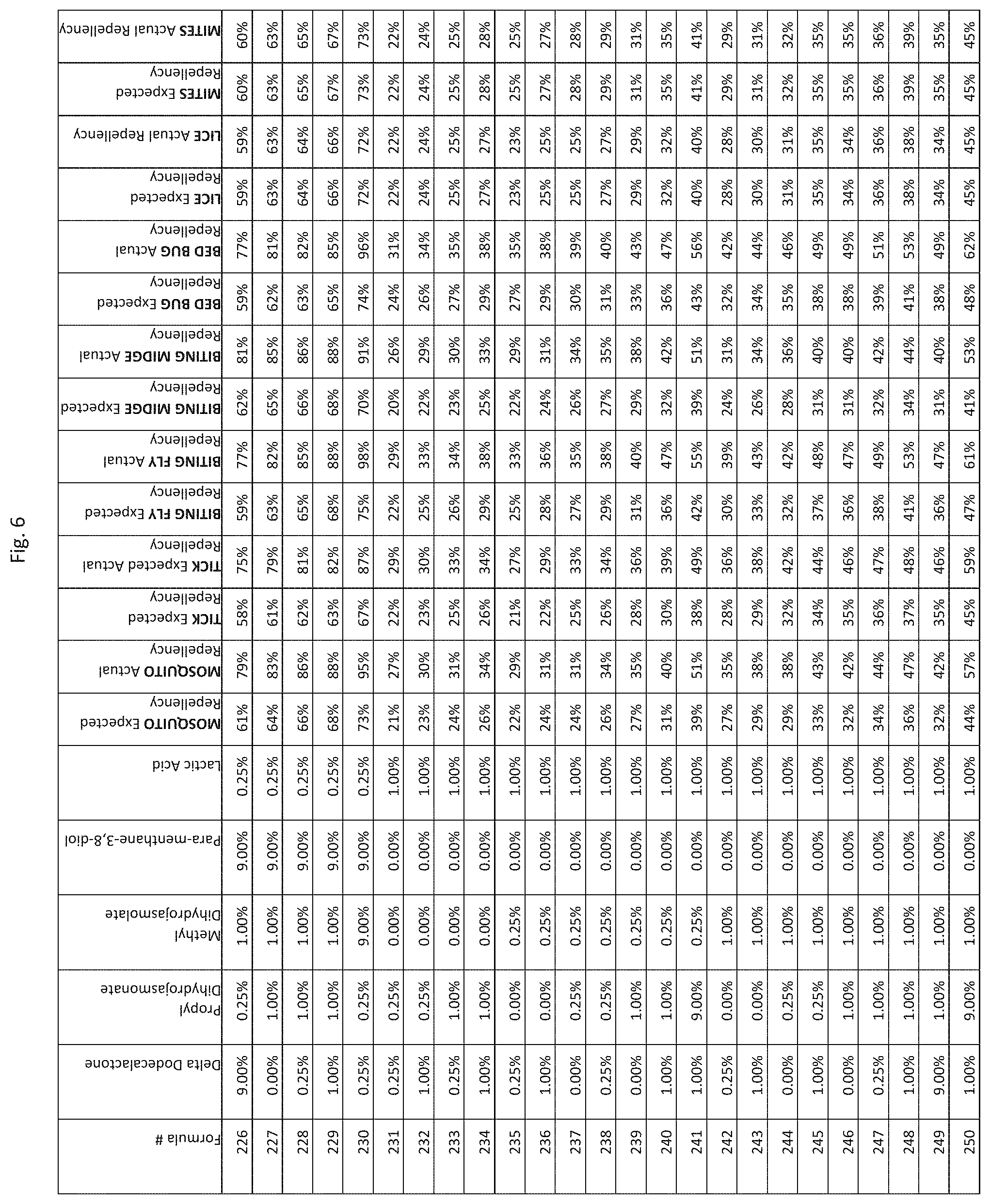
D00025

D00026

D00027

D00028

D00029

D00030

D00031

D00032

D00033

D00034

D00035

D00036

D00037

D00038

D00039

D00040

D00041

D00042

D00043

D00044

D00045

D00046

D00047

D00048

D00049

D00050

D00051

D00052

D00053

D00054

D00055

D00056

D00057

D00058

D00059

D00060

D00061
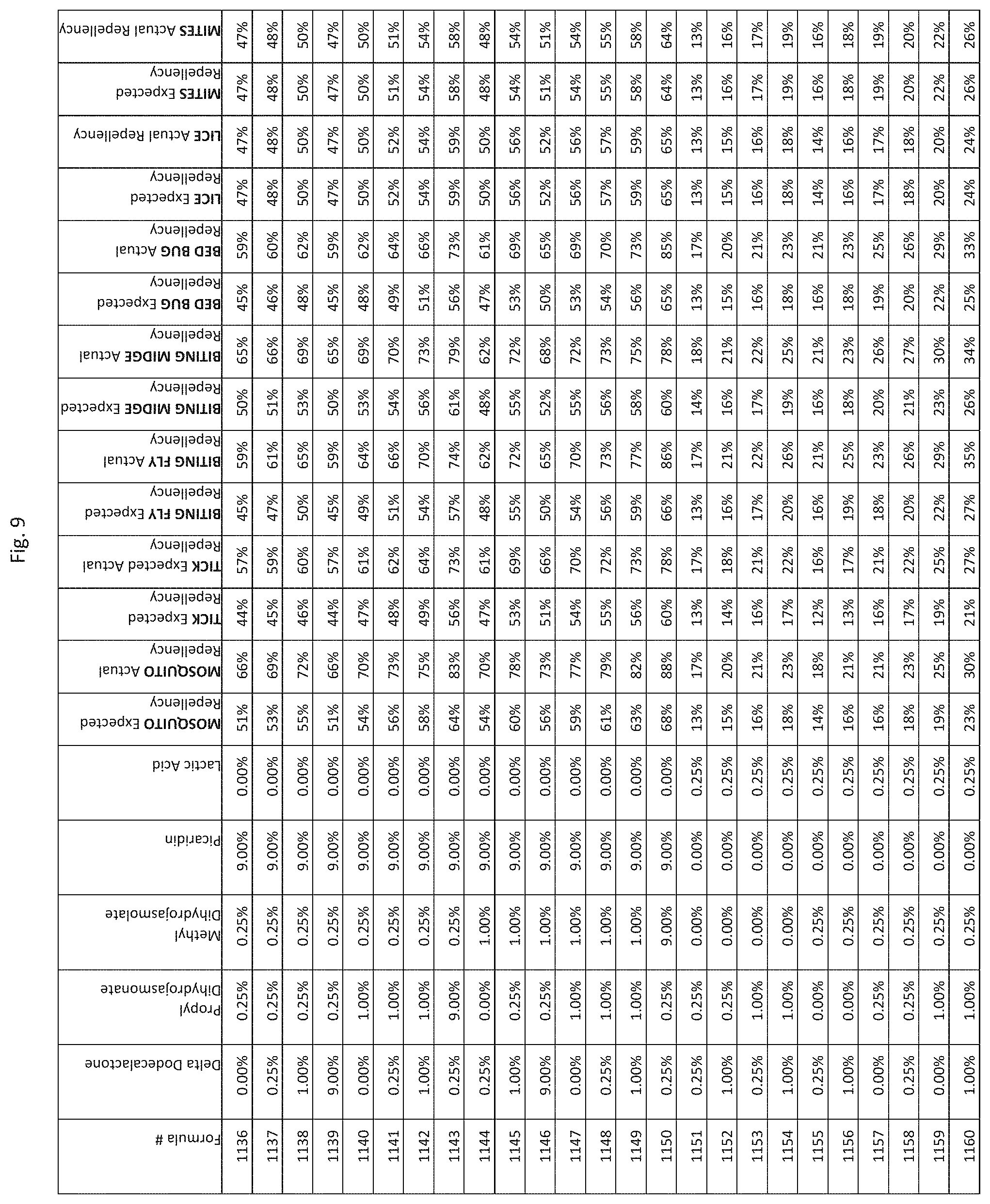
D00062

D00063

D00064

D00065

D00066

D00067

D00068

D00069

D00070

D00071

D00072

D00073

D00074

D00075

D00076

D00077

D00078

D00079

D00080

D00081

D00082

D00083

D00084

D00085

D00086

D00087

D00088

D00089

D00090

D00091

D00092

D00093
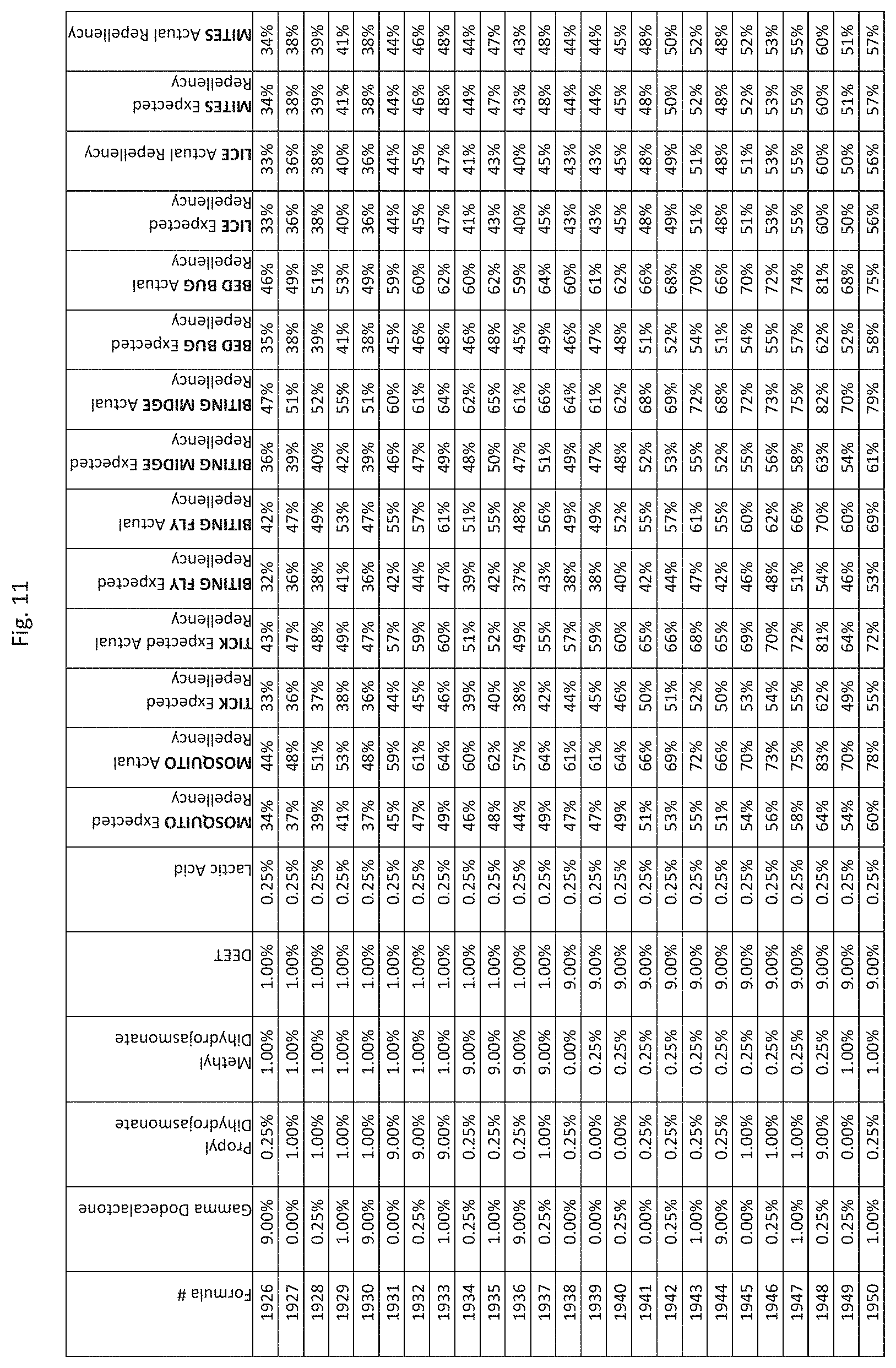
D00094

D00095

D00096

D00097

D00098

D00099

D00100

D00101

D00102

D00103

D00104

D00105

D00106

D00107

D00108

D00109

D00110

D00111
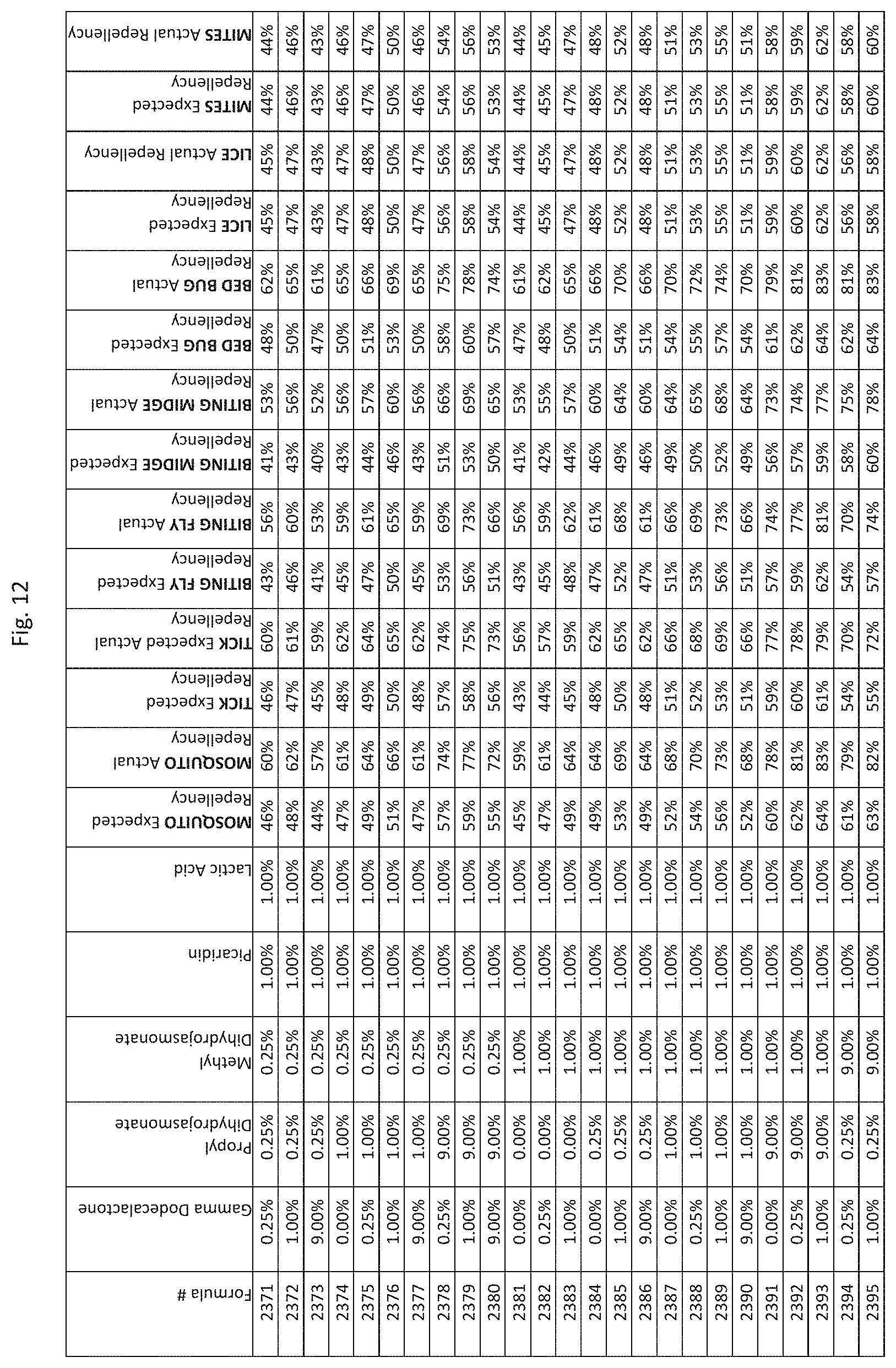
D00112

D00113
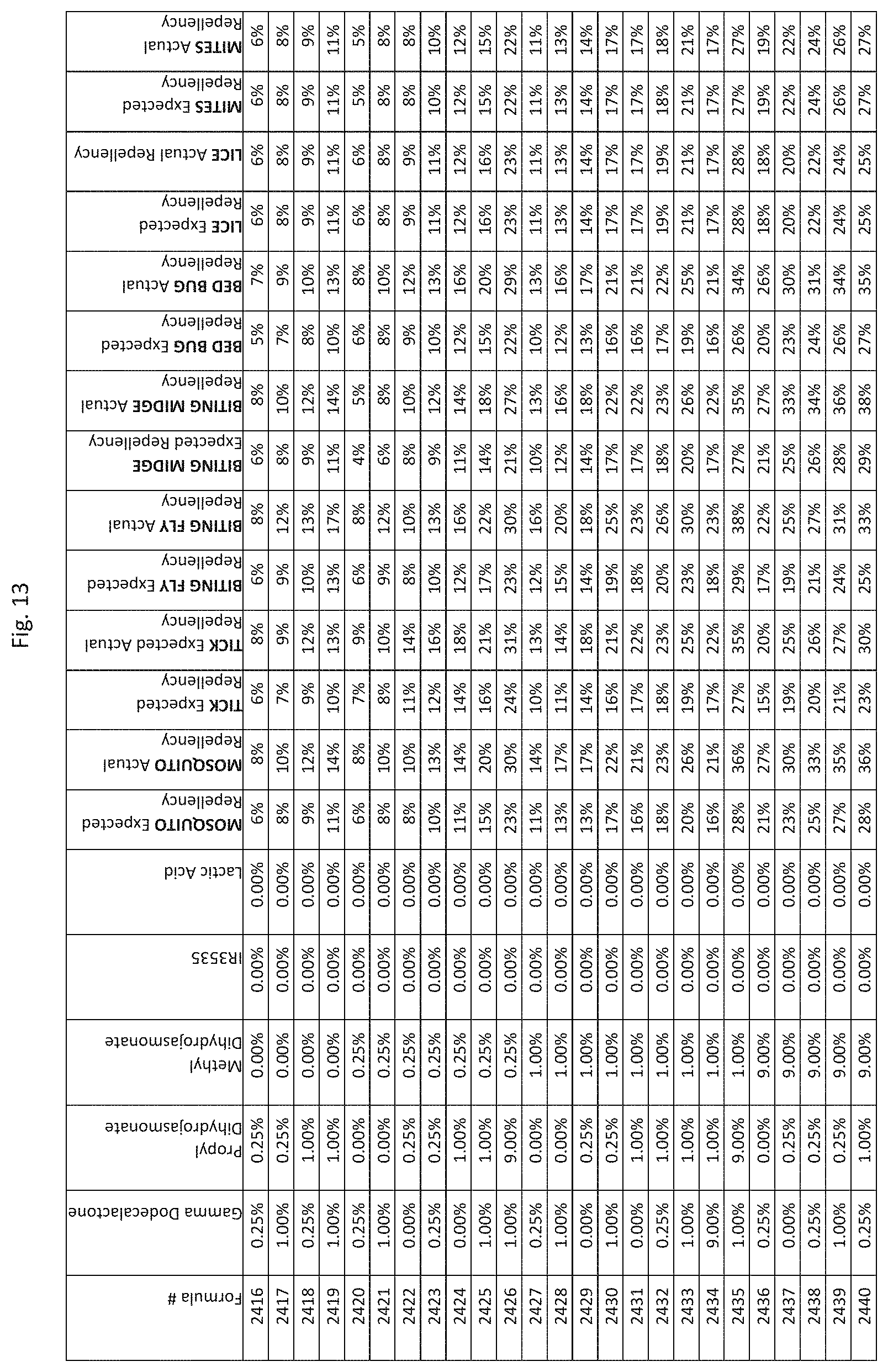
D00114

D00115

D00116

D00117

D00118

D00119

D00120

D00121
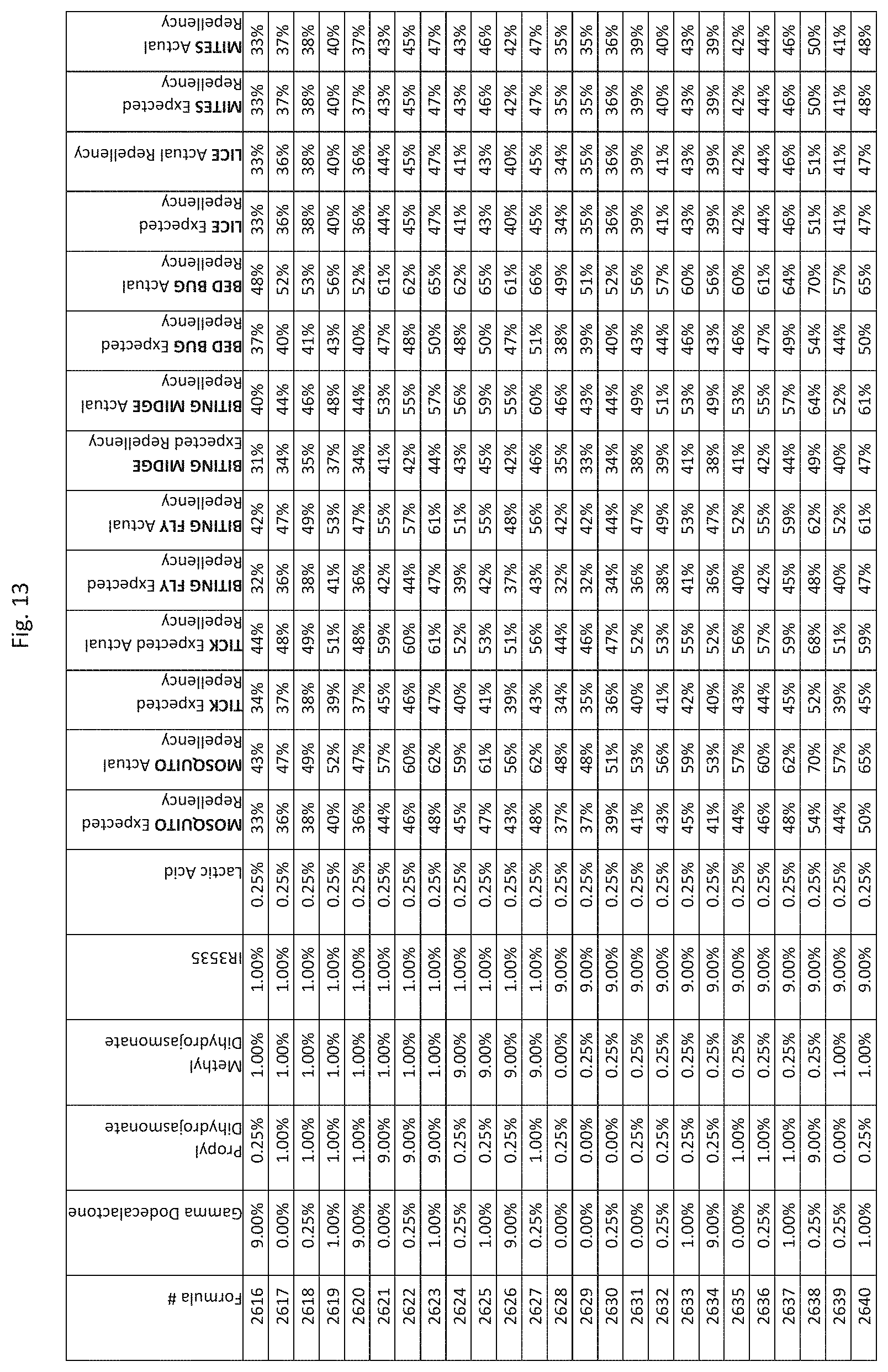
D00122
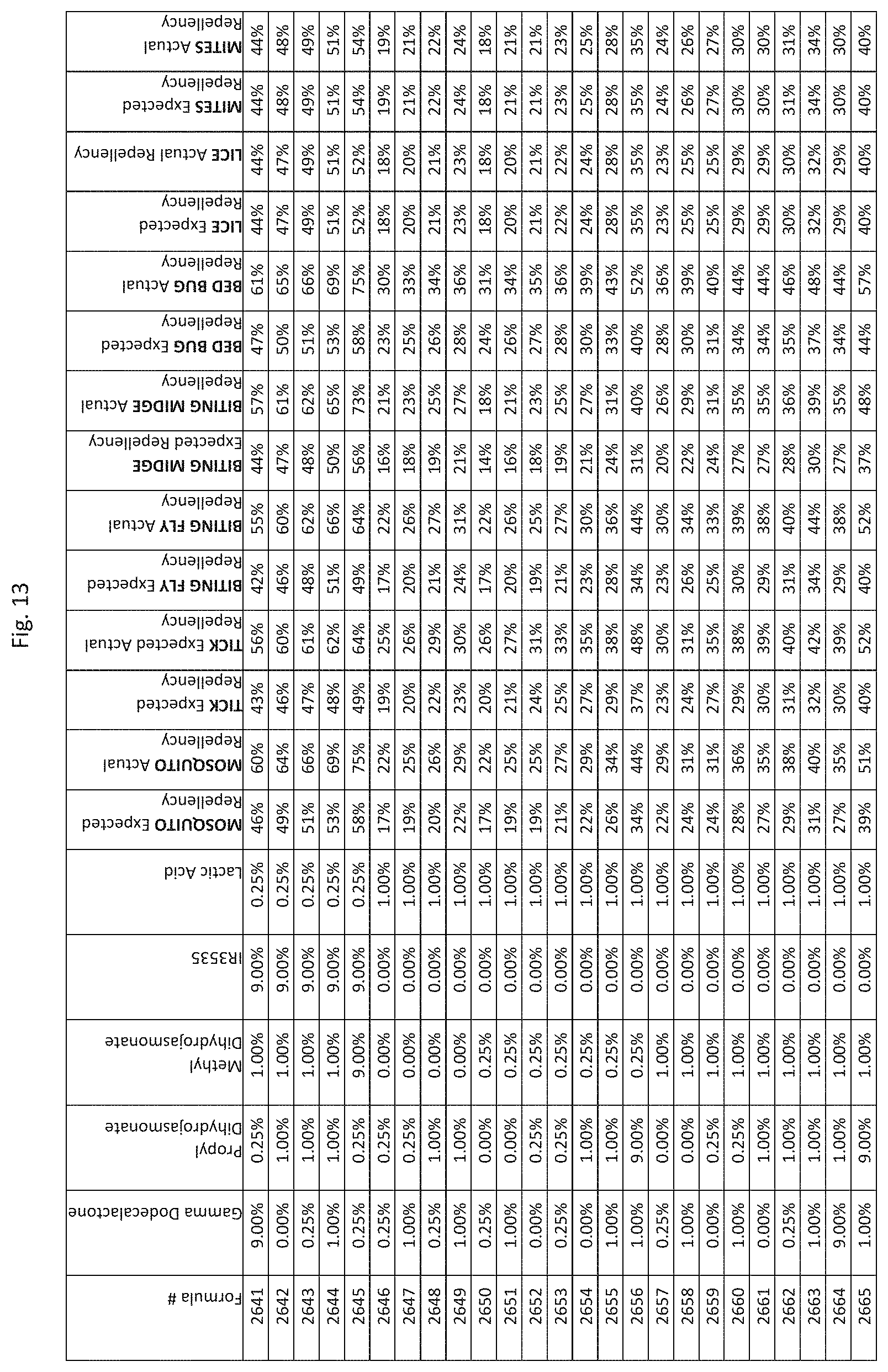
D00123

D00124

D00125
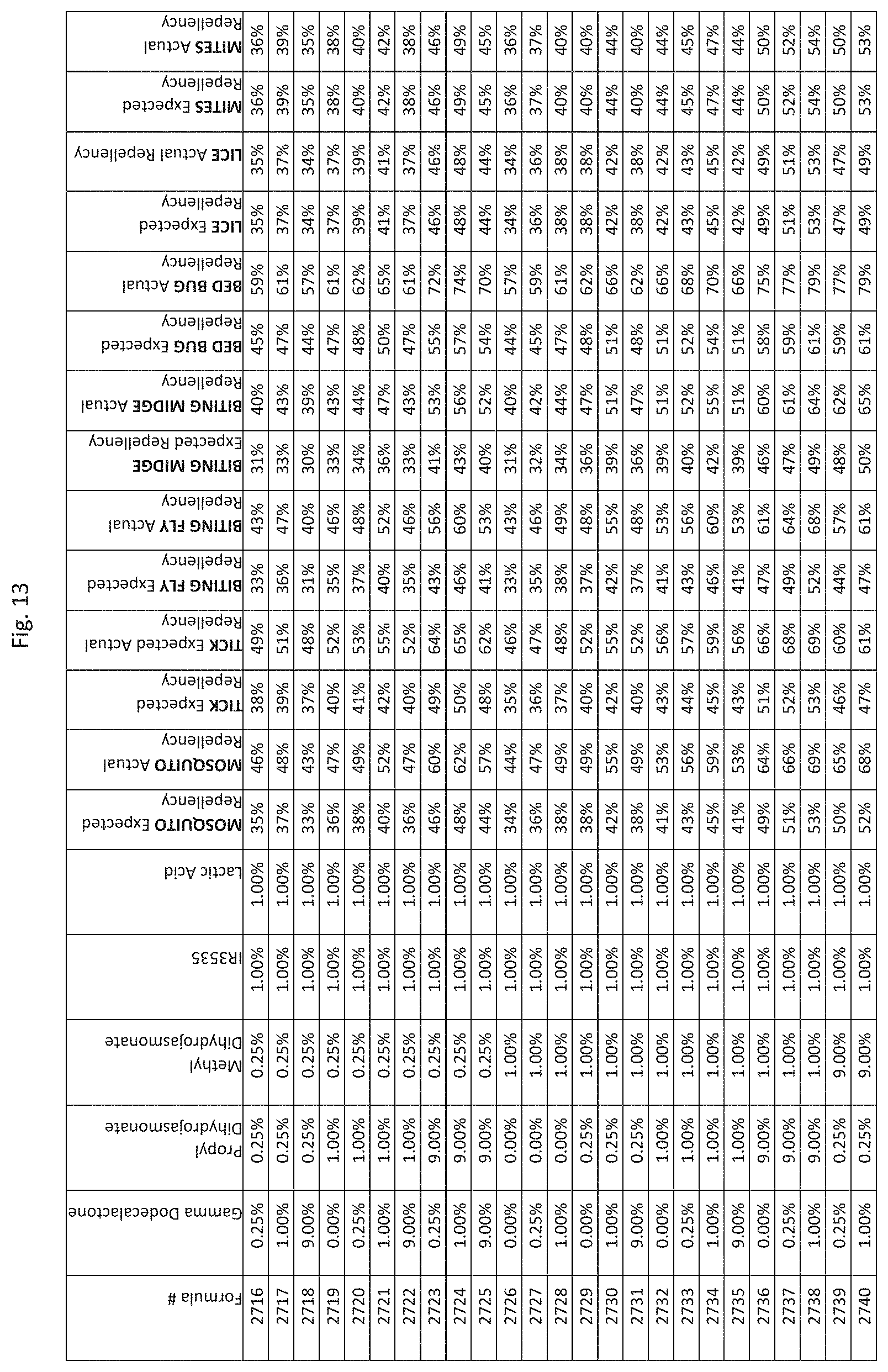
D00126

D00127

D00128

D00129

D00130

D00131

D00132

D00133

D00134

D00135

D00136

D00137

D00138

D00139

D00140

D00141

D00142

D00143

D00144

D00145

D00146

D00147

D00148

D00149

D00150

D00151

D00152

D00153

D00154

D00155

D00156

D00157

D00158

D00159

D00160

D00161

D00162

D00163

D00164

D00165

D00166

D00167

D00168

D00169

D00170

D00171

D00172

D00173

D00174

D00175

D00176

D00177

D00178

D00179

D00180

D00181

D00182

D00183

D00184

D00185

D00186

D00187

D00188

D00189

D00190

D00191

D00192

D00193

D00194

D00195

D00196

D00197

D00198

D00199

D00200
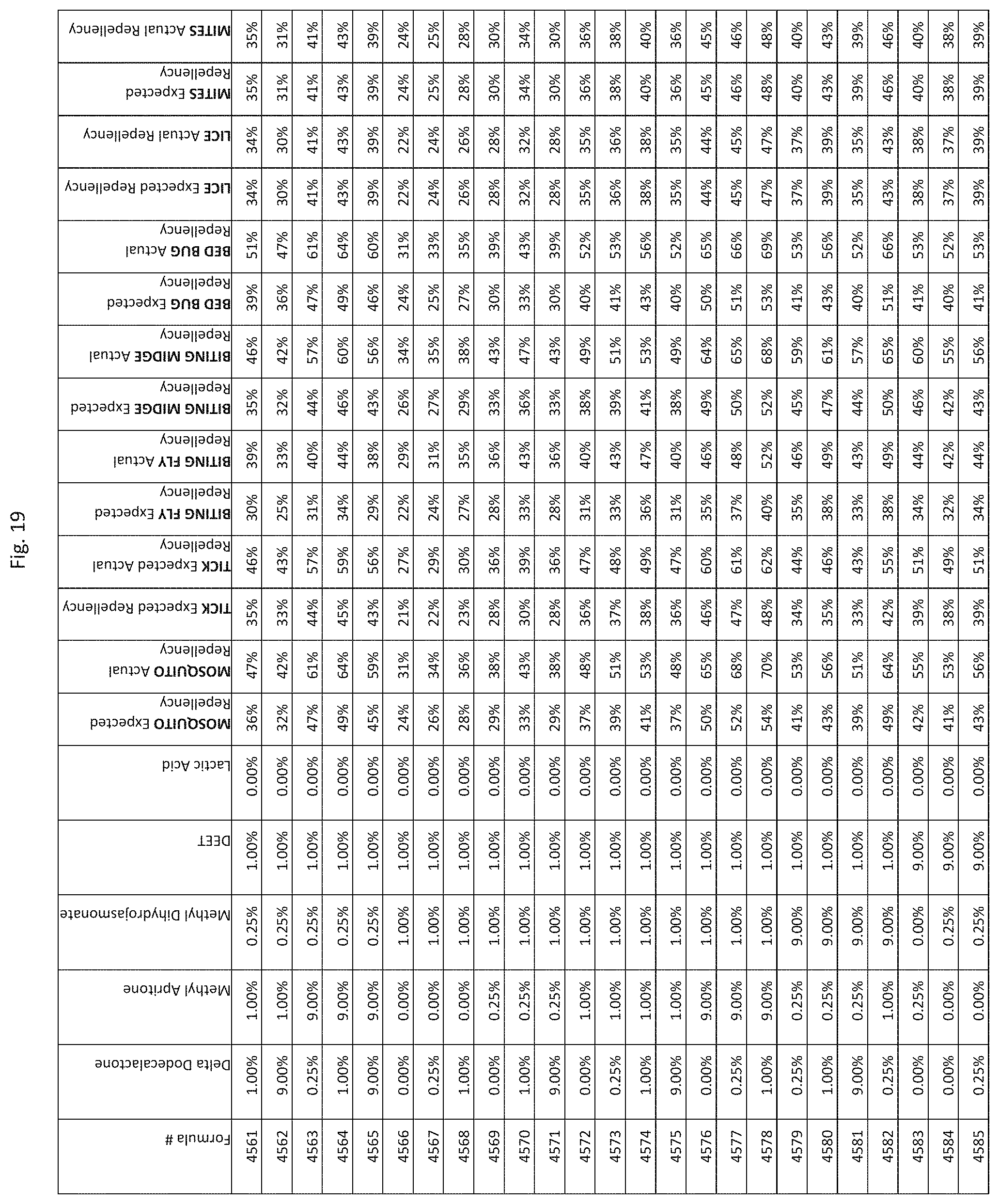
D00201

D00202

D00203

D00204

D00205

D00206

D00207

D00208

D00209

D00210

D00211

D00212

D00213

D00214

D00215

D00216
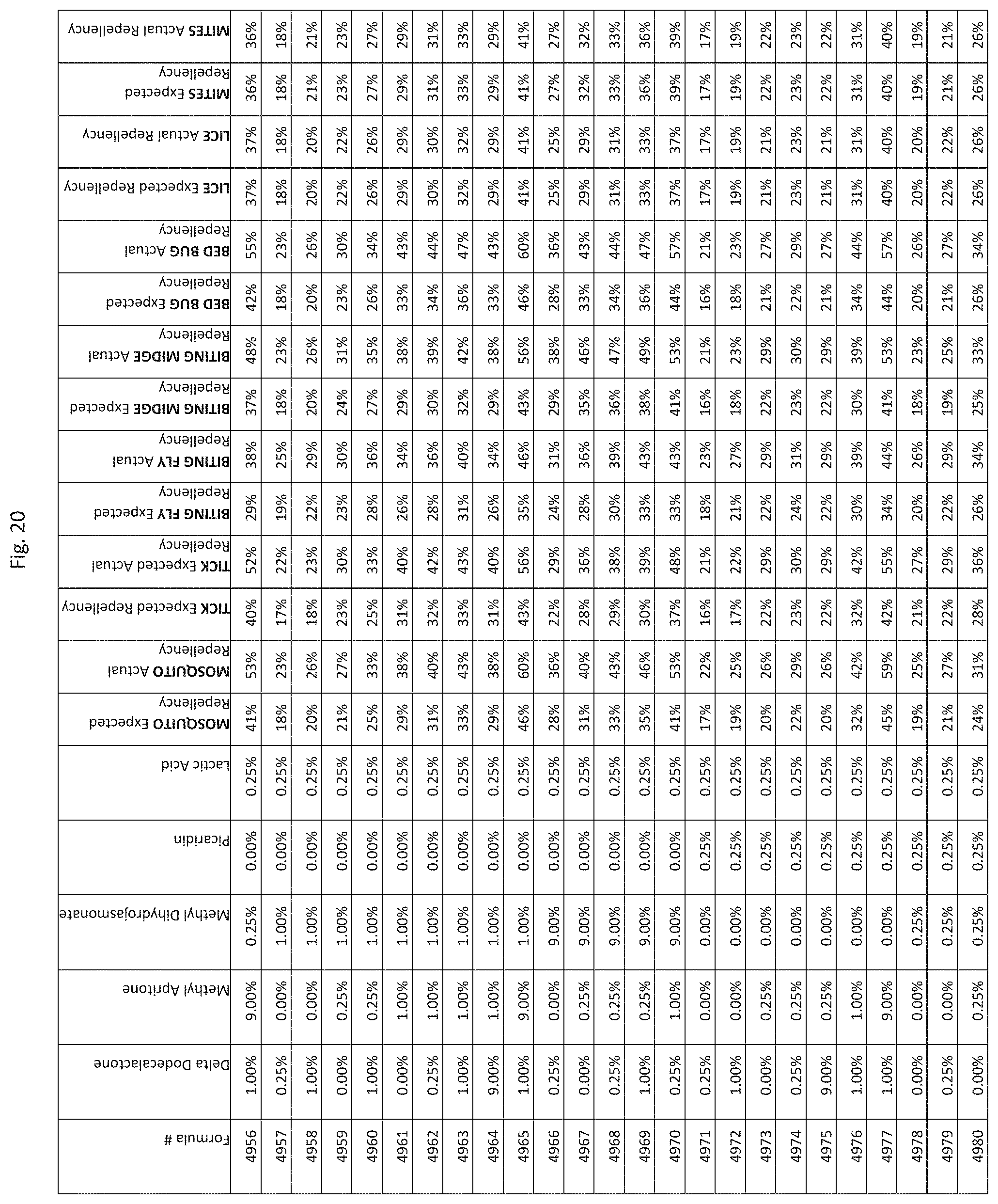
D00217

D00218
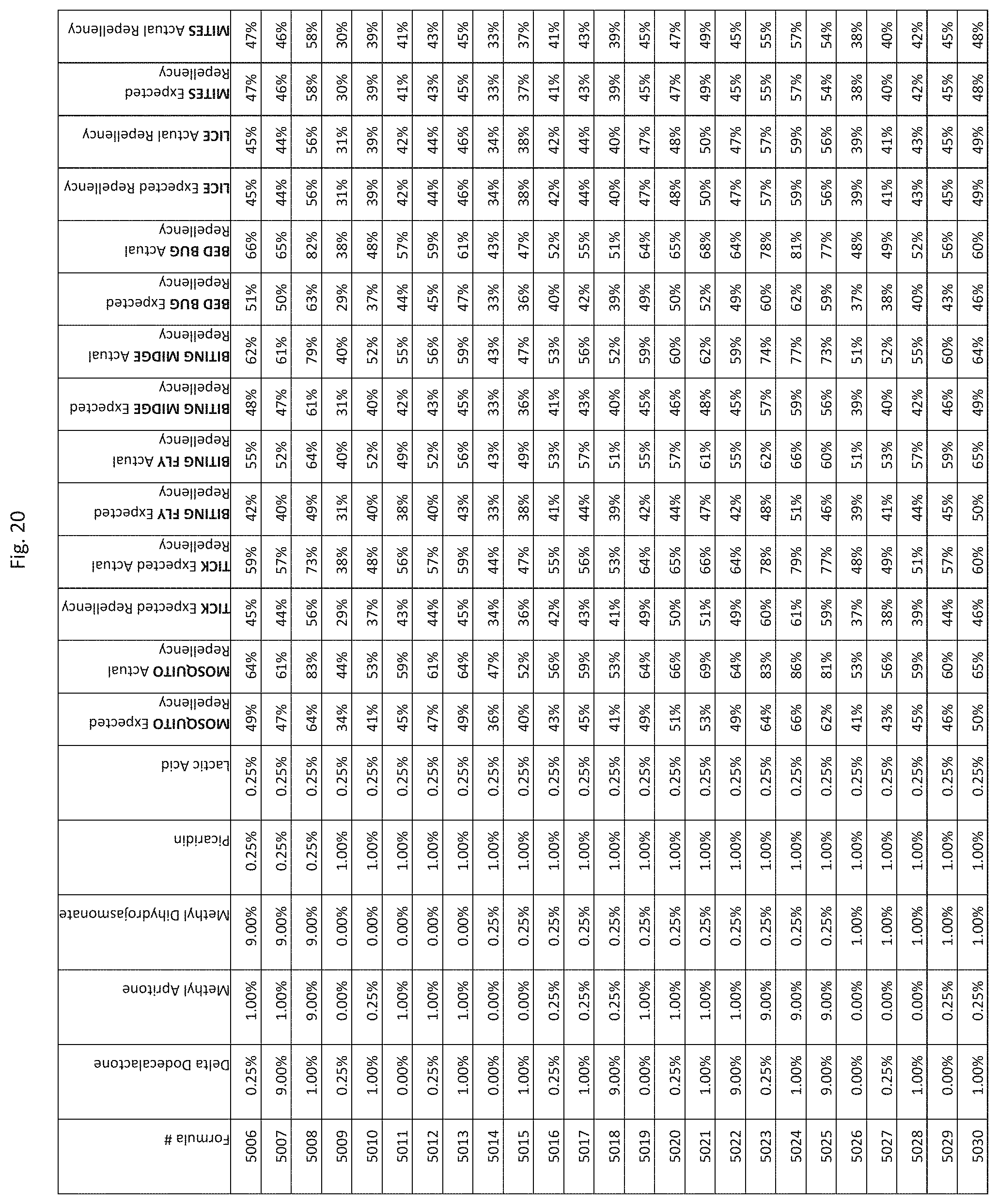
D00219
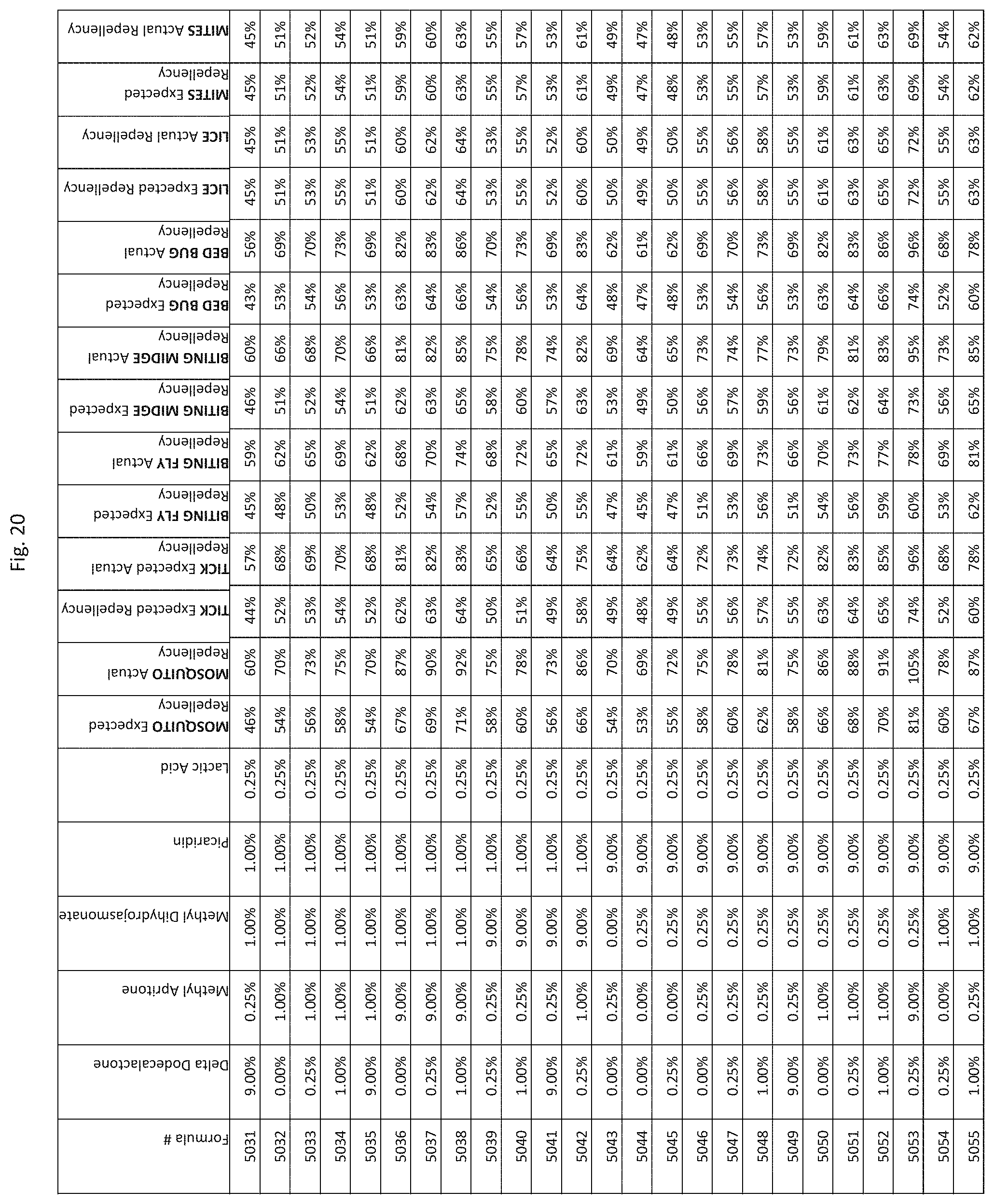
D00220

D00221

D00222

D00223

D00224

D00225

D00226

D00227
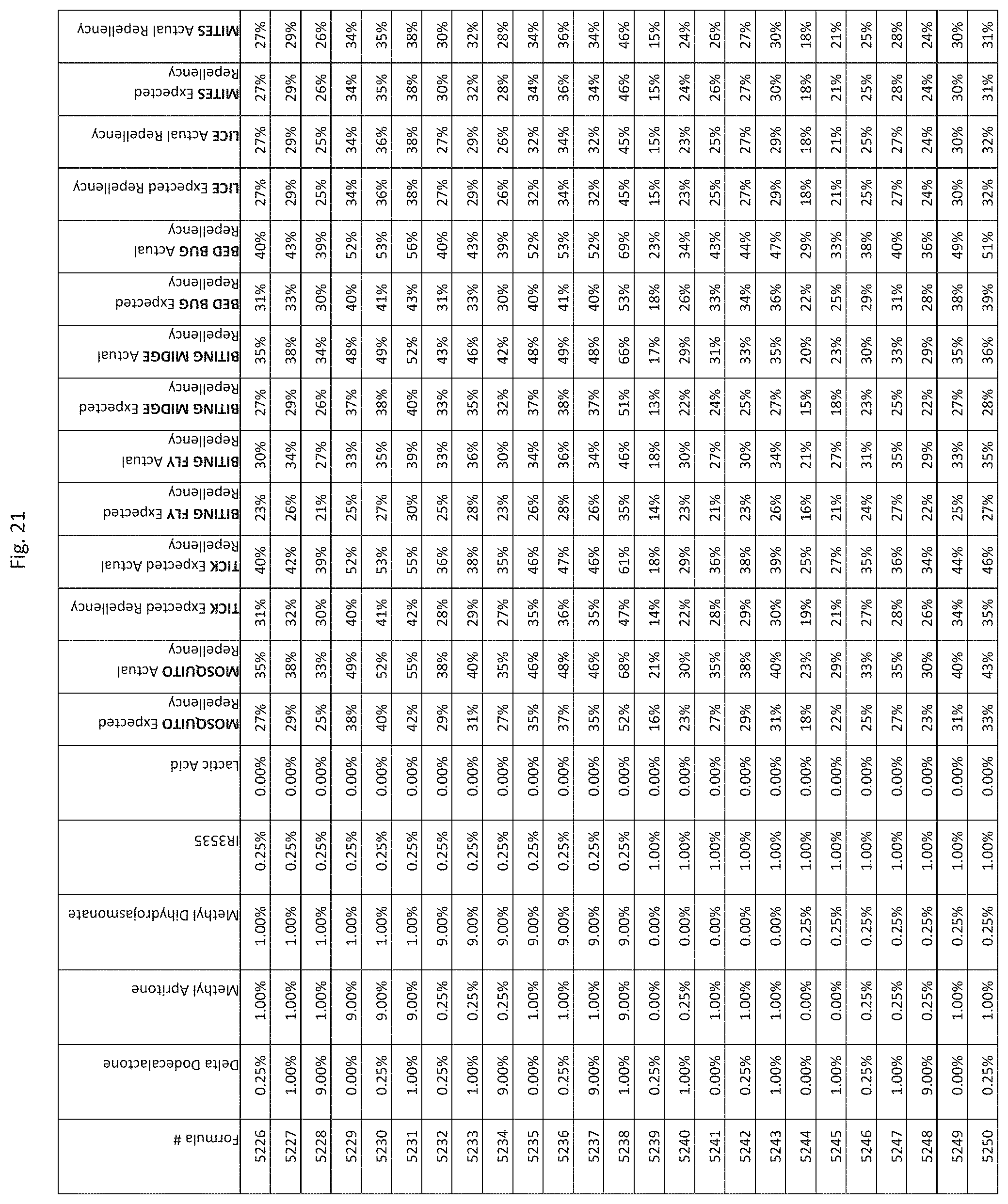
D00228

D00229

D00230

D00231

D00232

D00233

D00234

D00235

D00236

D00237

D00238

D00239

D00240

D00241

D00242

D00243

D00244
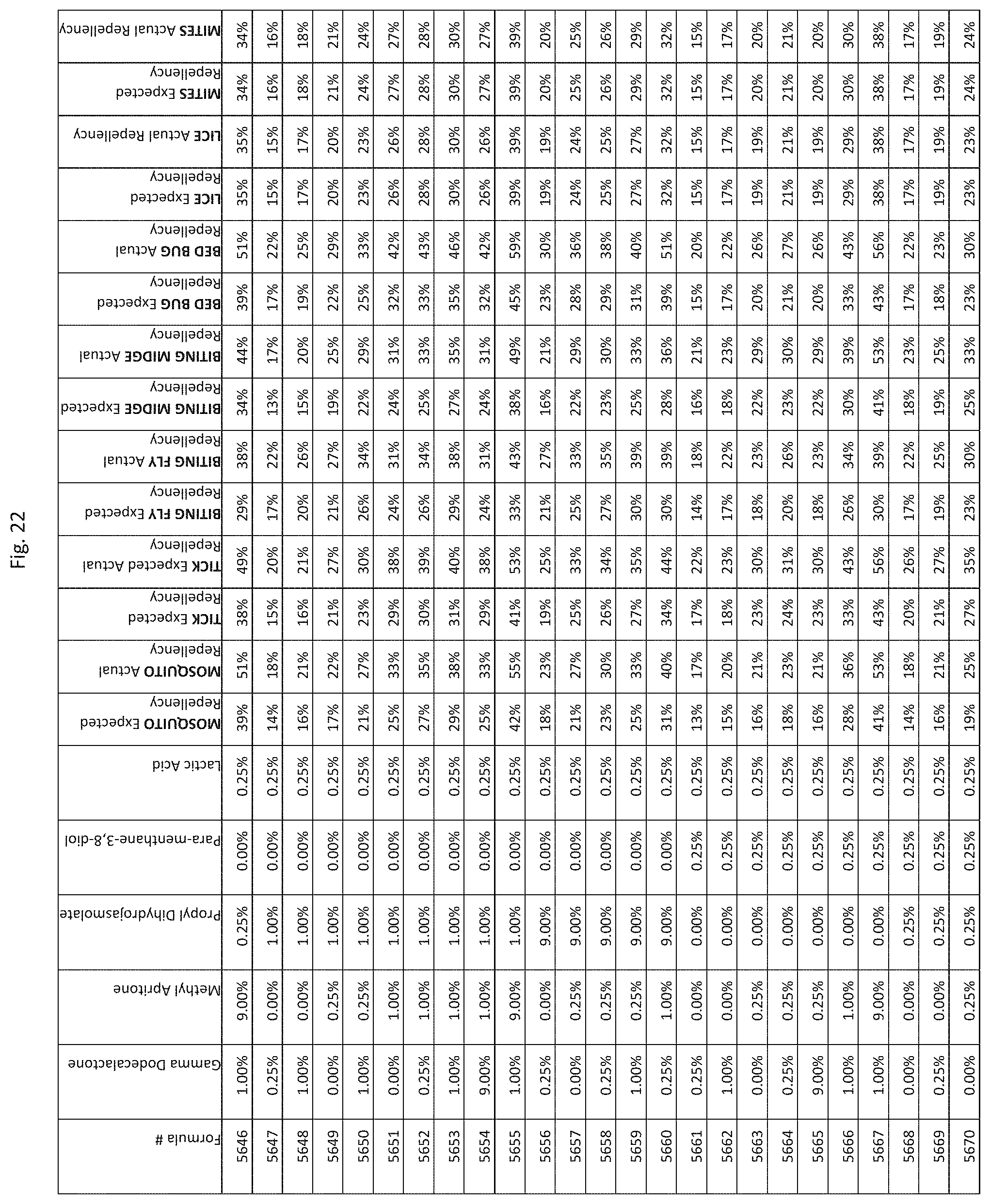
D00245

D00246

D00247

D00248

D00249

D00250

D00251

D00252

D00253

D00254

D00255

D00256

D00257
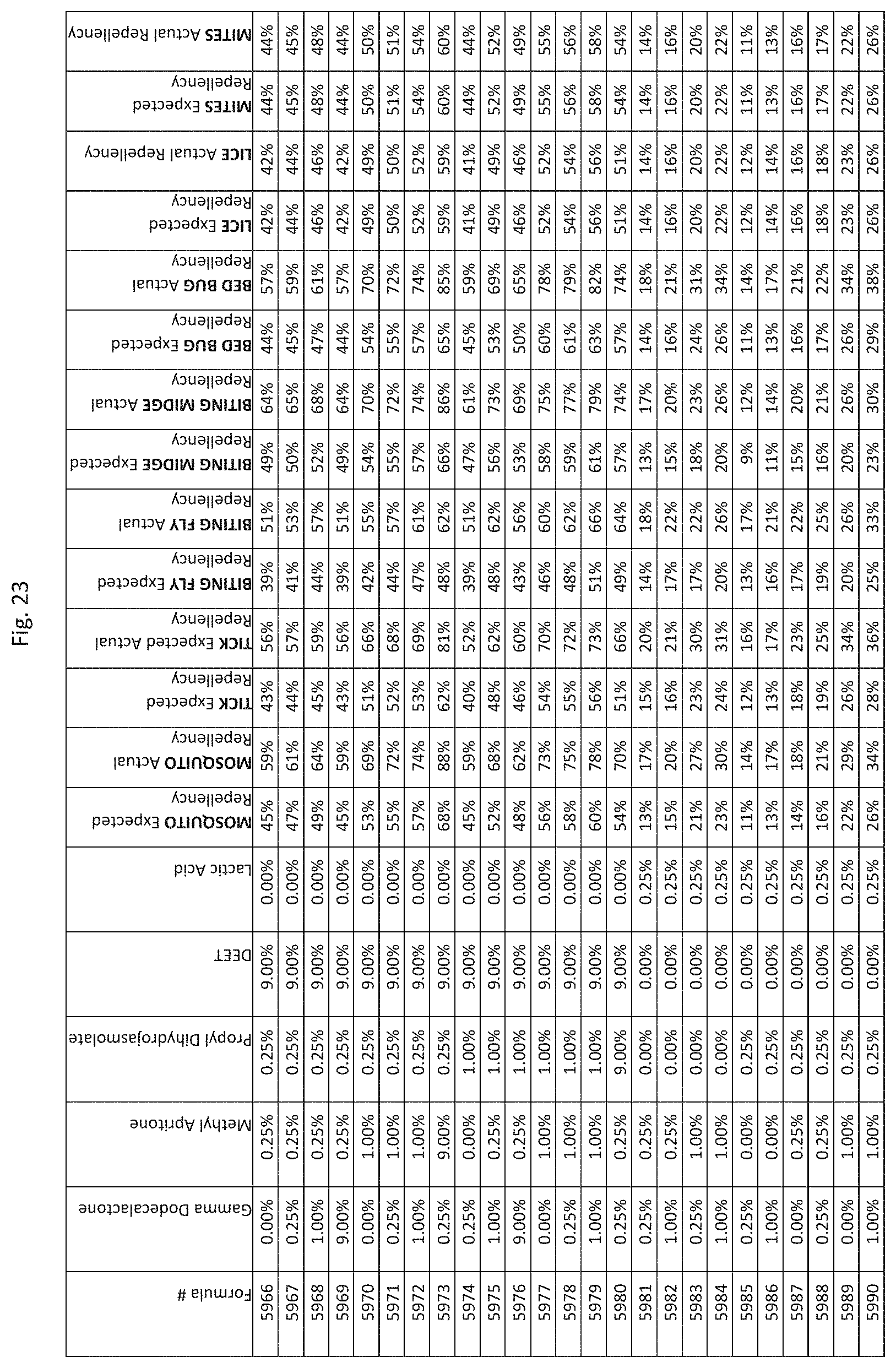
D00258

D00259

D00260

D00261

D00262

D00263

D00264

D00265

D00266

D00267

D00268

D00269

D00270

D00271

D00272

D00273

D00274

D00275

D00276

D00277

D00278

D00279

D00280

D00281

D00282

D00283

D00284

D00285

D00286

D00287

D00288

D00289

D00290

D00291

D00292

D00293

D00294

D00295

D00296

D00297

D00298
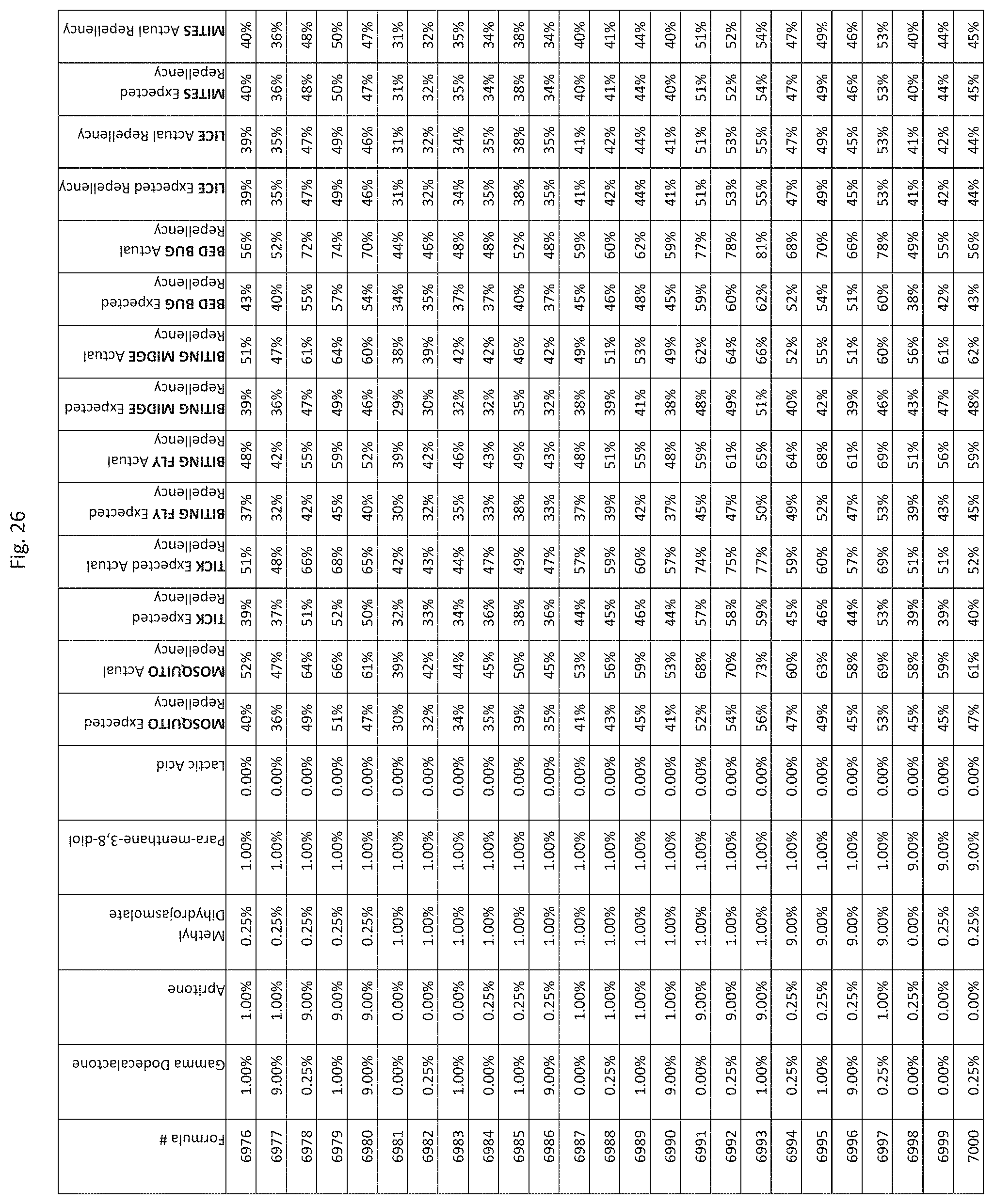
D00299

D00300

D00301

D00302

D00303

D00304

D00305

D00306

D00307

D00308

D00309

D00310

D00311

D00312

D00313

D00314

D00315
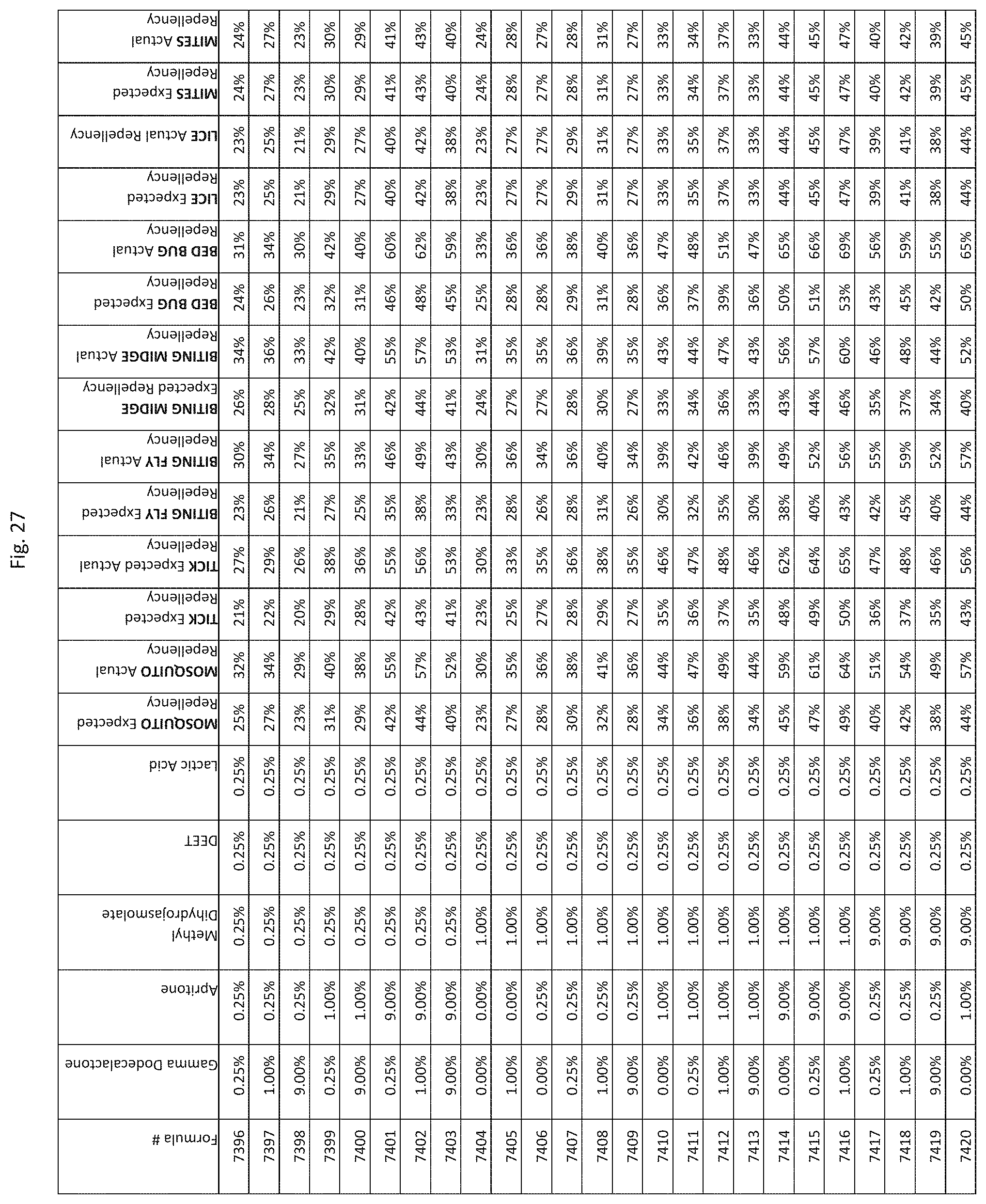
D00316

D00317

D00318

D00319

D00320

D00321

D00322

D00323
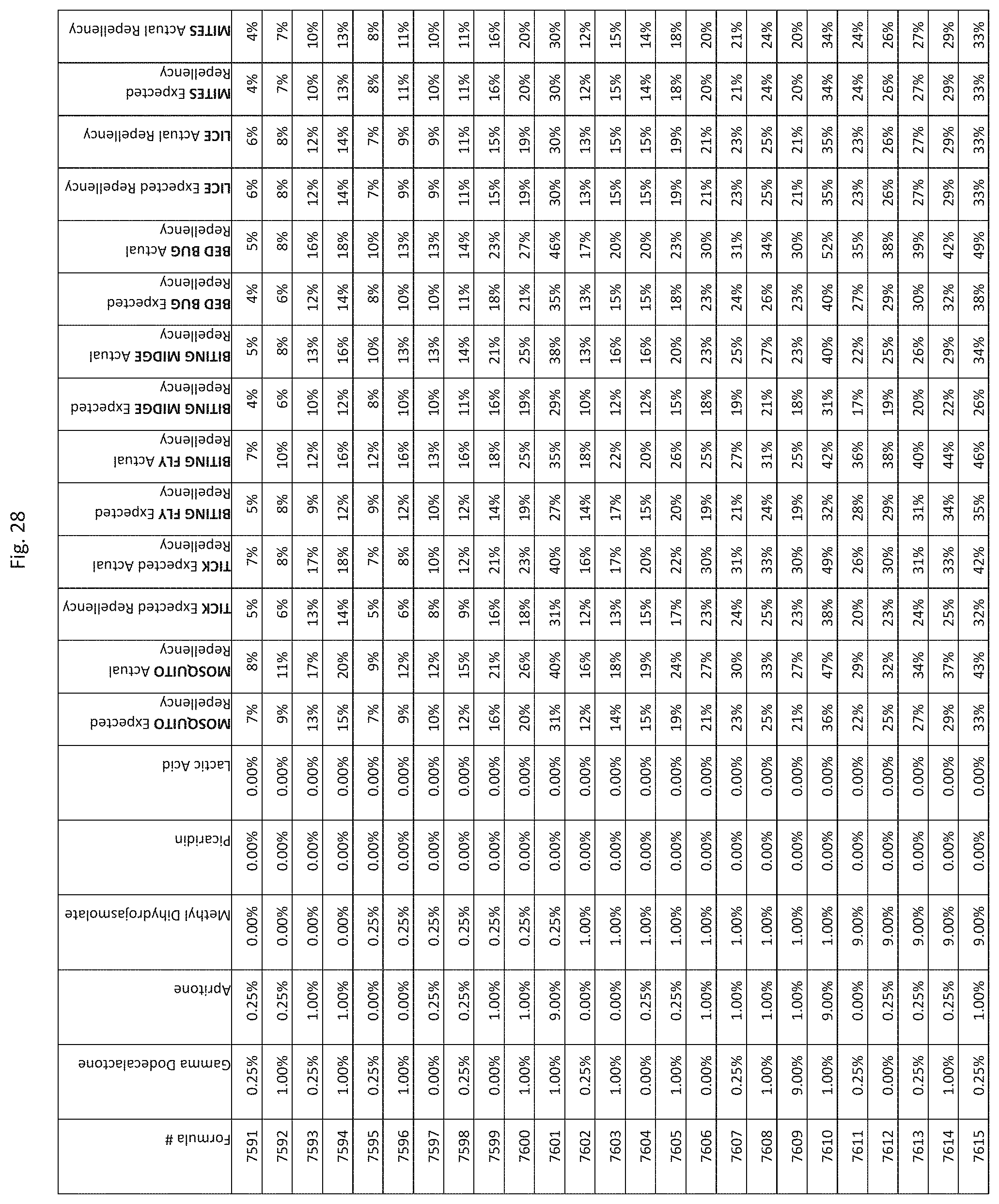
D00324

D00325

D00326

D00327

D00328

D00329

D00330

D00331

D00332

D00333

D00334

D00335

D00336

D00337

D00338

D00339

D00340

D00341

D00342

D00343

D00344

D00345

D00346

D00347

D00348

D00349

D00350

D00351

D00352

D00353

D00354
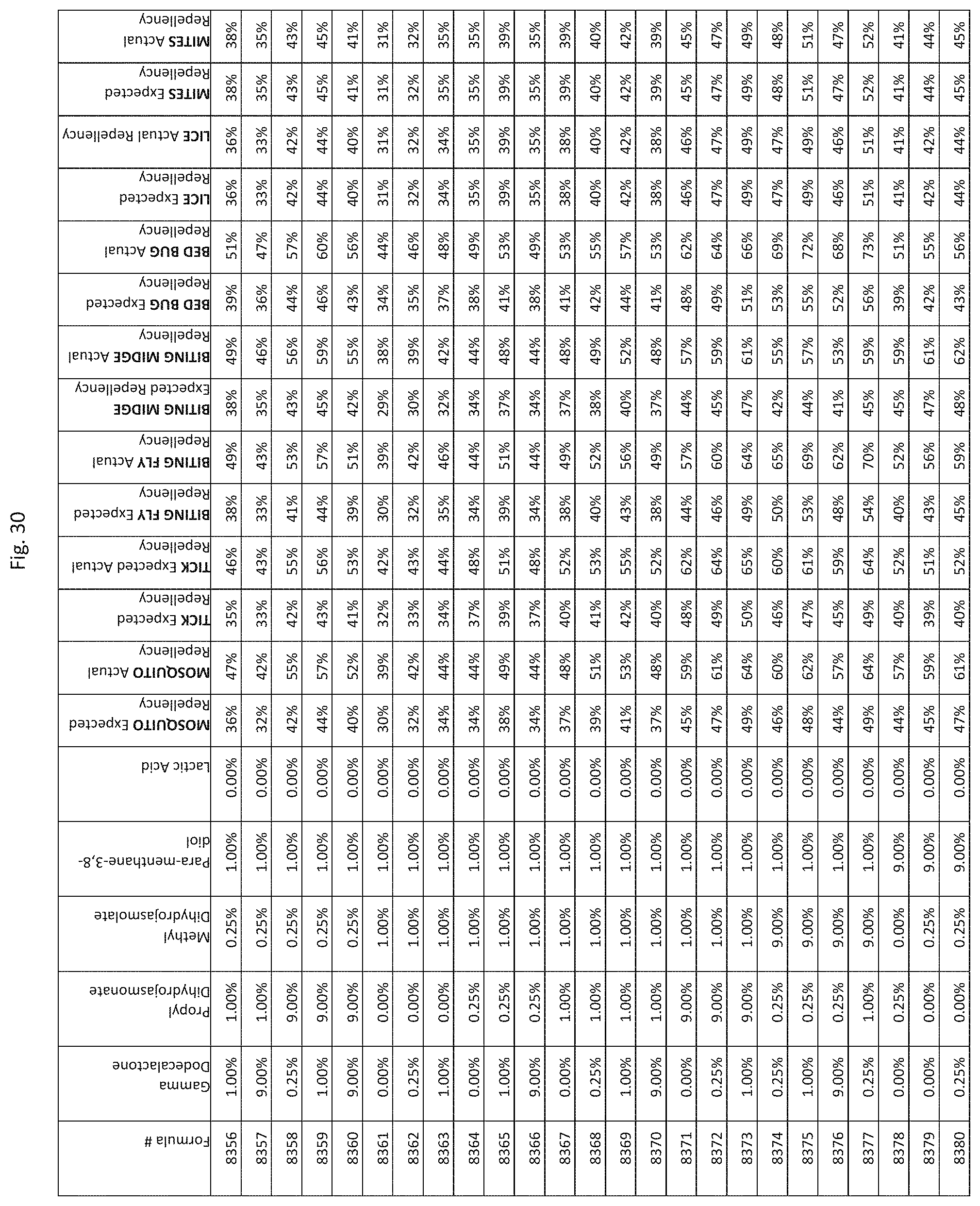
D00355

D00356

D00357

D00358

D00359
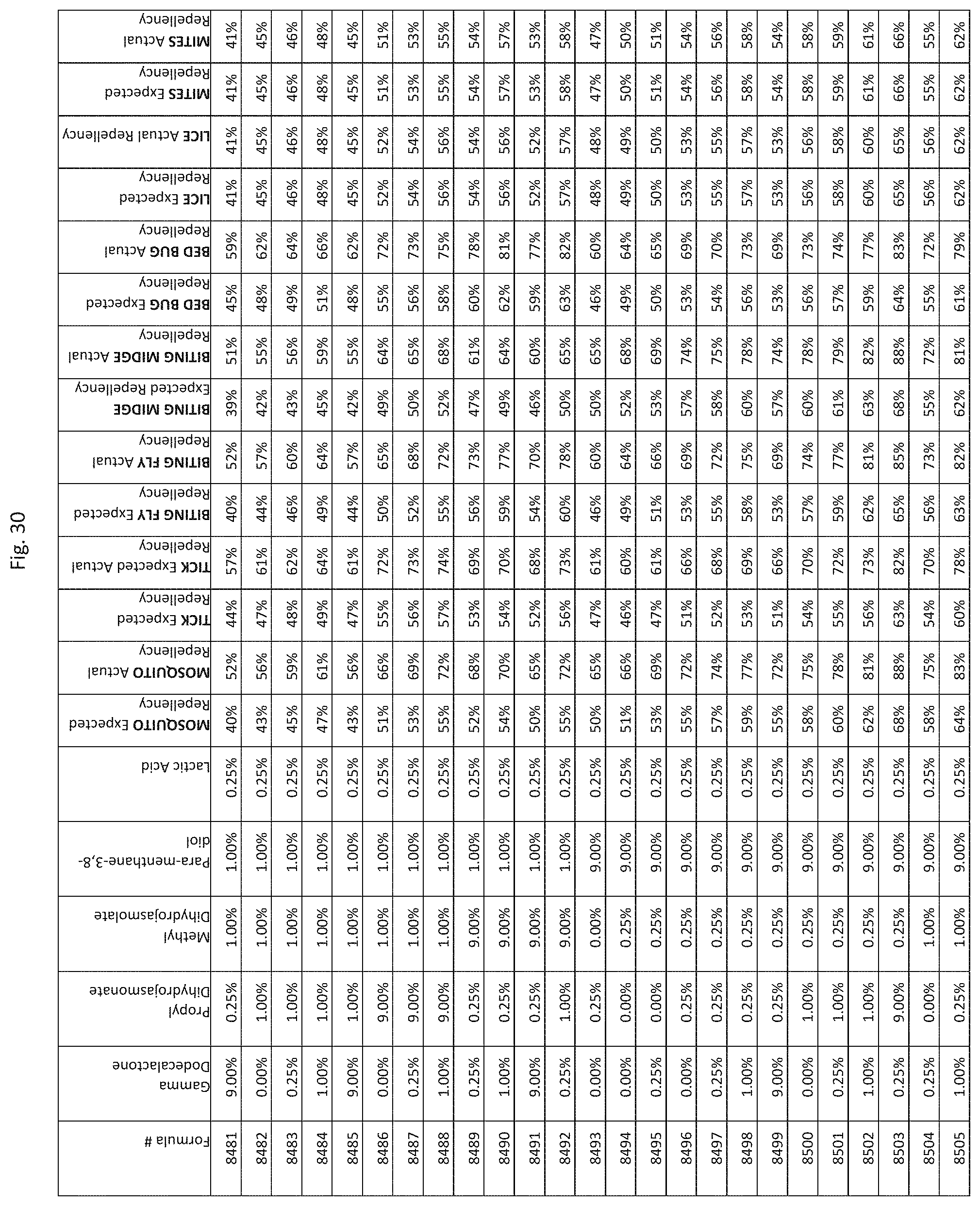
D00360

D00361

D00362

D00363

D00364

D00365

D00366

D00367

D00368

D00369

D00370

D00371
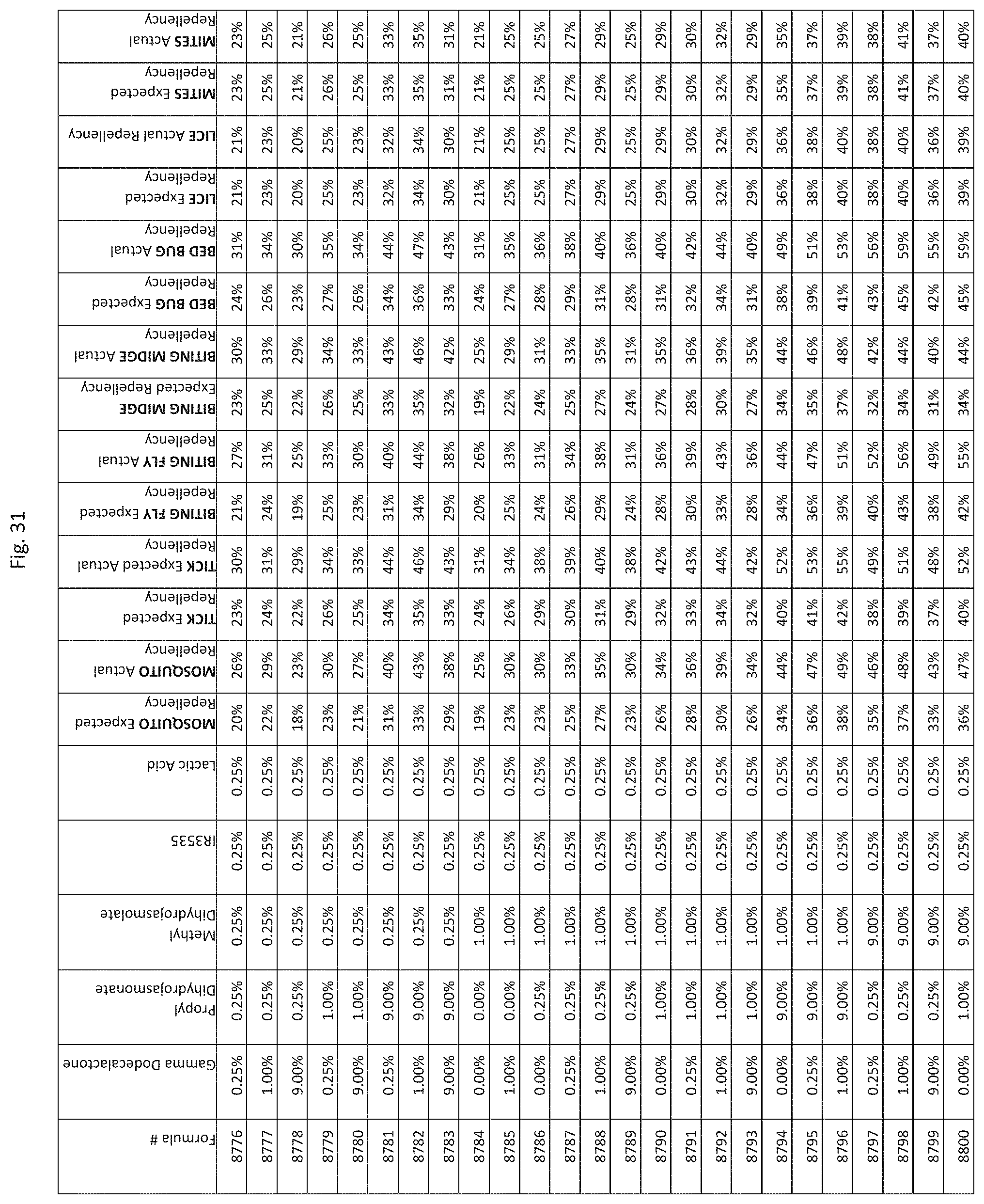
D00372

D00373

D00374

D00375

D00376

D00377

D00378
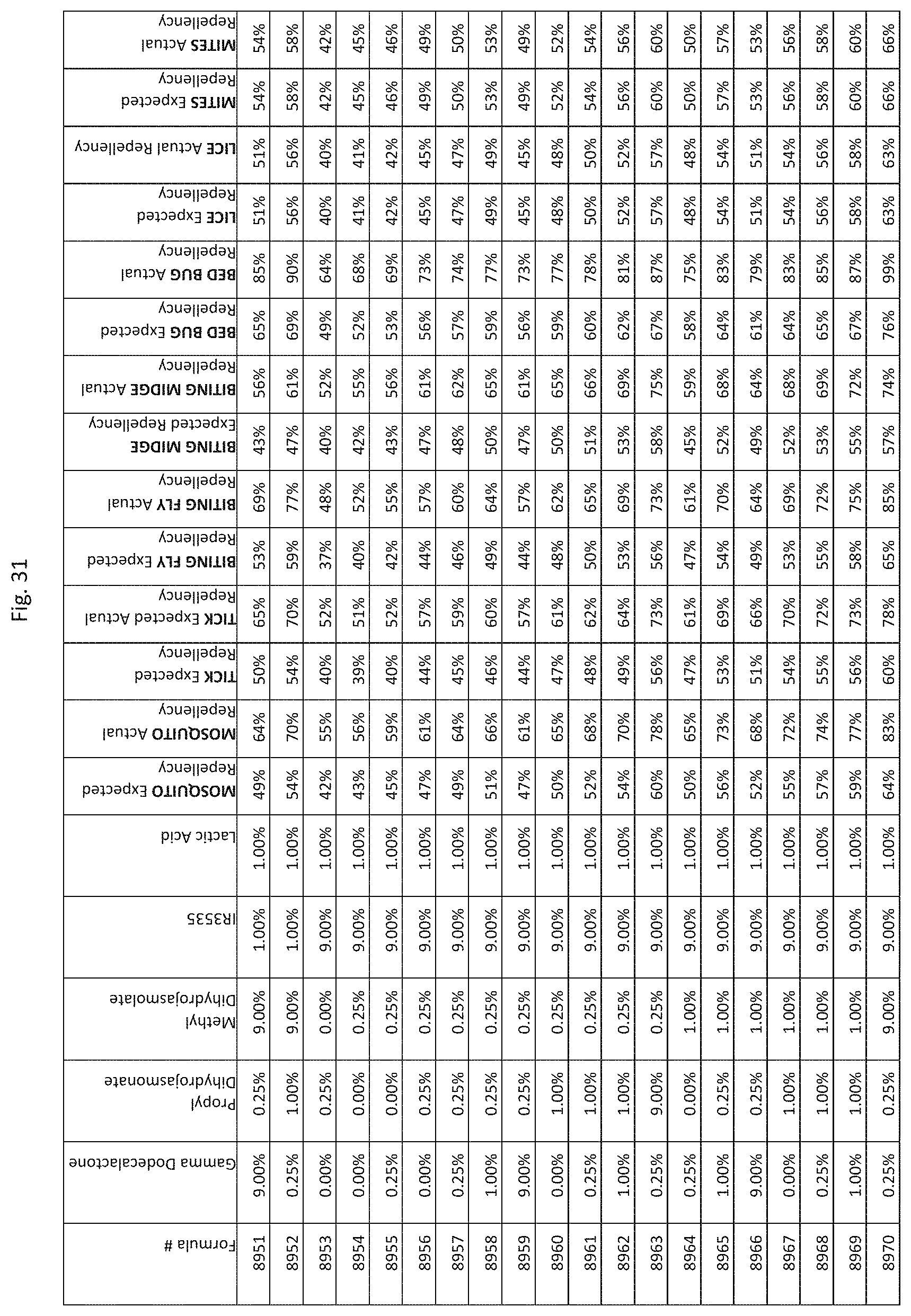
D00379

D00380

D00381

D00382

D00383

D00384

D00385

D00386

D00387

D00388

D00389

D00390

D00391

D00392

D00393

D00394

D00395

D00396

D00397

D00398

D00399

D00400

D00401

D00402

D00403

D00404

D00405

D00406

D00407

D00408

D00409

D00410

D00411

D00412

D00413

D00414

D00415

D00416

D00417

D00418

D00419

D00420

D00421

D00422

D00423

D00424

D00425

D00426

D00427

D00428

D00429

D00430

D00431

D00432

D00433

D00434

D00435

D00436

D00437

D00438

D00439

D00440

D00441

D00442
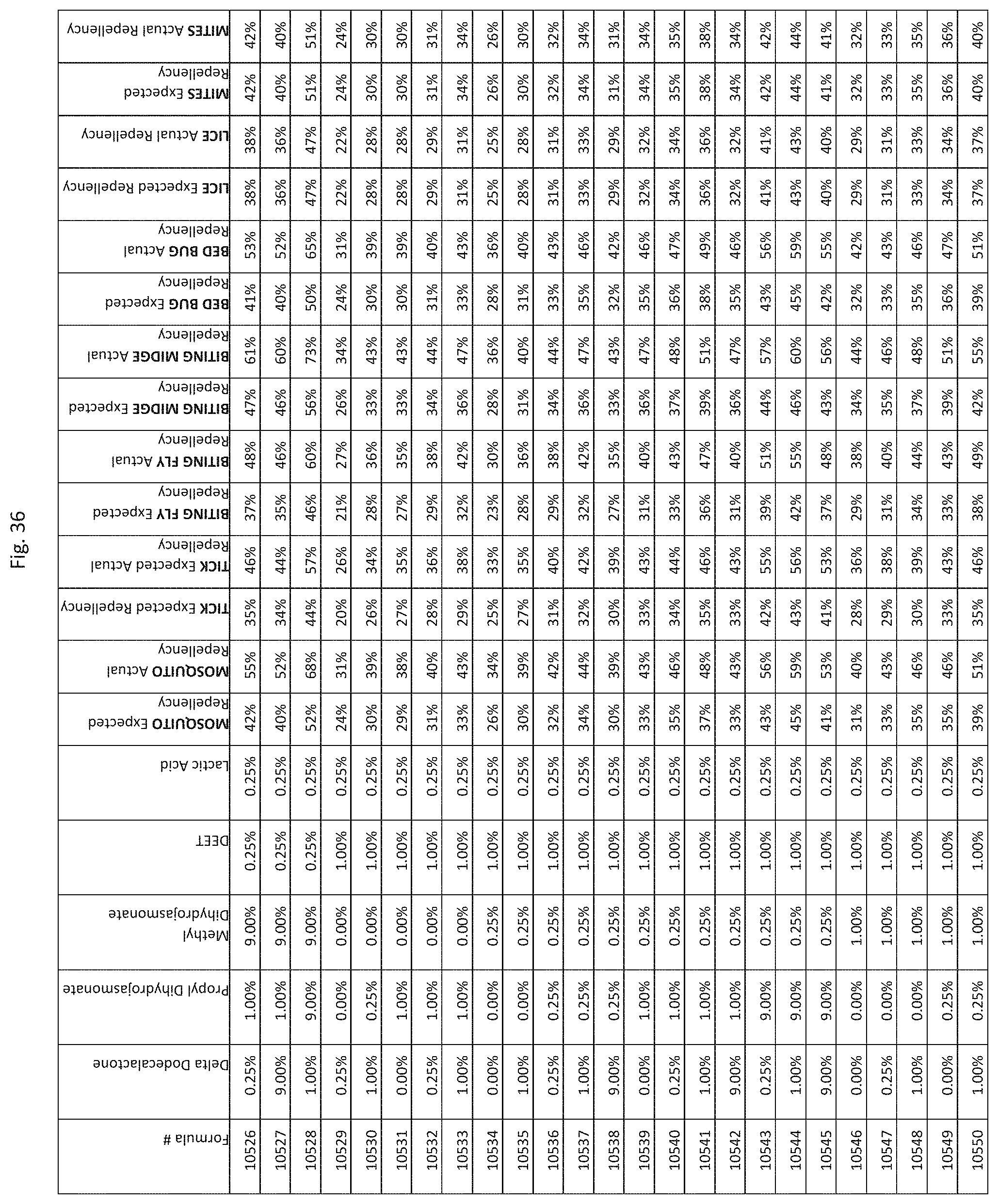
D00443

D00444

D00445

D00446

D00447

D00448

D00449

D00450

D00451

D00452
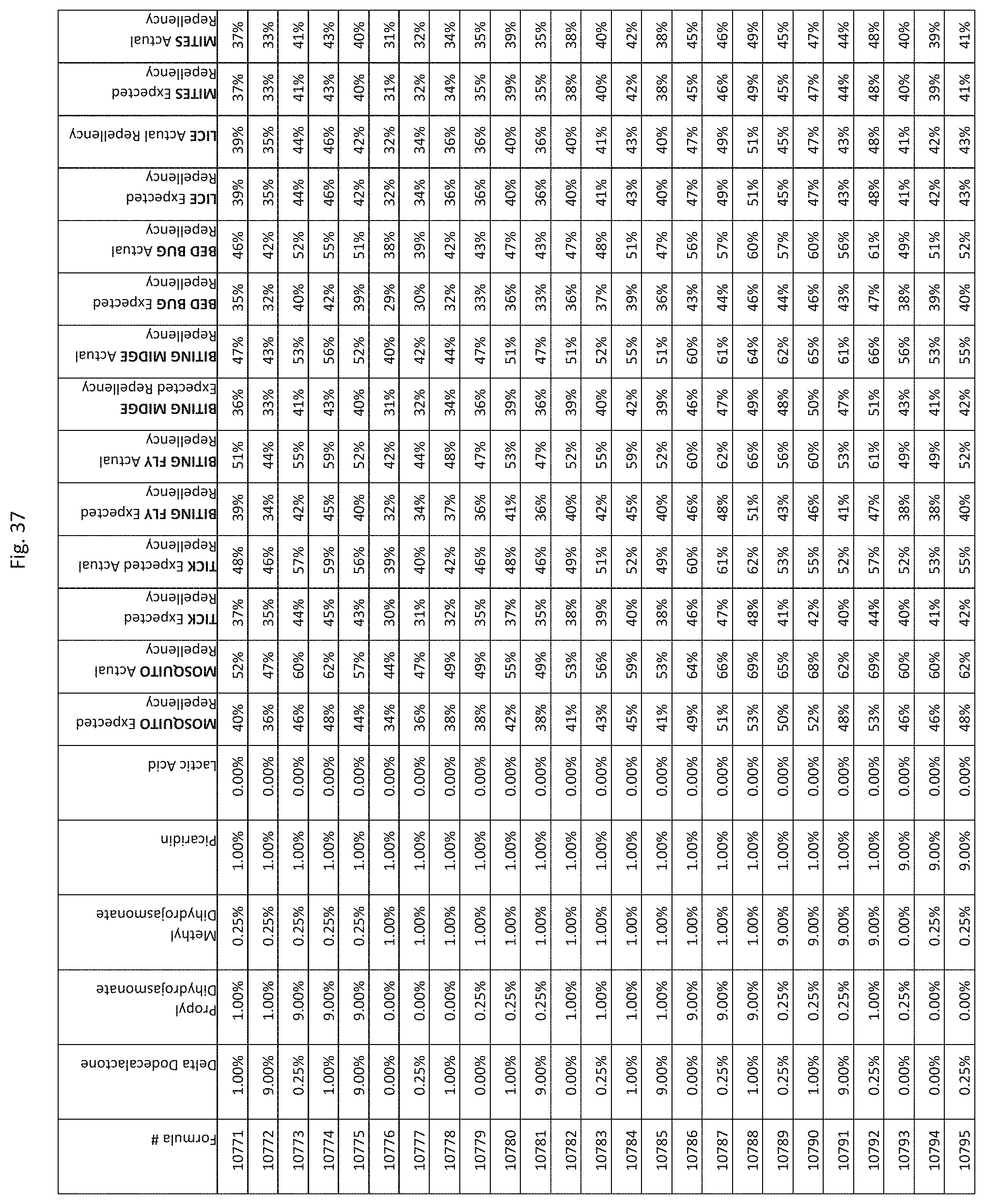
D00453

D00454

D00455

D00456

D00457
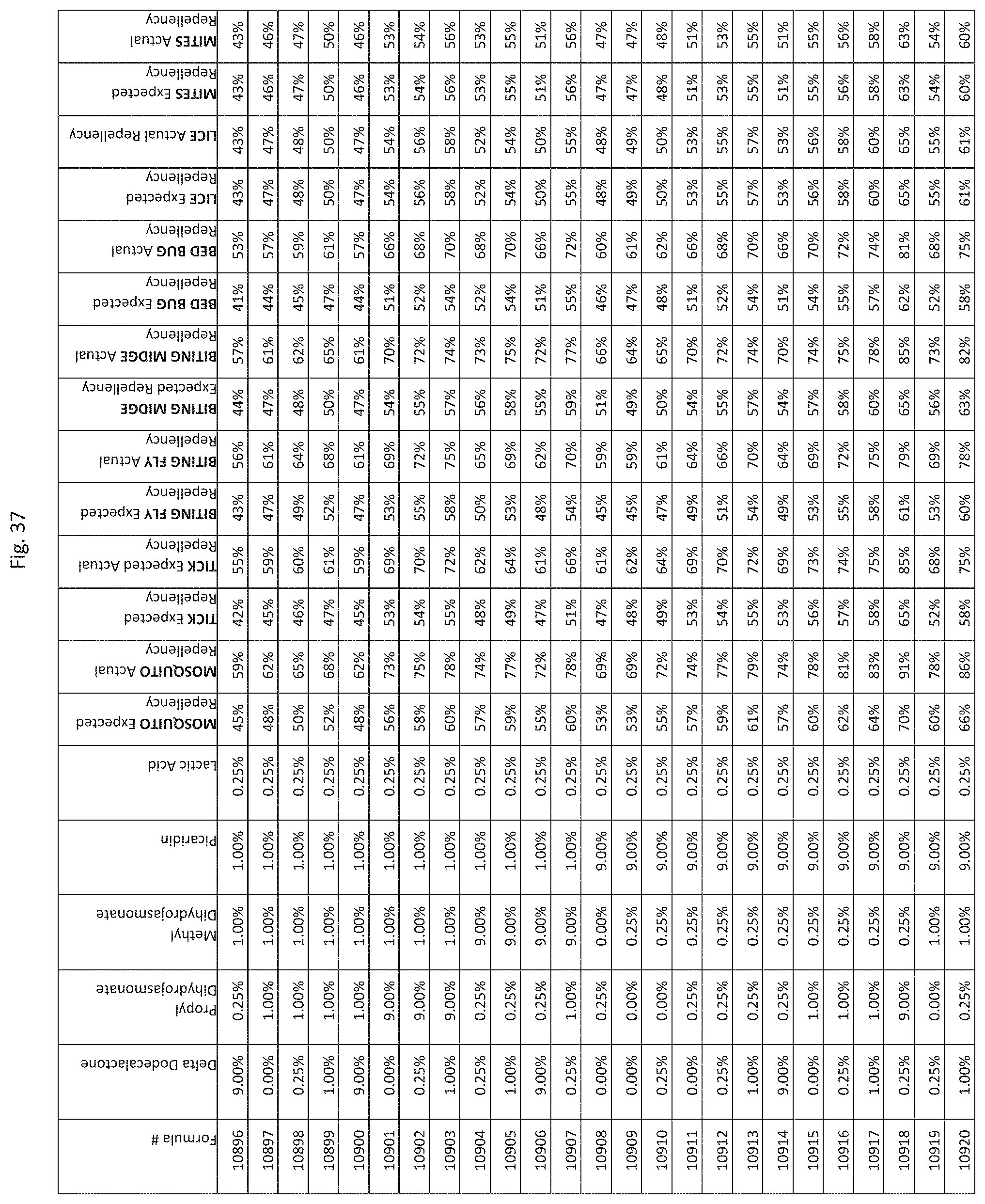
D00458

D00459

D00460

D00461

D00462

D00463

D00464

D00465

D00466

D00467

D00468

D00469

D00470

D00471

D00472

D00473

D00474

D00475

D00476

D00477

D00478

D00479

D00480

D00481

D00482

D00483

D00484

XML
uspto.report is an independent third-party trademark research tool that is not affiliated, endorsed, or sponsored by the United States Patent and Trademark Office (USPTO) or any other governmental organization. The information provided by uspto.report is based on publicly available data at the time of writing and is intended for informational purposes only.
While we strive to provide accurate and up-to-date information, we do not guarantee the accuracy, completeness, reliability, or suitability of the information displayed on this site. The use of this site is at your own risk. Any reliance you place on such information is therefore strictly at your own risk.
All official trademark data, including owner information, should be verified by visiting the official USPTO website at www.uspto.gov. This site is not intended to replace professional legal advice and should not be used as a substitute for consulting with a legal professional who is knowledgeable about trademark law.